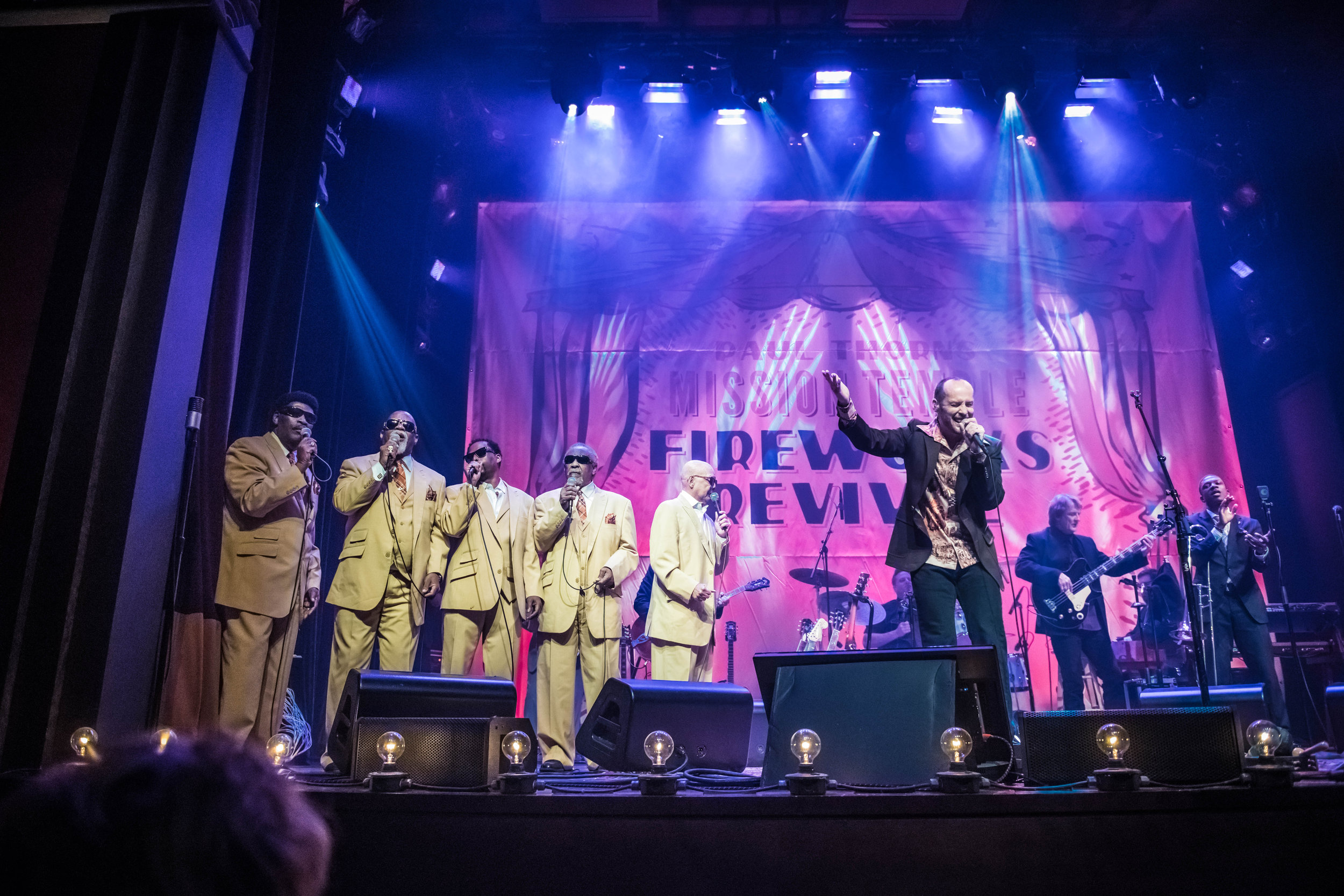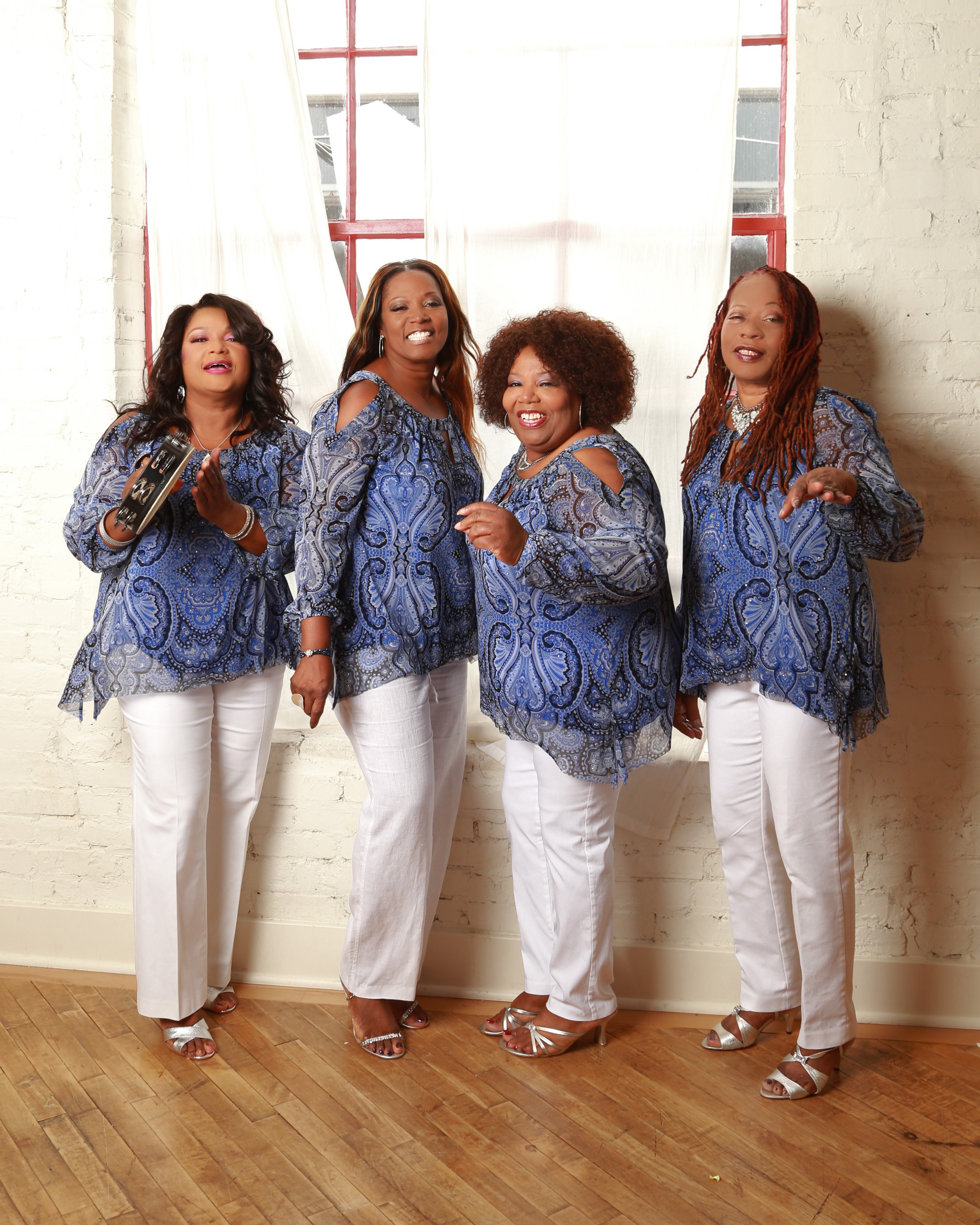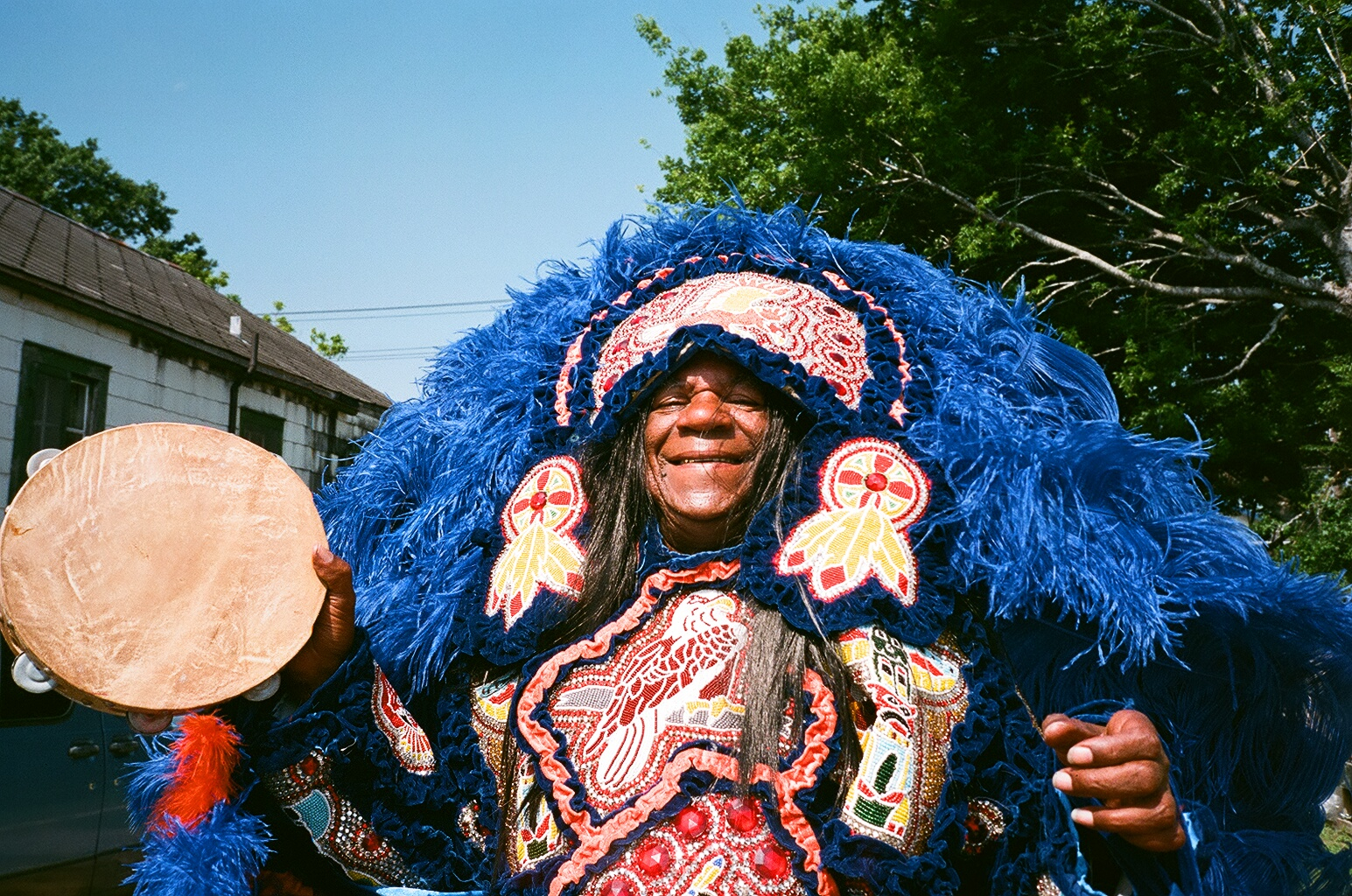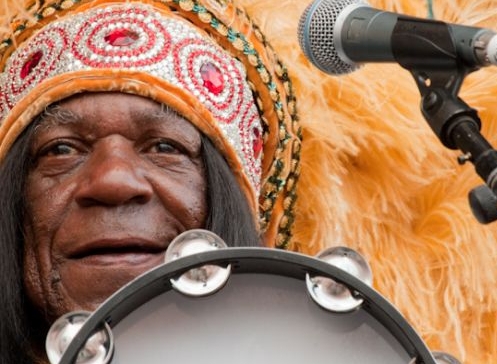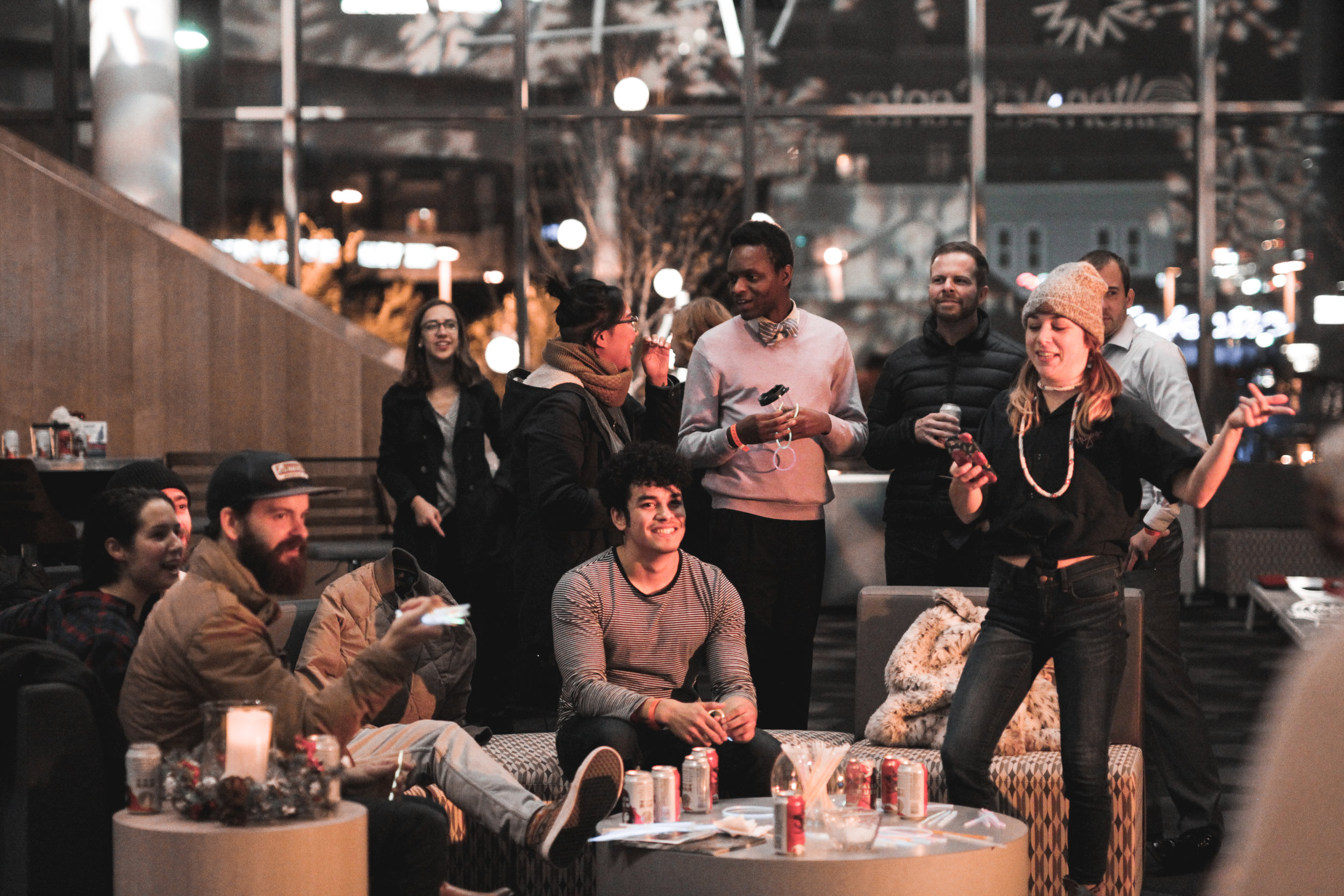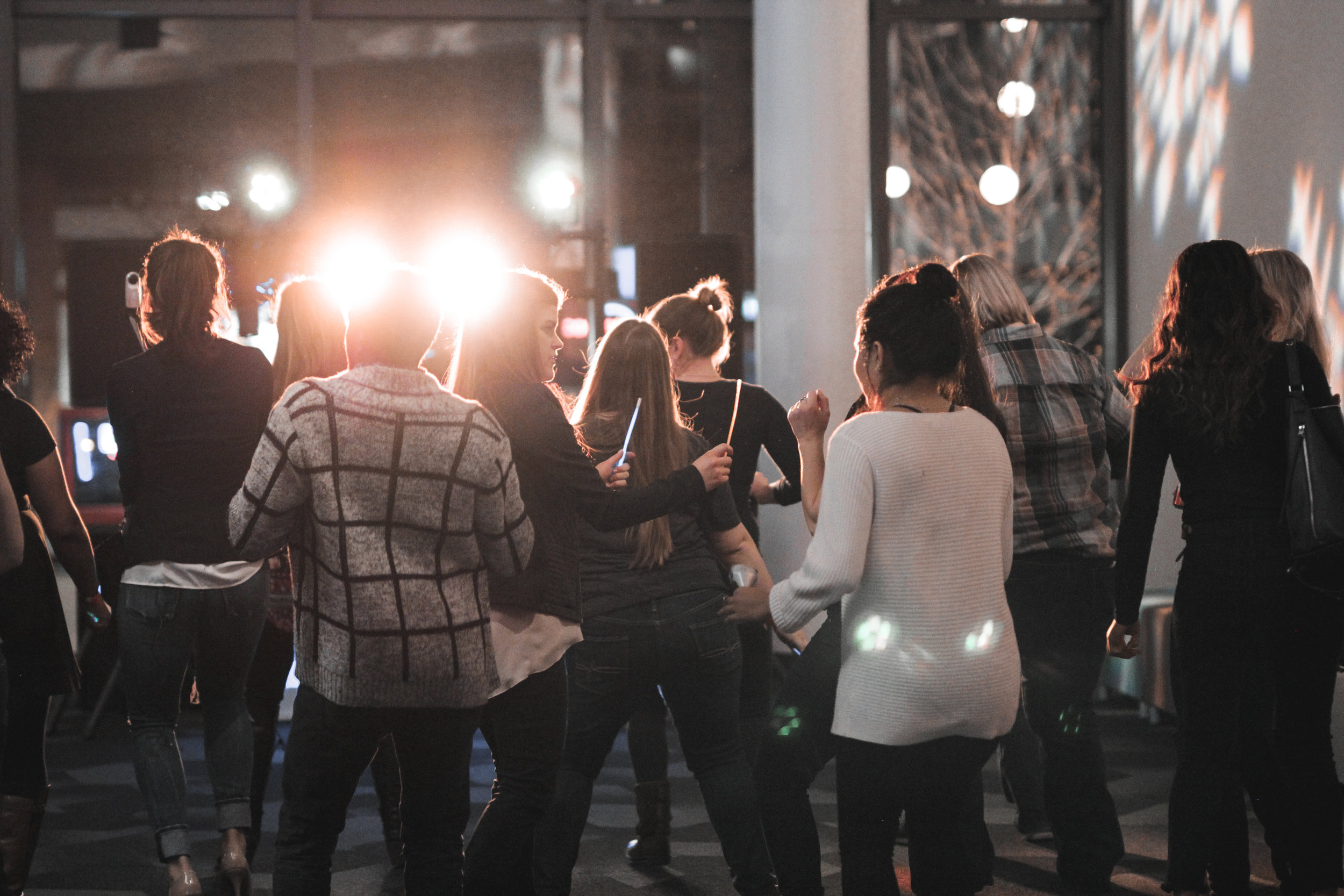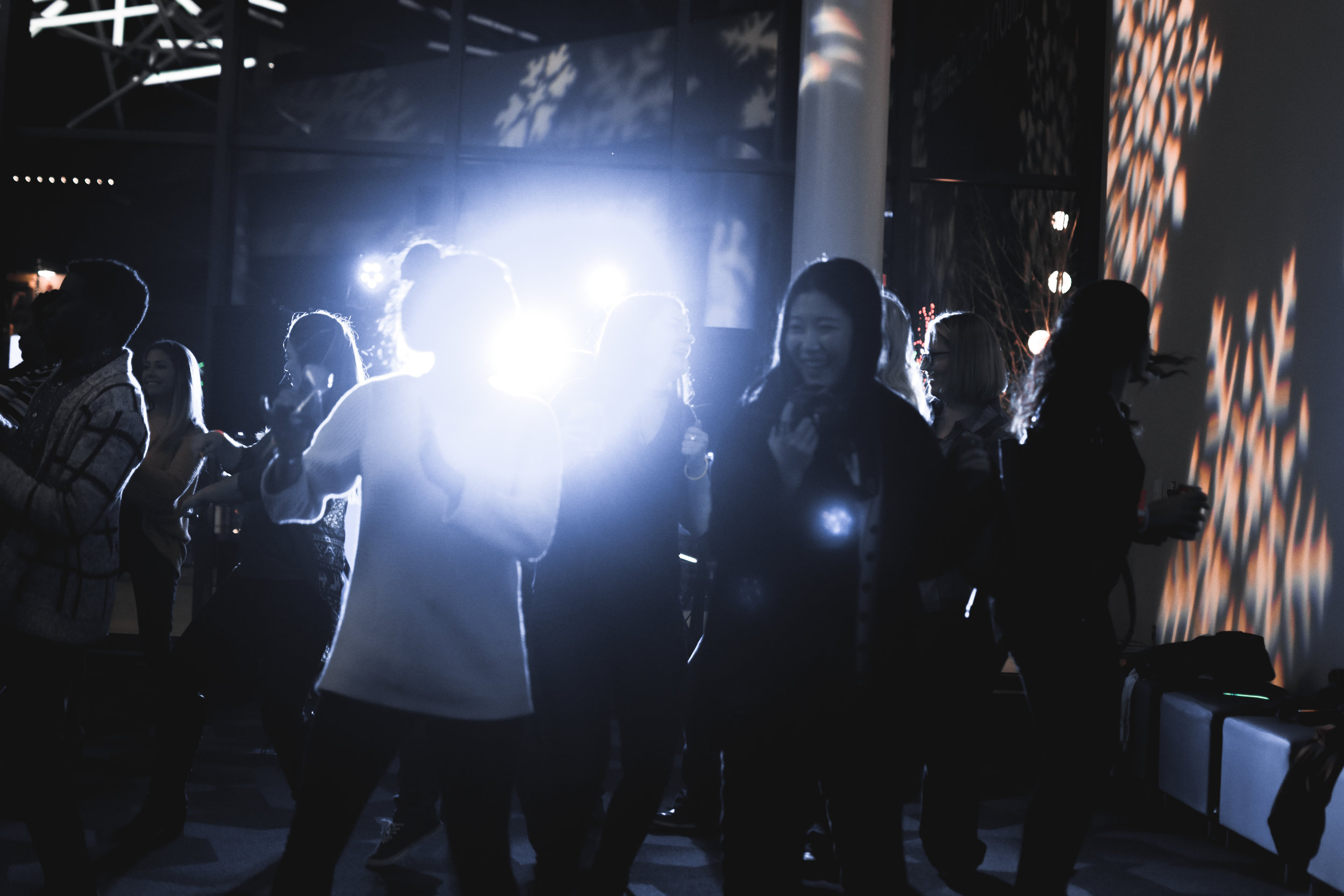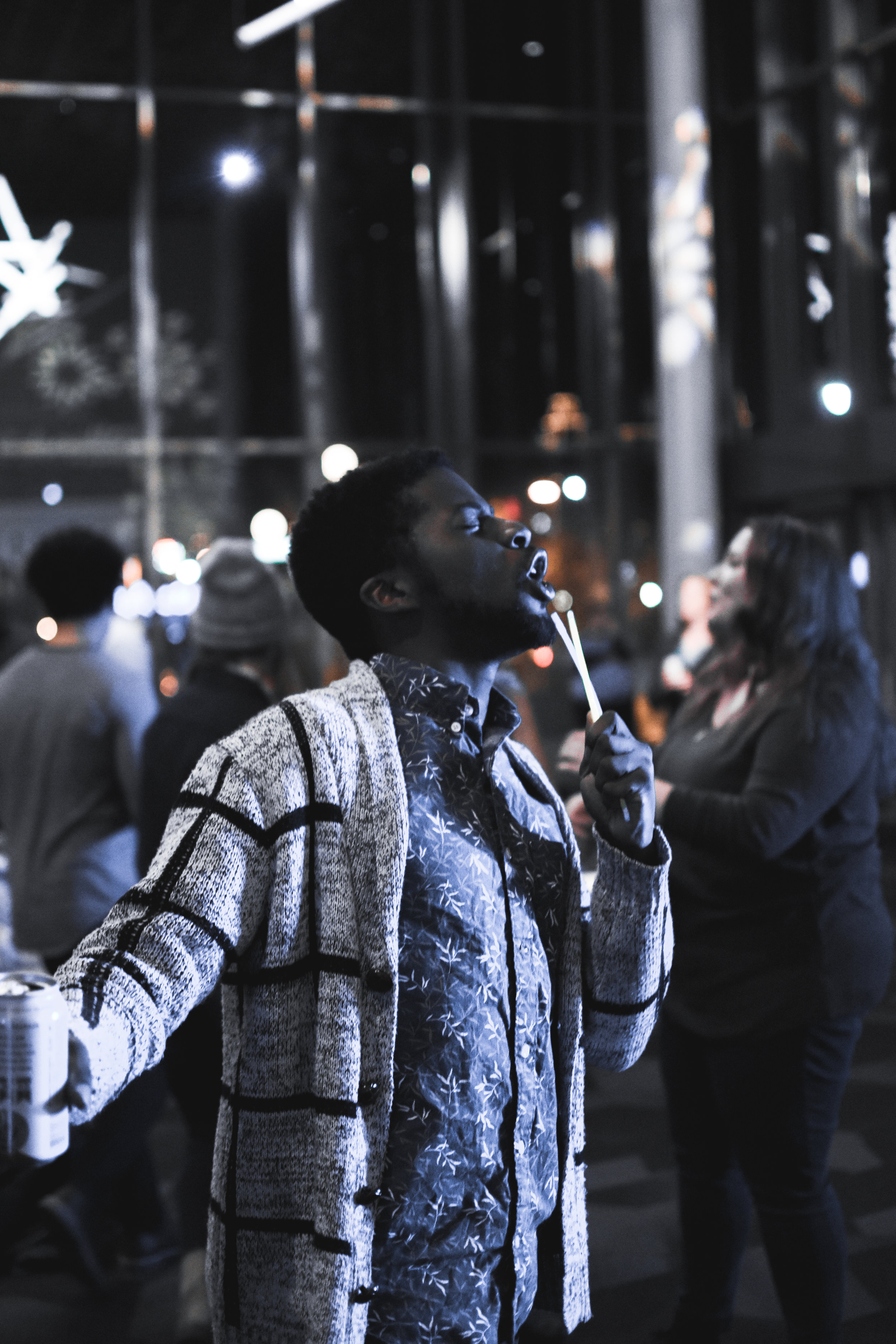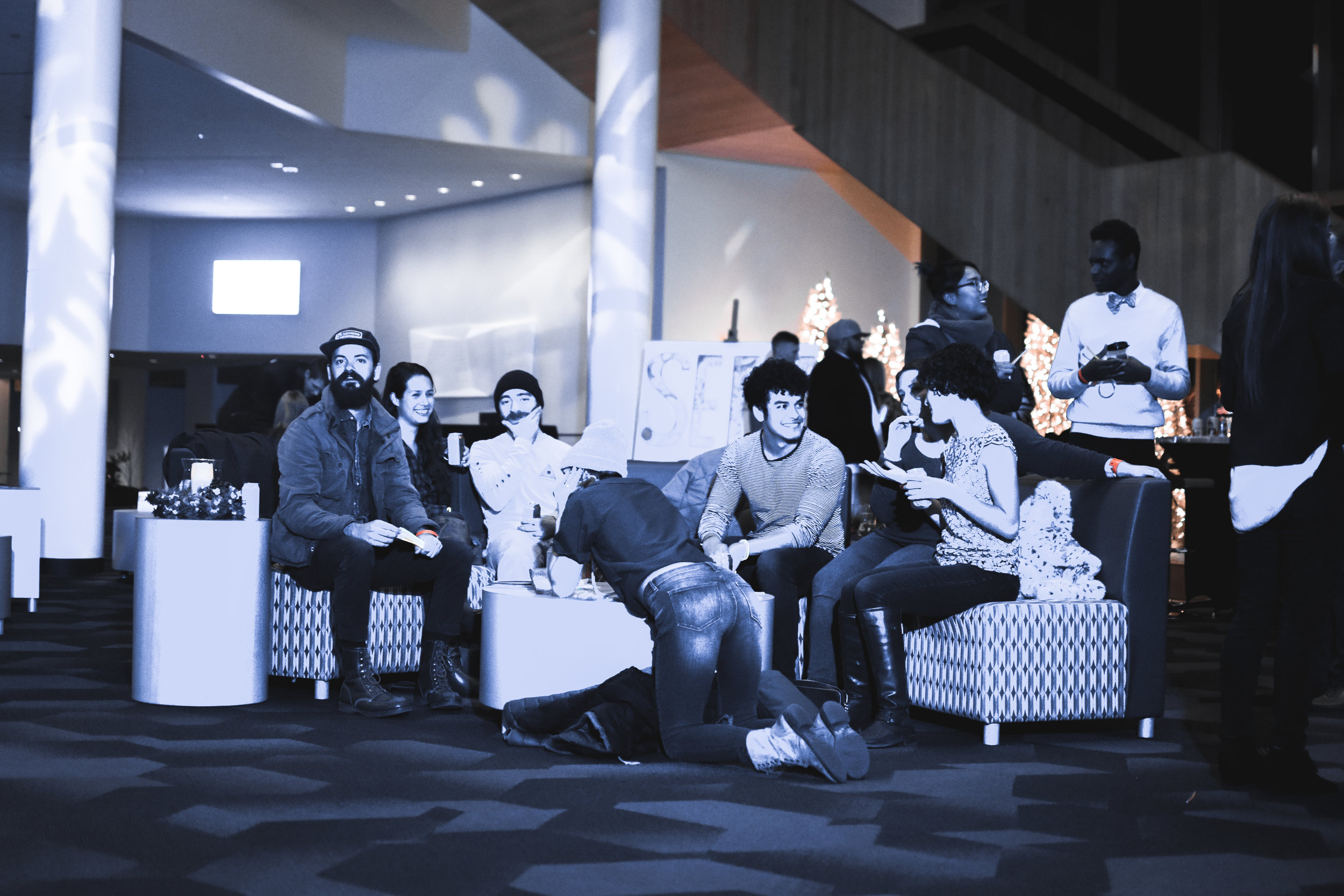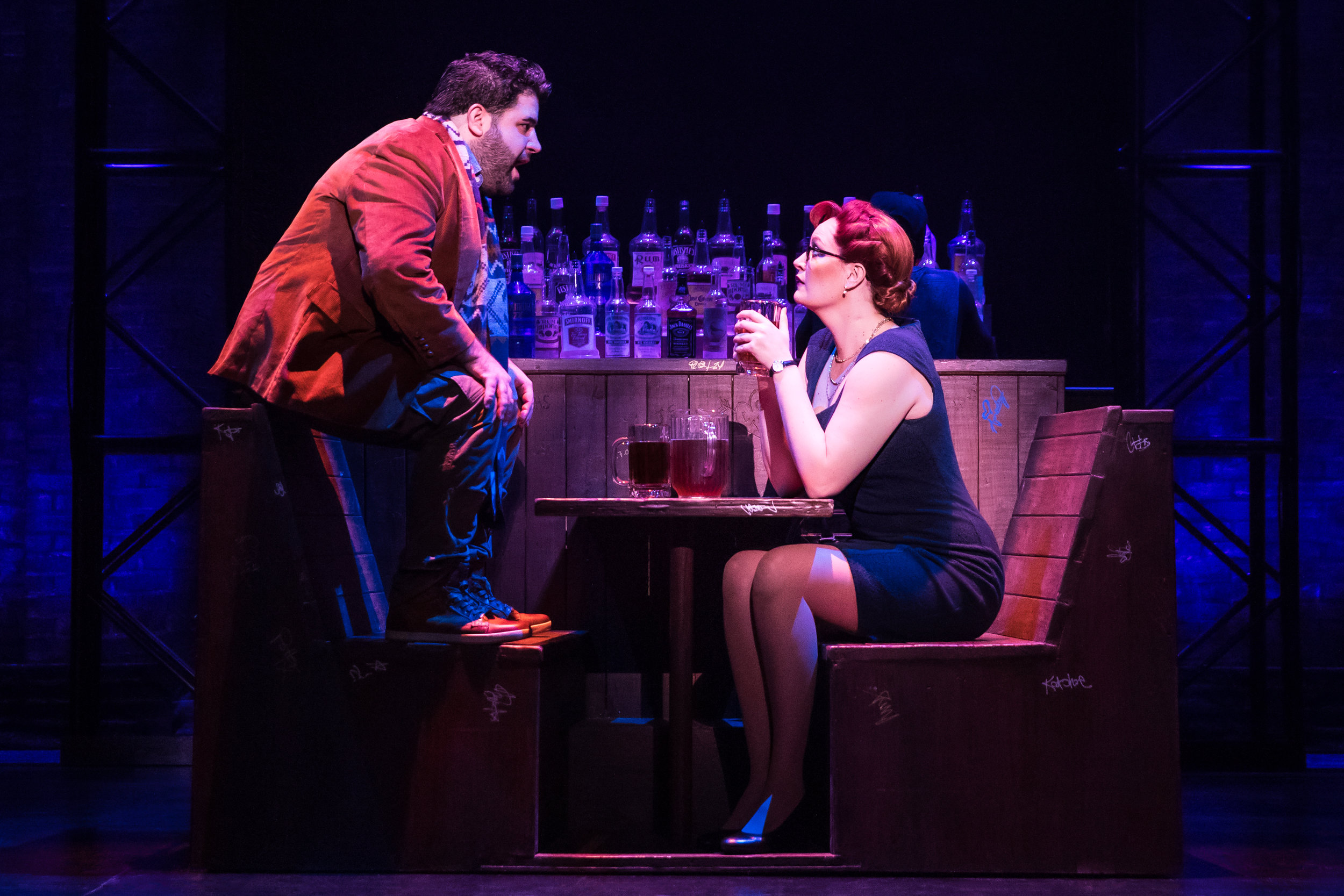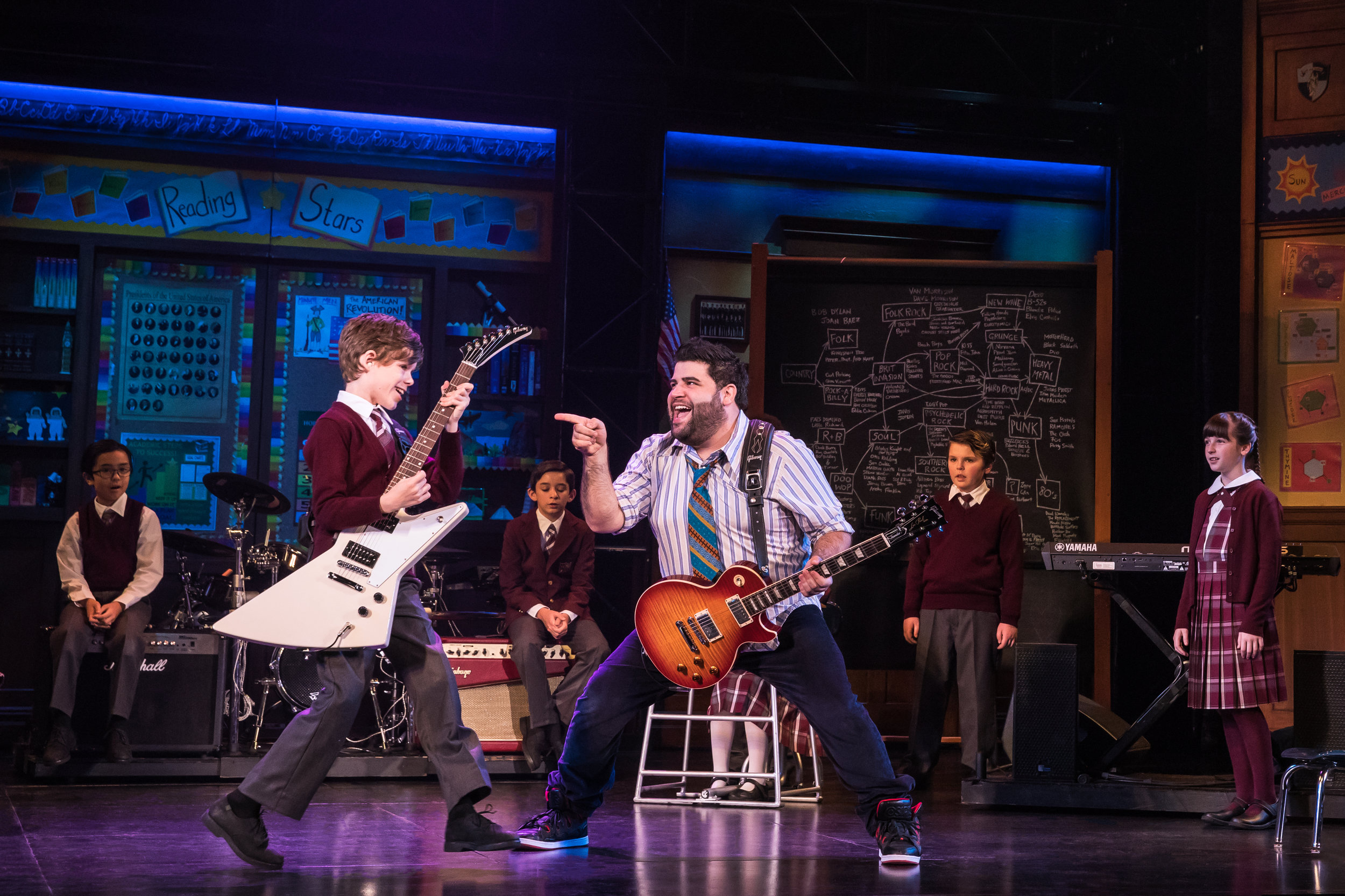Choral Kings Shine This Holiday Season
Hitting all the right notes, The King’s Singers bring classic holiday songs to life in gorgeous harmony. For the last 50 years, the group has become internationally renown for their “voices of spun gold” (BBC Music Magazine).
Meet the Singers
Patrick Dunachie
Born into a family of musicians, Patrick started learning piano and singing at the age of five- later becoming a a chorister at Hereford Cathedral. Developing a passion for choral music, especially early music, he remembered hearing Robin Tyson (King’s Singer from 2001-2009) as a soloist and was mesmerized by the countertenor voice. Fast forward to January 2016, Patrick was appointed to The King’s Singers after two tough rounds of auditions.
Timothy Wayne-Wright
Timothy’s musical journey began as a boy chorister at Chelmsford Cathedral at the age of six. Surrounded by magnificent choral music and singing, he later found his voice as a countertenor. He received a vocal scholarship for postgraduate study at Trinity College of Music in London and in 2006 became an Alto Lay Clerk at St. George’s Chapel at Windsor Castle. Two years later, he was invited to audition for The King’s Singers and has been touring with the group since 2009.
Julian Gregory
With a choirmaster and organist father, Julian spent a lot of time in church and joined St. John’s College Choir at the age of six. Developing a passion for violin and piano, he applied for a musical scholarship to Eton College and spent several years performing and learning German though an intensive exchange program where he made friends around the world. In 2014, Julian was invited to audition for The King’s Singers. After his performance, he was immediately offered the tenor position.
Christopher Bruerton
Watching the choir of Christchurch Cathedral proceed down the isle in December 1994, Christopher whispered to his Mum and Dad, “I want to be in that choir.” Then, after 15 years singing in that very choir, he moved from New Zealand to England to pursue his lifetime ambition of becoming a professional singer. In January 2012, Christopher made his King’s Singers debut and has loved the journey aver since. Traveling the world with his music, The King’s Singers has given Christopher opportunities that he’s only dreamed of.
Christopher Gabbitas
Having been a part of The King’s Singers since 2004, Christopher celebrated the 40th Anniversary of the group back in 2008 and is thrilled to celebrate 50 years of the choral group. In an incredible 14 year career, Christopher has performed over 1,500 concerts.
Jonathan Howard
Famous for an inability to say no to anything, Jonathan’s life has been defined by learning more subjects than necessary, more instruments than were sustainable and doing more activities than could be squeezed into any normal timetable. In his eighth year as a King’s Singer, he still finds ways to spread the joy of music, travel around the world and enjoy a game of backgammon. Excited for the future of the choral group, Jonathan believes that there’s never been a more exciting time to be one of The King’s Singers as the group celebrates its 50th anniversary and tours the globe.
Reviews of The King’s Singers:
“The superlative vocal sextet” THE TIMES, LONDON
“A musical group of the very highest order” GRAMOPHONE
“Their vocal production was effortless, stylistically varied and beautifully blended” WASHINGTON POST
“Voices nothing short of miraculous” TIMEOUT, SHANGHAI
Helping NWA Women Get On Their Feet
Walton Arts Center, KNWA and Dress for Success have joined forces to help women in Northwest Arkansas get back on their feet!
Plan to bring new or gently-used women’s winter coats, purses and professional shoes when you come see On Your Feet! The Emilio & Gloria Estefan Broadway Musical, Dec. 4-9, 2018.
Inspired by the powerful story of Gloria Estefan who overcame difficult odds when she came to the US as an immigrant from Cuba, worked hard to make it in the music industry and fought back following a terrible bus crash that nearly paralyzed her. The Estefan’s story, from humble beginnings to superstardom, is brought to the stage in On Your Feet!
Gloria experienced prejudice and obstacles as a woman in the music industry and is now known as a champion for women and other Latinas. Her music has inspired millions and influenced other artists like Selena, Shakira and Christina Aguilera.
With the same message and heart, Walton Arts Center and KNWA are joining forces this holiday season to collect women’s professional attire. These donations will be distributed through the Northwest Arkansas Chapter of Dress for Success. With a vision of a world where women do not live in poverty, Dress for Success strives to support the financial independence of women by providing programs and professional attire to secure employment and a network of support and training to help women have success in the workplace.
Dress for Success Programs:
Suitings
Dress for Success Provides everything a woman may need, from clothing to confidence as they enter the workforce.
Career Services
Assisting with resumes, mock interviews and career coaching, Dress for Success offers career coaching for all clients.
Workshop Series
Covering topics from personal development to financial literacy and health, various workshops are offered throughout the year for all clients of Dress for Success.
Tis the Season for BOGO Tickets
From Black Friday to Cyber Monday knock out your christmas list with Buy One, Get One ticket discounts for select walton arts center shows. Broadway performances, dance and theater and interactive comedy are all part of this special offer. Limited availability, so buy early for the best selection.
On Your Feet! The Emilio and Gloria Estefan Broadway Musical
Dec. 4-9
Dance to the rhythm of On Your Feet! featuring five original members of the Miami Sound Machine. Audiences will be inspired by the story of Emilio and Gloria Estefan as they fall in love and overcome incredible odds to realize their dreams.
Hit songs include “Get on Your Feet,” “Conga,” “Live For Loving You,” “Rhythm is Gonna Get You,” “Reach,” “1-2-3,” “Coming Out of The Dark,” “Turn the Beat Around,” “Dr. Beat” AND MANY MORE!
The King’s Singers
Dec. 11
Acclaimed for their virtuosity and irresistible charm, The King’s Singers are known internationally as one of the best vocal ensembles. Celebrating their 50th anniversary this year with the release of their new album, Gold, The King’s Singers are bringing a show full of holiday classics and sacred favorites.
The Lightning Thief: The Percy Jackson Musical
Jan. 4-5
The Lightning Thief: The Percy Jackson Musical is a "winning adaptation" (The Hollywood Reporter) of the best-selling Disney-Hyperion novel by Rick Riordan. As a son of Poseidon, Percy has newly discovered powers he can’t control, monsters on his trail, and he is on an epic quest to find Zeus’s lightning bolt and prevent a war between the gods. Featuring a "fast-paced, decibel-blasting" score (The Broadway Blog), this musical is "mesmerizing" and proves "lightning can strike twice!" (TheaterMania).
**Walton Arts Center audiences will be the first to see this preview performances of the show’s new national tour!**
Whose Live Anyway
Jan. 24
It’s like the popular TV show, “Whose Line Anyway,” only it’s Whose LIVE Anyway. Enjoy a completely improvised 90-minute show of games, scenes and songs that will tickle not only your funny bone, but every bone in your body. Bring your suggestions and you might be asked to join the cast onstage!
Falsettos
Feb. 8-9
Falsettos revolves around the life of a charming, intelligent, neurotic gay man named Marvin, his wife, lover, about-to-be-Bar-Mitzvahed son, their psychiatrist, and the lesbians next door. It’s a hilarious and achingly poignant look at the infinite possibilities that make up a modern family… and a beautiful reminder that love can tell a million stories.
Dorrance Dance
Feb. 12
Dorrance Dance is an award-winning New York City tap dance company that aims to honor tap dance’s uniquely beautiful history in a new, dynamic, and compelling context; not by stripping the form of its tradition, but by pushing it - rhythmically, technically and conceptually. The company’s inaugural performance garnered a Bessie Award for “blasting open our notions of tap” and the company continues its passionate commitment to expanding the audience of tap dance, America’s original art form.
Cirque Eloize
Feb. 19
Imagine this: America is expanding. The railroad is snaking westward. A town comes to life. The Saloon doors swing open revealing a motley cast of characters, each with a tale to tell. In Saloon, dynamic folk music and strains of fiddle set the tone for an acrobatic comedy that sweeps up the audience in a flurry of energy. True to its origins, Cirque Éloize is creating a show that is a heady mix of theatricality, humor, acrobatics and a return to live music.
A music-packed theatrical thrill-ride, Saloon, is fun for the entire family. A world where theater and circus collide, Saloon combines strength, agility and original choreograph for a knee-slappin’, show-stopping production.
Dixie’s Tupperware Party
Feb. 19-24
A fast-talking, gum chewing, ginger-haired Alabama gal is bringing your grandma’s Tupperware party out of the living room and into the 21st century. Audiences howl with laughter from Dixie’s outrageously funny tales, homespun wisdom, audience participation and uses for Tupperware that you never thought possible.
For anyone who has ever felt like they don’t matter, Dixie’s Tupperware Party is a southern tale of empowerment that leaves your heart a little bigger and your food a little fresher.
A Bronx Tale
Feb. 26 - March 3
Based on the stoops of the Bronx in the 1960s, this streetwise musical is directed by two-time Academy Award®-winner Robert De Niro and four-time Tony Award®-winner Jerry Zaks. Inspired by Chazz Palminteri’s real-life story, the music and choreography of A Bronx Tale is “wonderful and refreshing” (The New York Times).
A story that has endured for the last 30 years, this tale is about family, loyalty and a triumphant spirit. Divided between the father he loves and the father-figure he’d love to be, A Bronx Tale’s message is about the choices we make and the impact it has on those we love.
Air Play
March 8
Circus and science collide in a gorgeous homage to the power of air. Flying umbrellas, larger-than-life balloons, giant kites floating over the audience and the biggest snow globe you’ve ever seen will make you gasp in wonder and laugh until it hurts.
Air Play is a circus-style adventure of two siblings journeying through a surreal land of air, transforming the ordinary into objects of uncommon beauty. Fabrics dance in the wind, balloons have a mind of their own, confetti turns into the night sky, and an enormous canopy of hovering silk brings to life the very air we breathe.
Janoska Ensemble
March 29
This genre-bending Vienna-based ensemble is comprised of four brothers - each of whom is a soloist in his own right, and includes two who are former members of The Vienna Philharmonic. Janoska infuses classical music with jazz, gypsy, tango, Latin and a dash of pop. Having appeared at many of the world’s leading festivals and prestigious concert halls including New York’s Carnegie Hall, Sydney’s iconic Opera House and Vienna’s famed Musikverein, the Janoska Ensemble is a group not to be missed.
Monterey Jazz Festival 60th Anniversary Tour
March 31
The Monterey Jazz Festival on Tour 60th Anniversary Celebration features a top roster of diverse and international millennial talent and the leaders of jazz’s future, including Cécile McLorin Salvant, vocals; Bria Skonberg, trumpet, vocals; Melissa Aldana, tenor saxophone; Christian Sands, piano, musical director; Jamison Ross, drums, vocals; and Yasushi Nakamura, bass. These musicians are some of the most critically-acclaimed, GRAMMY®-winning and GRAMMY®-nominated jazz artists of their generation, including three winners of the Thelonious Monk International Jazz Competition.
Ring the Wedding Bells: WAC Wedding Spotlight
With the “big day” quickly approaching, Stacia and Michael share their WAC Wedding experience, story and excitement for “I do!”
Stacia & Michael Photo Credits: Jared Fincher | Miles Witt Boyer Photographic Collective
Initially meeting in 2015 on a work project, Stacia and Michael worked for the same Kansas City company. Even with crazy travel schedules, they somehow found a way to make the distance work. Later that year, they both exchanged “I love yous” and Stacia told Michael’s best friend (and now best man) that she was going to marry him. Currently, the two live in South Bend, Ind. where Stacia attends graduate school at Notre Dame and Michael works remotely.
Originally from Northwest Arkansas and Iowa, the two had some big decisions to make when choosing a city and venue for their summer wedding.
Q&A with Stacia & Michael
Why Fayetteville for the wedding?
We originally considered Kansas City where we were both living, however, once we moved to Indiana, we decided that we'd go with tradition and get married in the bride's hometown.
What were you looking for in a wedding venue? Have-to-haves or no-gos!
MUST have - Air Conditioning.
No barns. No burlap. No Mason jars.
What were your initial thoughts when looking at Walton Arts Center (WAC)?
WOW, this is amazing. How will it ever fit in our budget? (Spoiler alert - it was competitive with other venues in the area and did in-fact fit in the budget).
What were you surprised about when touring WAC?
How willing Shannon and Justin were to use the space in creative ways.
What made you say “yes” to a WAC wedding?
The staircase leading to the Walker Atrium. I KNEW I wanted to enter the reception from there the moment I saw it.
What are you most excited about in planning your WAC wedding; Any fun things that you’re planning to do?
We are most excited to see it all come together. Right now it's abstract, on Pinterest boards and ideas in our head. I can't wait to see it come together on the big day. We have tons of space to work with (Bradberry Amphitheater/Rose Garden, Sudduth Garden Room, Walker Atrium and Pace Lobby Balcony), and I'm excited to get to bring unique elements to each of them.
We are planning on putting our dance floor on the balcony with the DJ. We want people to be able to dance and have fun, but also have the option to socialize with other guests. People who want to socialize can stay in the atrium without feeling like they are too far from the party.
What does it mean to celebrate one of the biggest days of your life at WAC?
Growing up in the Fayetteville area, I remember going to shows at WAC as a kid with hundreds of other students in Northwest Arkansas on field trips. I took art classes at Nadium Baum Center, and I remember attending other shows (Legally Blonde) as I got older. I remember finding out they were renovating after I moved away. WAC is in the heart of Fayetteville, and I'm excited to get to show people (some of whom have never visited Arkansas) why I love this place. When I brought Michael to Arkansas, he finally understood why I loved it so much, and now, we get to share this fun and unique town with our friends.
Describe your experience working with wAC’s Event planners.
Shannon and Justin are full of ideas. I knew that I would be planning my wedding while in grad school multiple states away, and that I would need a reception with staff who knew how to handle events - and they have delivered. Justin has worked tirelessly to go through countless versions of seating arrangements to get it just right for our big day. They are able to suggest ideas or let us know what they have seen or done before, and it's helpful to know that they've got this handled. Additionally, they were always receptive to new ideas or never-before attempted layouts. The flexibility they have shown by not being beholden to one set routine way of doing things has made for a wonderfully unique experience. If we wanted to have long tables instead of only rounds they were thrilled to try and make that layout work. Their knowledge of the space is on display when we discussed wanting to have decorations in specific areas, or needed to identify where to put speakers. Their combined experience and willingness to try new ideas has been extremely impressive.
What are your wedding colors?
Shades of blue: navy, steel blue and light blue with touches of champagne and blush.
Describe your style. Traditional, trendy, modern, eclectic, etc.
Classic
How are you adding personal touches to your wedding?
We have geese cake toppers. Michael's friends all call him "Goose" because of his last name, and I found a goose-shaped bride and groom cake topper that I knew would be perfect.
Best-Selling Book Turned Broadway Musical: The Lightning Thief
The New York Times Best-selling book, The Lightning Thief, comes to life onstage at Walton Arts Center. you can be the first to see the National Tour production.
the books and the musical enjoy a strong fan following, as evidenced by a recent Fayetteville Public Library workshop where nine local students created a trailer for the show.
“The Lightning Thief” by Rick Riordan
Twelve-year-old Percy Jackson is on the most dangerous quest of his life. With the help of a satyr and a daughter of Athena, Percy must journey across the United States to catch a thief who has stolen the original weapon of mass destruction — Zeus’ master bolt. Along the way, he must face a host of mythological enemies determined to stop him. Most of all, he must come to terms with a father he has never known, and an Oracle that has warned him of betrayal by a friend.
Notable Awards:
A New York Times Bestseller
Selected for Al Roker's Book Club for Kids, The Today Show
A Best Book of 2005, School Library Journal
A New York Times Notable Book of 2005
A Best Book of 2005, Child Magazine
Bluebonnet Award Nominee, 2006, Texas Library Association
Askews Torchlight Award (UK) Winner, 2006
Chicago Public Library Best of the Best Book List, 2005
VOYA Top Shelf Fiction List for 2005
ALA Notable Book for 2005
YALSA Best Book for Young Adults 2005
Red House Children's Book Award Winner (UK), 2006
CCBC choice award 2006, Cooperative Children's Book Center
A 2006 Notable Children's Book, National Council for Teachers of English
A Publishers Weekly National Children's Bestseller
Warwickshire Book Award Winner (UK), 2007
From Page to Stage
The Lightning Thief: The Percy Jackson Musical begins with a loud thunder clap, then five performers move to the front of the stage, singing to punchy rock music. It’s a perfect beginning to this clever, hip and irreverent musical, which merges teenage angst with Greek mythology.
Creating this wild ride without the sort of special effects available to film makers required director Stephen Brackett to come up with ingenious staging solutions to tell a story which features not only gods, but mythological monsters. The set has a rock concert vibe, with scaffolding and the stage magic is frequently visible to the audience.
“We embrace that you’re actually seeing what it takes to make an effect in front of an audience,” explains Brackett.
When the show played a commercial run off-Broadway in 2017, it attracted not just super fans of the book but musical theater lovers of every age.
“We were getting the millennials and families who read the books,” says producer Barbara Pasternack, “and we were getting adults who read fantasy and the comic con crowd, but we were also seeing audiences who had yet to discover Percy Jackson. These people were coming to experience an exciting rock musical and we definitely delivered.”
During the off-Broadway run, videos of some of the songs went viral on YouTube. And when the cast recording was released, “It bumped Hamilton and it went onto the Billboard charts and it bumped Bruno Mars and Beyoncé,” Pasternack relates.
For the creative team, the themes in The Lightning Thief have broad appeal: “How do you take action in your life?,” says director Stephen Brackett. “How do you advocate for the world that you want to live in? I think that’s a story that needs to be told.”
Magic & Mystery Brought to Life In A Holiday Classic: The Nutcracker
A classic tale passed from generation to generation, The Nutcracker’s beloved story is brought to life on the Walton Arts Center stage with local dancers and Canada’s Royal Winnipeg Ballet. Before you see the show familiarize yourself with the fairy tale that may be the most popular ballet ever to be performed.
The Nutcracker Ballet Story
The Nutcracker Ballet is based on the story "The Nutcracker and the King of Mice" written by E.T.A. Hoffman. Although what is seen on the stage today is different in detail from the original story, the basic plot remains the same. The story of a young German girl who dreams of a Nutcracker Prince and a fierce battle against a Mouse King.
When Marius Petipa had the idea to choreograph the story into a ballet, it was actually based on a revision by Alexander Dumas, a wellknown French author. His version reflects more of what we have come to love as the Nutcracker Ballet.
The Party Scene
It is Christmas Eve at the Stahlbaum house -- A large and grand house with the most beautiful tree imaginable. The Stahlbaums are hosting their annual Christmas party, welcoming the arrival of their family and friends. The children, Clara and Fritz, are dancing and playing as they welcome their friends too.
The party grows festive with music and dance as godfather Drosselmeyer arrives. He is a skilled clock and toy maker and always full of surprises. Drosselmeyer draws everyone's attention as he presents two life-size dolls. They are the delight of the party, each taking a turn to dance.
The children begin to open gifts when Drosselmeyer presents his to Clara and Fritz. Although his gift to Fritz is quite nice, he gives Clara a beautiful Nutcracker that becomes the hit of the party. Fritz becomes jealous and, having a bit more spunk than a boy should have, grabs the nutcracker from Clara and promptly breaks it. Clara is heartbroken looking on as Drosselmeyer quickly repairs the Nutcracker with a handkerchief he magically draws from the air.
As the evening grows late, the guests depart and the Stahlbaum family retires for the evening. Clara, worried about her beloved Nutcracker, sneaks back to the tree to check on him, falling asleep with him in her arms.
The Fight Scene
As the clock strikes midnight strange things begin to happen. Clara begins shrinking as her beautiful Christmas tree grows high above her. The toys around the tree come to life while the room fills with an army of mice, led by the fierce Mouse King. As the Nutcracker awakens, he leads his army of toy soldiers into battle with the mice. The Mouse King corners the Nutcracker and battles him one-on-one. The Nutcracker seems to be no match for the Mouse King.
The Nutcracker and his army can go on no longer and are captured by the mice and their King. Clara makes a final daring charge throwing her slipper at the Mouse King, hitting him square on the head. The Mouse King drops to the floor and the mice run away, carrying off their leader's lifeless body.
The Land of Snow
The Nutcracker turns into a Prince and takes Clara on a journey to the Land of Snow, an enchanted forest wonderland where they are welcomed by dancing snowflakes.
The Land of Sweets
The Prince escorts Clara to the Land of Sweets where they are greeted by the Sugar Plum Fairy. The Prince tells her about their daring battle with the army of mice and she rewards them with a celebration of dances.
The Spanish Dance
The Arabian Dance
The Russian Dance
The Chinese Dance
The Mirliton Dance
The Waltz of Flowers
As a finale, the Sugar Plum Fairy and the Cavalier dance a beautiful Pas De Deux.
The Dream Ends
Clara awakens from her dream and finds herself by her Christmas tree with her beloved Nutcracker.
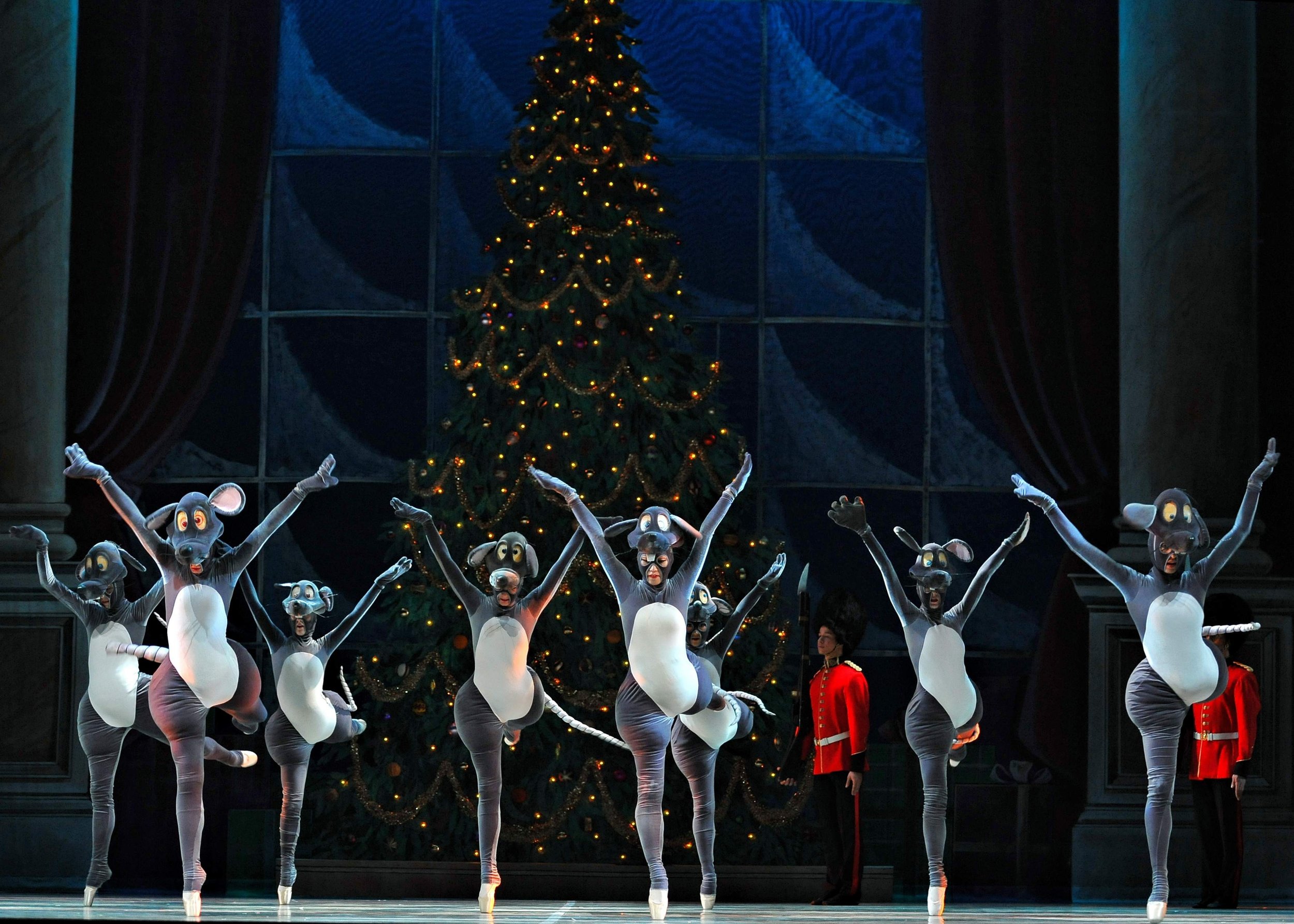
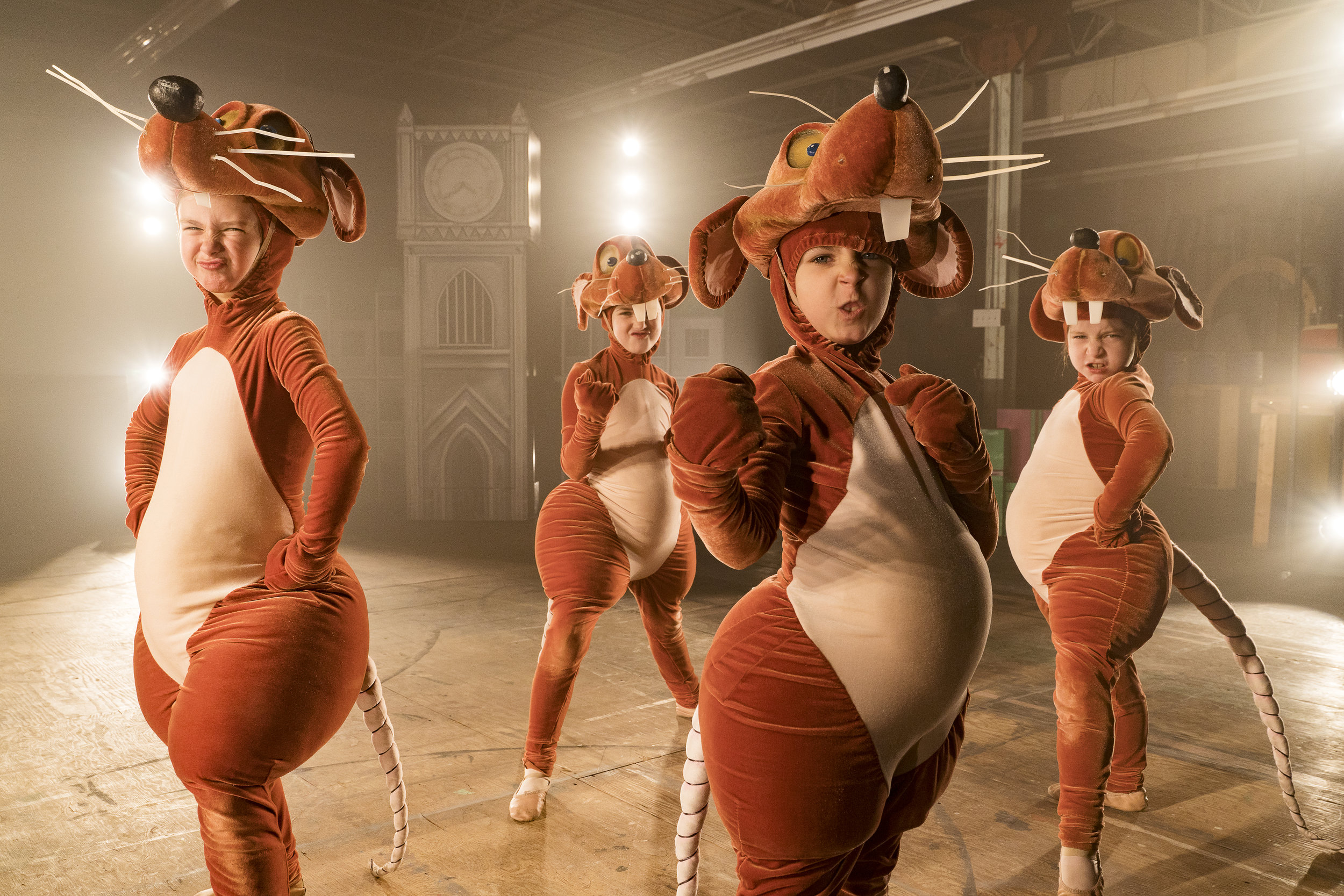
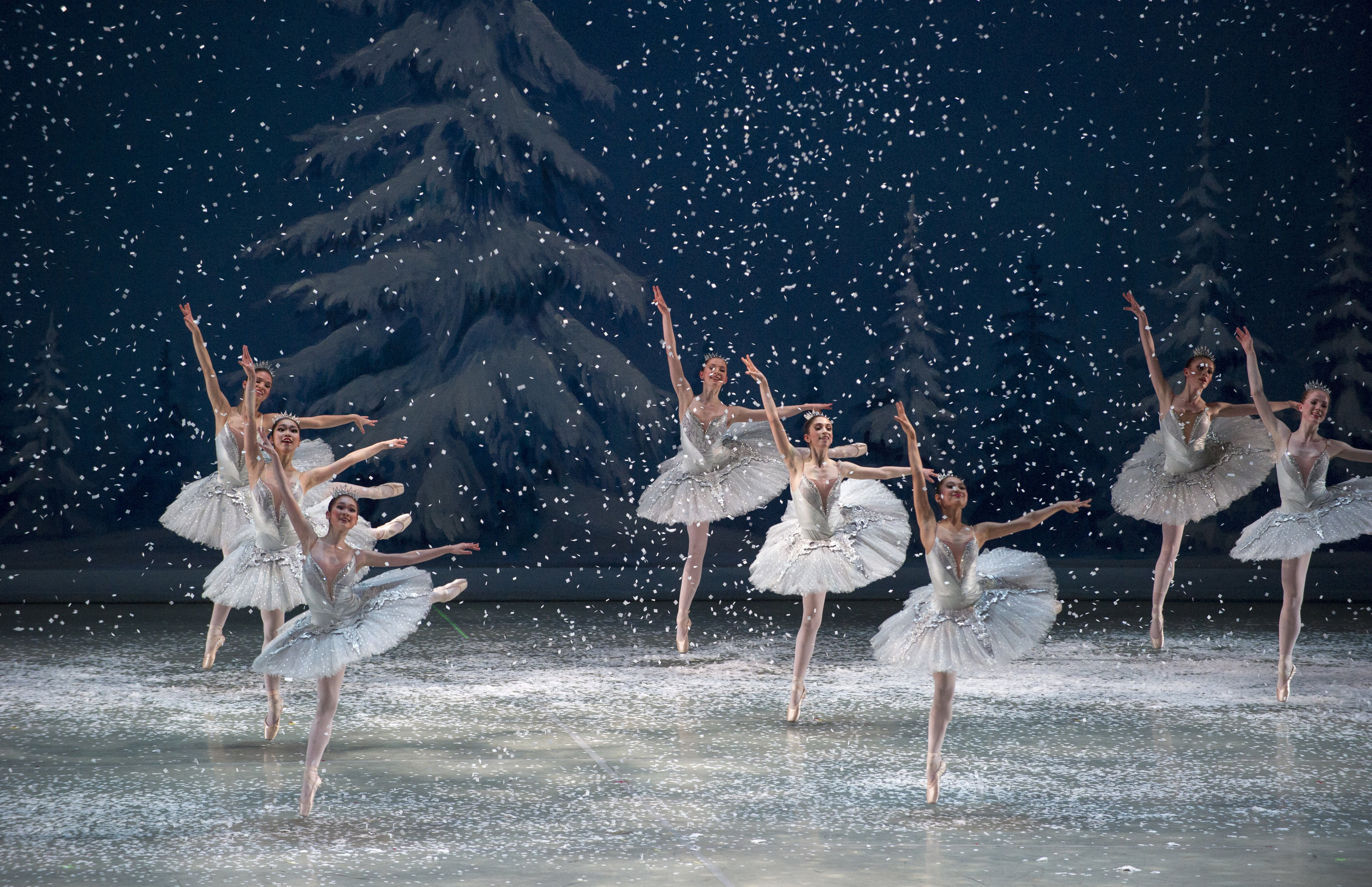

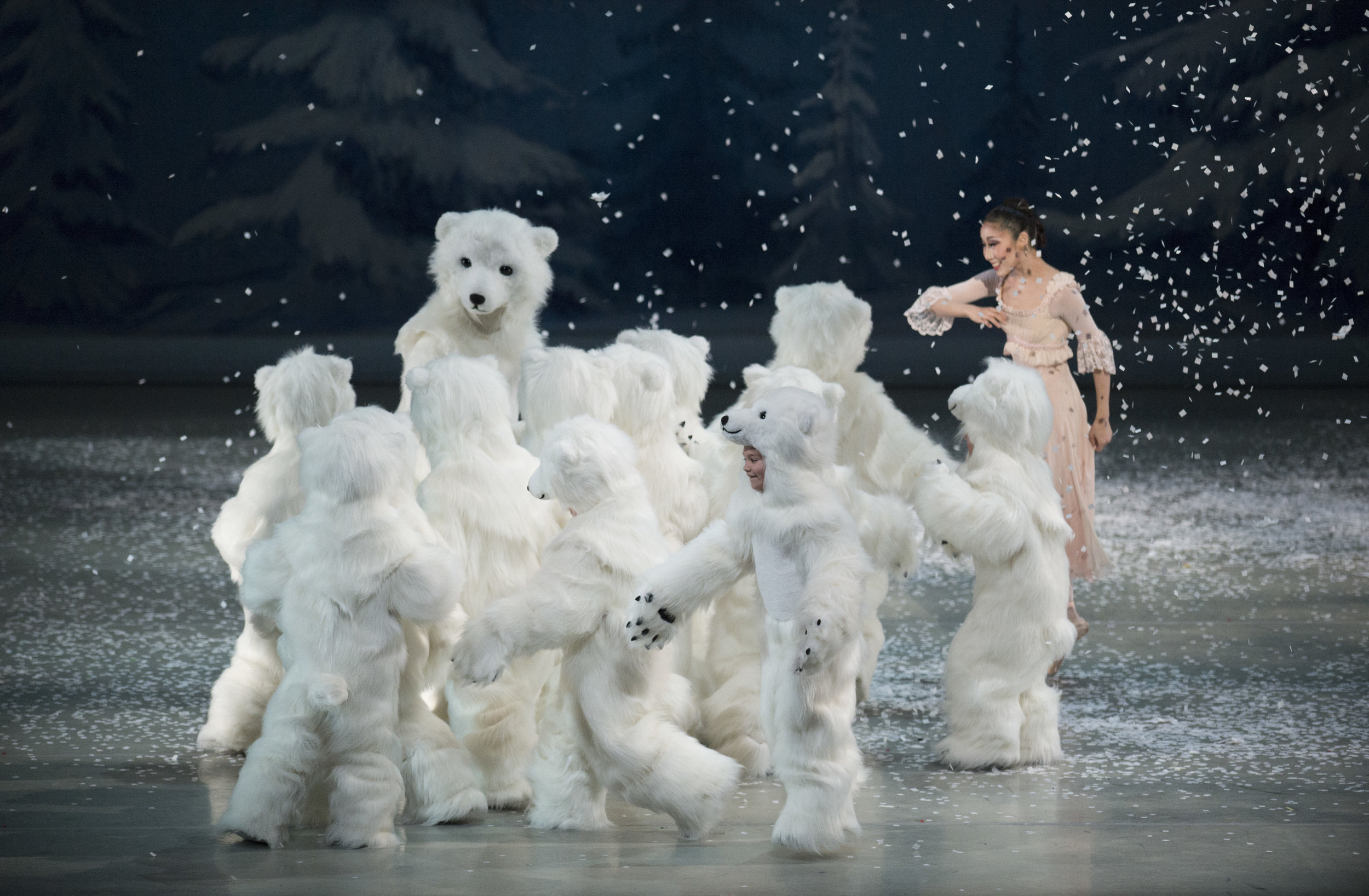
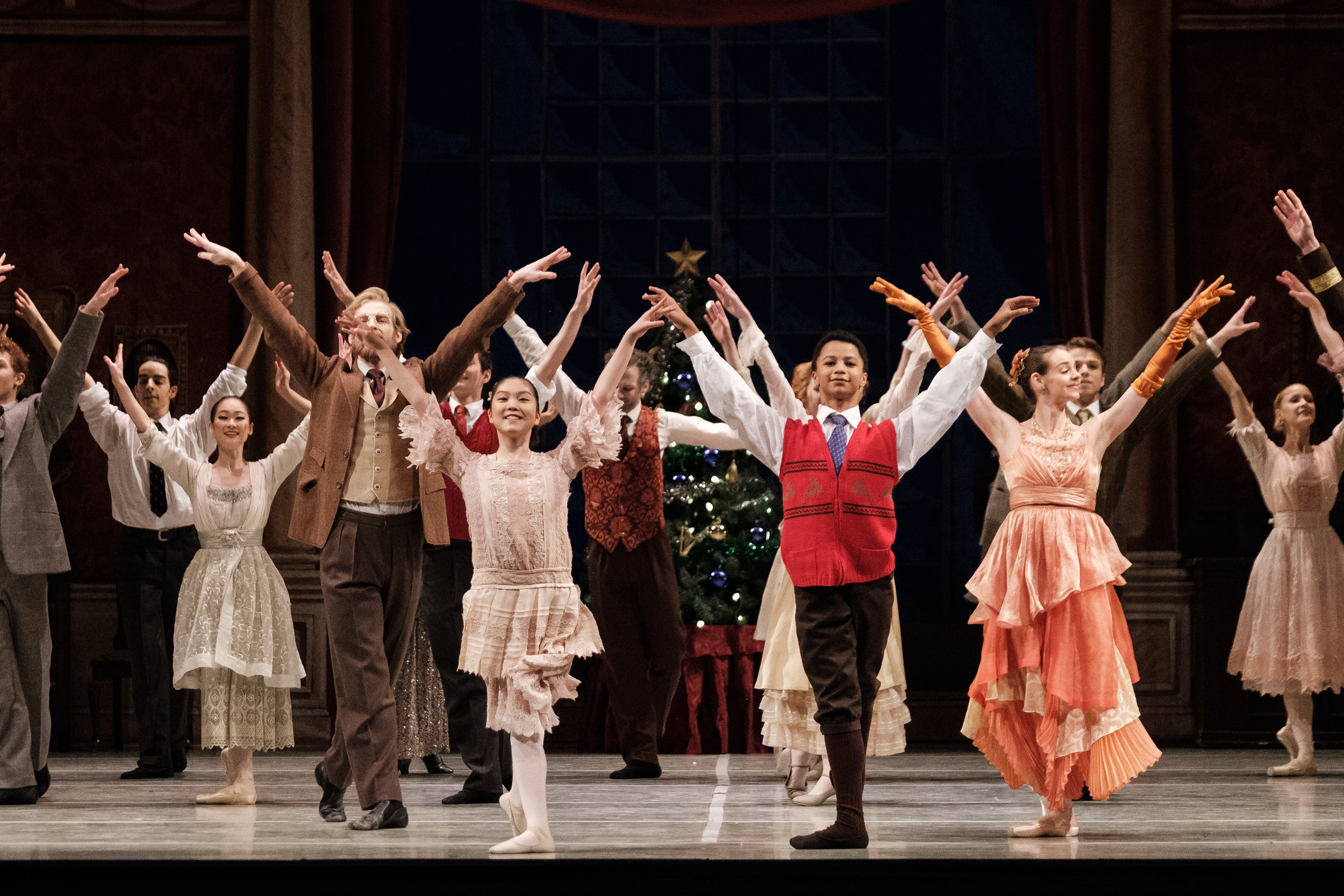
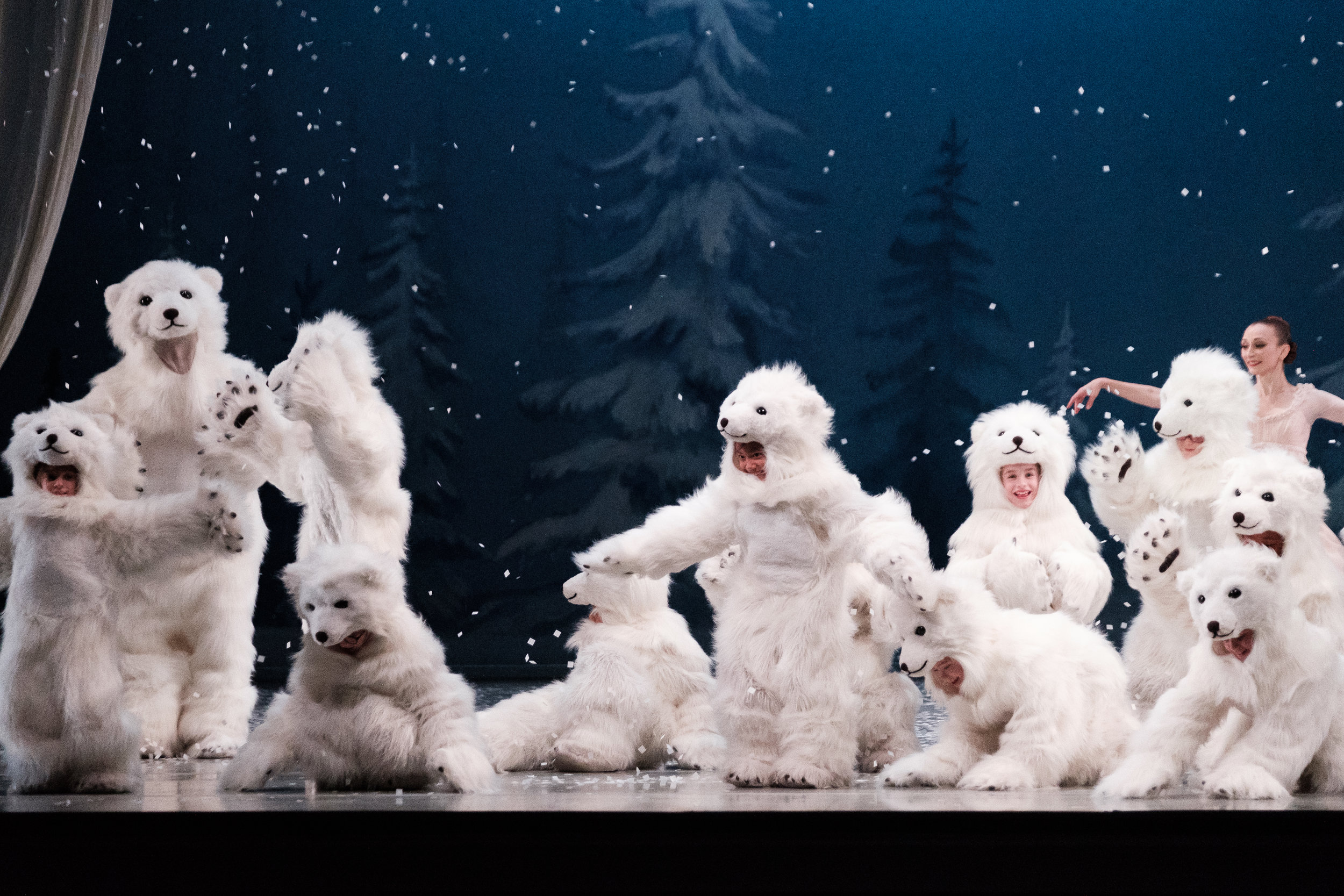



Local Dancers in Walton Arts Center’s Performances of The Nutcracker:
Angels
Julia Brinkley, Springdale
Mira Brock, Fayetteville
Ruby Campbell, Springdale
Carrington Cartwright, Springdale
Naomi Greenway, Bentonville
Vivian Lux, Fayetteville
Sofia Merriman, Bella Vista
Ressa Oliver, Gentry
Emma Patrick, Fayetteville
Kate Walker, Fayetteville
Melissa Wilson, West Fork
Dieter
Kennedy Ragar, Bentonville
Kailyn Berry, Springdale
Mice
Vivian Bullock, West Fork
Lila Campbell, Springdale
Kyleigh Jo Geurin, Fayetteville
Sutton Hoeme, Springdale
Jade Holland, Fayetteville
Hudson Horton, Farmington
Madeline Wesson, Fayetteville
Mountie
Makayla Cox, Siloam Springs
Emalyn Johnson, Springdale
Audrey Peachee, Bethel Heights
Emilea Reed, Fayetteville
Madilyn Savage, Springdale
Party Boys
Adelyn Bramlett, Fayetteville
Matthias Gwinn, Siloam Springs
Mimi Hoeme, Springdale
Elize Ramsey, Fayetteville
Party Girls
Natalie Bell, Fayetteville
Eleanor Eichmann, Fayetteville
Macie Jones, Rogers
Lucia Moore, Fayetteville
Polar Bears
Quinn Ballew, Fayetteville
Averee Beare, Prairie Grove
Caroline Bostick, Fayetteville
Quinn Bramlett, Fayetteville
Braylin Coleman, Prairie Grove
Kathleen Goodsole, Bentonville
Hannah Kaundart, Springdale
Ellis Kradel, Fayetteville
Adeline Lux, Fayetteville
Keslynn Millett, Springdale
Katherine Reed, Fayetteville
Eleanor Richmond, Fayetteville
Reindeer
Brady Chandler, Fayetteville
Sara Justice, Fayetteville
Gracie Kennett, Springdale
Samantha Stark, Springdale
Emily Thomas, Fayetteville
Isabella Watkins, Bentonville
This Rhythm is Gonna Get You On Your Feet!
Conga. Rumba. Salsa. No matter how you move, the rhythm of On Your Feet! is going to have audiences up and dancing the night away. Practice your fConga and learn about the Award-winning choreography and global cast That make the story of Emilio and Gloria Estefan something you have to see at Walton Arts Center!
Let the rhythm take you from this high-energy musical to a FREE dance party in Walton Arts Center’s Walker Atrium! Hosted by Northwest Arkansas’ Spanish radio station La Zeta, this after party will include music, dancing, drink specials, prizes and more.
Join us for a night of music and dancing – ‘cause tonight we're gonna party till we see the break of day!
Get Ready for the show, Learn How to Conga!
The Steps
Here are some of the basic steps of the Conga as a partner dance:
Basic with Cross Kick: Promenade three steps toward the hands (1, 2, 3) then kick toward the hands (4). Then repeat opposite, promenading over the elbows and kicking toward the elbows. This step can also be done in half-closed position.
Basic with Side Kick: Promenade three steps toward the hands (1, 2, 3) then kick toward the elbows side (4). Then repeat opposite, promenading over the elbows and kicking toward the hands side. This can also be done without a kick, twisting the free heel toward the supporting foot on count 4.
The Walk: Back the Follow three steps, shifting into right-side Yale position then kick past partner (both kicking forward) (4). Then repeat on the other foot, moving into left-side Yale position. Or simply back the Follow, lifting the free foot on the third fourth count.
The Conga Turn: Walk three steps forward around partner (1, 2, 3), circling each other, then both kick forward past partner's side (4). This can turn clockwise, counterclockwise, or alternating clockwise and then counterclockwise.
The Conga Rock: Promenade three steps toward the hands, then rock back on the rear foot, raising the forward foot. Repeat, traveling the same way. This step can also be done in half-closed position, or backing the Follow.
The Underarm Turn: Follow turns clockwise under the arm with a 1, 2, 3, kick, or the Lead turns counterclockwise under the arm with a 1, 2, 3, kick.
The Pointing Step: After kicking through the frame, cross, side (facing partner), cross, and point to the side, then repeat opposite.
And here are some variations of the Conga Line, as described by Leona Lehman (1961):
Side Kick: Forward three steps, then kick to the side.
Forward Kick: Forward three steps, then kick forward.
Backward Kick: Forward three steps, then kick backward.
Back and Forward Bend: Forward two steps, close with weight on 3, bending backward, then bend forward on 4.
Forward and Back Bend: Forward two steps, close with weight on 3, bending forward, then bend backward on 4.
The Arch: The first couple stops and forms an arch through which everyone else passes through. As each couple passes through, they form a new arch behind the previous one, making a long tunnel.
Now that you have the basic steps, check out the journey of dancers and singers as they followed their dream to be in On Your Feet!
NEW YORK | VENEZUELA | CANADA | BRAZIL | LOS ANGELES |GERMANY COLOMBIA | MIAMI
The On Your Feet! Creative Team launched a global search to fill a cast of 30 for the production of the Broadway musical. They auditioned thousands of singers and dancers from over 30 countries.
A deciding factor in casting was the dance ability of each performer, and Tony Award nominee & Olivier Award winning choreographer Sergio Trujillo (Jersey Boys, Memphis) pushed movement to it’s limits. Capturing the power and culture of the dances, Sergio even traveled to Havanna, Cuba to learn from the experts of Latin dance.
Sustainability at WAC
When you think of sustainability at Walton Arts Center, you may immediately think of our Artosphere Art + Nature Festival. And yes, this annual festival brings artists here from around the world to spark conversations of nature and sustainability, and the importance of the arts.
But… sustainability is Also a part of our day-to-day decisions to be environmentally conscious and resource savvy.
Our year-round sustainability efforts
The introduction of Artosphere in 2010 launched an organization-wide sustainability effort at Walton Arts Center, which continues to evolve. Our Sustainability Committee – made up of staff from all departments – creates and implements a variety of environmentally conscious initiatives designed to help save resources throughout WAC.
Ongoing efforts include integrating more energy-efficient technologies and sustainable practices into our operations and work environment, including:
Storm Water Collection
Storm water from the roof is routed to our bioswale, which treats the water through the soil before releasing it into the storm drain.
Energy-Efficient Operations
High reflectivity roofing helps keeps the building interior cooler and requires less energy for air conditioning. Daylight features in Starr Theater and McBride Studio give use the option to use natural lighting for some events, instead of powered lights. High-efficiency plumbing and lighting fixtures are used throughout the building, and eco-friendly cleaning materials that have less impact on the environment are used organization-wide.
Recycling
Robust waste management and recycling programs are in place year round, including the recycling of toner and ink cartridges, batteries, used electronics, paper, plastics and glass.
In addition to recycling, we have reduced the source of waste by striking disposable water bottles from all artist contracts and offering reusable bottles and ultra-filtered water from bottle fillers. In five years, we have eliminated waste from over 12,000 disposable plastic water bottles alone. WAC also introduced the souvenir cup in 2017 to replace soda bottles in the concession stand. Souvenir cups can be sanitized and reused.
Upcycling
In 2018, WAC introduced banner bags, reusable tote bags, made from upcycled show banners that used to hang outside Walton Arts Center.
Batteries
In addition to collecting and recycling used batteries, the WAC Production Department keeps all old batteries that have been used in wireless microphones during a production. These batteries are tested to see if they have enough juice to be reused internally for flashlights, soap dispensers, wireless keyboards and other purposes.
Office Beverages
We have eliminated disposable cups for coffee and water from our campus. In their place, glasses and ceramic coffee cups have been provided for guests and staff.
Bike racks
Additional racks have been installed around the Walton Arts Center campus to encourage cycling to and from events.
Food Waste
We have a number of practices in place for managing food waste.. We provide opportunities for our staff and volunteers to take food home, and we donate nonperishable and unspoiled food left over from events to local organizations that feed people in need. A composting program is in place to collect any remaining food waste that is no longer edible (including flowers).
These initiatives align with our goals as an arts center to improve the overall quality of life in Northwest Arkansas now and for future generations.
Sustainability at Walton Arts Center
Questions Asked, Science & Poetry Answered: The Story of Everything
In the genre of storytelling, Kealoha has gained national recognition by showcasing at high profile events such as the National Storytelling Network Conference, the Bay Area Storytelling Festival and the Honolulu Storytelling Festival.
As an internationally acclaimed poet and storyteller, Kealoha has performed throughout the world- from the White House to the `Iolani Palace, from Brazil to Switzerland. He is the first poet in Hawai`i's history to perform at a governor's inauguration, was selected as a master artist for a National Endowment for the Arts program, and received a Community Inspiration Program grant from the Native Arts and Cultures Foundation.
In the seven years that he has represented Hawai`i at the National Poetry Slam, he has performed on the finals stage four times, was ranked in the top ten of the nations best poets in 2007, and was honored as a "National Poetry Slam Legend" in 2010. Kealoha was featured on HBO’s Brave New Voices series presented by Russel Simmons, and he has also made appearances on NBC, PBS, the Food Network, National Public Radio, and the Na Hoku Hanohano Awards.
10x10 Q&A with Kealoha
1. What does being Hawai’i's first official Poet Laureate mean to you?
Serving as Hawai'i's first poet laureate is an absolute honor, and one that I do not take lightly. The job of a poet laureate is to spread the joy of poetry to the people of Hawai'i, as well as to represent Hawai'i through poetry when touring abroad. It has inspired me to continue to create, share and listen on a daily basis.
2. What inspired you to create The Story of Everything; and how has it evolved since it's initial inception?
I am a huge fan of myths, legends and creation stories. Throughout history, these wonderful stories have encapsulated the knowledge of past times – they were how people from around the world made sense of the universe many centuries ago and how they passed down their knowledge from generation to generation. Here we are in 2018, however, and our knowledge about the universe has grown so much through science. I simply wanted to take that knowledge and run with it, encapsulating the science of today through storytelling, poetry, music, movement, visual art and chanting.
Since the initial inception of The Story of Everything, I have seen the story evolve into the multi-media bonanza that it has become, particularly through the talents that the entire cast, crew and directors have brought to the show.
3. What moves you to create a new piece (e.g.: music, human nature, visual arts, etc.)?
I gather my inspiration from various sources such as great conversations, surf sessions, hikes, movies, albums and reading. I’ve made an agreement with myself that whenever inspiration hits, I drop everything that I am doing and I spend a few minutes to write. And if I’m on a roll, those few minutes can turn into a few hours, days or weeks.
4. As a nuclear physicist and poet, what do you think is important in the interplay of science and art?
I see science and art as two really good dancers that often come together to symbiotically elevate each other’s potential to reach people. The main thing to keep in mind when doing scientific art is to keep true to both disciplines. The science has to be accurate, and the art has to be authentic. An audience can tell really quickly if one of the two is lacking.
5. Pick 5 words—that start with the letter ‘S’—that describe The Story of Everything.
sensory, sunshine, silly, seeking, sweaty
6. As a poet, what is your role in sharing truths and advancing the power of spoken word?
I am just one voice in a sea of many. My hope is that this voice can be used to add positivity to our societal conversation. Many years ago, I was moved by very talented poets to pick up a pen. Perhaps, if I am doing it right, I can inspire others to do the same and add their voices to the conversation so that we can all listen.
7. What is the best advice you have been given?
“Some will, some won’t, so what… next.” It’s a saying that one of my college professors shared with us in class. It means that some people will understand you and will be ready to join you on a journey, but some won’t. And when they won’t, then the appropriate mindset is to say “so what,” and then move on to the next, because there are billions of people in this world, and surely we can find someone who sees us for what we have to offer. This advice works for relationships, business, dreams and everything else under the sun. We have to be willing to fail and not take ourselves so seriously that the fear of failure paralyzes us.
8. Whom do you define as visionary?
There are so many folks from so many disciplines that I see as visionary. It is impossible for me to create a list, knowing that I would be leaving off so many that have had an impact on me.
9. What do you hope audience members take away from tonight's performance?
I hope audience members walk away with a deeper understanding and love for science. I also hope that they walk away with hope within their own lives and for our future.
10. What songs represent A sample of the Music that You Listened To when you wrote The Story of Everything?
Michael Jackson – Don’t Stop Till You Get Enough
Manitoba - People Eating Fruit
Taimane – Jupiter
Postal Service – Brand New Colony
Michael Franti – Sometimes
The Books – Classy Penguin
Marlena Shaw - California Soul
Section 7 – Borobudur
Bjork – All Is Full of Love
Cecilio and Kapono – Lifetime Party
Kalapana – When the Morning Comes
Gabby Pahinui – Living on Easy (Live at Waimea Music Festival)
Makana – Koi
Hapa – Olinda Road
Bliss – Wish You Were Here
Thievery Corporation – Lebanese Blonde
Joss Stone – Super Duper Love
Rent Soundtrack - Seasons of Love
Owl City – Fireflies
Michael Jackson – Off the Wall
Ali Farka Toure with Ry Cooder - Soukora
OPEN MOUTH POETRY & THE STORY OF EVERYTHING
The Story of Everything creative conversation with Kealoha will be moderated by Open Mouth Reading Series co-curators Molly Bass Rector and J. Bailey Hutchinson.
Join us for the 10x10 After Party in Walker Atrium, with readings by Open Mouth Poetry Festival visiting writers Brody Parrish Craig and Dorothy Chan.
For more info about the Open Mouth Poetry Festival, click here!
Poets
DOROTHY CHAN is the author of Attack of the Fifty-Foot Centerfold (Spork Press, 2018) and the chapbook Chinatown Sonnets (New Delta Review, 2017). She was a 2014 finalist for the Ruth Lilly and Dorothy Sargent Rosenberg Poetry Fellowship, and her work has appeared or is forthcoming in The Academy of American Poets, The Common, Diode Poetry Journal, Quarterly West, Blackbird, and elsewhere. Chan is the Editor of The Southeast Review.
BRODY PARRISH CRAIG attended Hollins University where they received their B.A. in English & French. They recently completed their M.F.A. in Poetry at University of Arkansas where they began writing their first manuscript, a collection of hybrid poems inspired by queer phenomenology, the Bible Belt & recovery.
Moderators
MOLLY BESS RECTOR lives in Fayetteville, Arkansas where she co-curates the Open Mouth Reading Series—a community-based poetry series that hosts monthly readings by visiting writers, as well as workshops and retreats. Molly earned her MFA in poetry from the University of Arkansas and currently works as project editor for the University of Arkansas Press.
J. BAILEY HUTCHINSON is an MFA Candidate and Teaching Assistant at the University of Arkansas, Fayetteville. She is originally from Memphis, Tennessee, where she obtained her BA from Rhodes College. Hutchinson is the current Poetry Editor for the Arkansas International, and she serves on the board of directors for the Open Mouth non-profit reading series.
The Story of Everything
Kealoha, internationally acclaimed Poet Laureate and honored MIT Nuclear Physics graduate, condenses 13.7 billion years into a 90-minute multi-media stage show!
Thursday, Nov. 1 at 7 pm
Rocky Horror Movie Night Is Back... and This Year It Comes with a Halloween Party
The recipe for a perfect Halloween Night: Live Music, Speciality Drinks, Costumes, Cult Classics, Brad, Janet and Dr. Frank-N-Furter!
Rocky Horror Picture Show is back at Walton Arts Center and this year we are tightening our garter belts and bringing a party to the slab! Before the beloved sci-fi and horror film, time warp dance the night away in our atrium with other Rocky Horror fans. When the Baum Walker Hall doors open, go back to 1975 film and sing along with your favorite songs!
DON”T FORGET THE PROPS! Get ready to following along with the movie with a Rocky Horror prop bag, being sold at concessions the night of the showing. The prop bag includes: Newspaper, Flashlight, Rubber Gloves, Noisemakers (Kazoos), Toilet Paper, Toast, Party Hats, Cowbell and Cards
If this is your first or twenty-first time seeing this film, we've revealed some Rocky Horror secrets and surprises below. Test your trivia knowledge and keep a keen-eye out in the movie that will make for a sinfully twisted Halloween night.
The Rocky Horror Picture Show holds the record for the longest theatrical film release
'The Rocky Horror Picture Show' may have been an infamous bomb when it hit theaters in 1975, but it more than made up for its initial losses by becoming a midnight movie standard. Lou Adler, the film's executive producer, noticed that several small but dedicated groups of fans had been attending some late night shows on a regular basis. So he organized a screening in New York City with virtually no advertising. The word of mouth turned the screenings into sold out shows and it wasn't long before the film became a cult classic. Audiences have danced along to 'The Time Warp' in theaters across the country for the last 37 years with no signs of stopping.
And one iconic song was a late addition to the original stage play.
Richard Hartley, who composed the songs alongside O’Brien, told The Guardian that the original script only made for a 40-minute long performance. “Time Warp” was initially added to stretch the play out longer, but it would go on to become one of Rocky Horror‘s most beloved songs.
Susan Sarandon was performing in a musical for the first time – with pneumonia.
Sarandon had a few acting credits under her belt when she took the role of prim, innocent Janet, but Rocky Horror was her first gig in a musical. To complicate matters, filming in the rain gave her pneumonia. As O’Brien explained to The Guardian, “When [Sarandon] sings ‘Wild and Untamed Thing’ in the pool, she should have been under medical supervision. She’d had a shocking cold and was shaking with fever, but still she went on.”
Tim Curry has a story about unsuccessfully trying to attend a midnight screening of Rocky Horror.
As Curry recalled on NPR’s Fresh Air in 2005, he once tried to call a New York theater that was holding one of the “audience participation” screenings of Rocky Horror, only to be told by the ticket agent “You’re the third Tim Curry to call this week.” When he simply went in person to get a ticket, he was thrown out for being an imposter. When Curry produced his passport, the usherette apologized, but he ultimately told her, “I wouldn’t dream of going back in.”
Rocky Horror was deemed to be "culturally, historically, or aesthetically significant" by the Library of Congress.
In 2005, Rocky Horror was added to the Library of Congress’ National Film Registry, along with The Sting, Toy Story and A Raisin in the Sun. And that’s remarkable, considering how it made it in before movies like Sophie’s Choice, Coal Miner’s Daughter and a long list of other films that you might expect would have been deemed worthy by now.
The movie features literal Easter eggs.
Many movies have “easter eggs” – little hidden things waiting to be noticed by sharp-eyed fans – but Rocky Horror has actual colored eggs hidden around the set. The crew allegedly had staged a literal Easter egg hunt on the set, and some of them proved so well-hidden that they ended up in the movie – like this one you see beneath Frank-N-Furter’s throne.
And there was a genuine reaction of horror in one key scene.
As O’Brien recalled to The Guardian: “Jim [Sharman], directing, played pranks on us throughout filming. When Eddie’s corpse was revealed under the dining table, it came as a real shock: None of us had been aware that it was there apart from Tim Curry because he was the one who had to whip the tablecloth off. Jim wanted a natural reaction.”
The Rocky Horror Picture Show
A Halloween Party
Wednesday, Oct. 31
Join us in your best Rocky Horror themed costume, and sing along with this screamingly funny, sinfully twisted salute to sci-fi, horror, B-movies and rock music - the most popular cult classic of all time. BYOP* (Bring Your Own Props) for this interactive, unforgettable Halloween night out!
Celebrating International Artists Day with Playwright, Rachel Lynett Spurgers
Arkansas-based playwright and theater artist, Rachel Lynett Spurgers is the 2018 Recipient of an Arkansas Arts Council Individual Artist Fellowship. She also happens to be on staff at walton arts center. Inspired by her work, we asked Rachel about her award, playwriting and the significance of the arts in everyday life.
What does this award mean to you?
I moved to Arkansas back in 2011 (I’m originally from Los Angeles). I feel like I had a second maturity here so I really do feel like Arkansas is a second home. I met my husband here, I went to grad school here, I grew up a lot here. I’ve been applying to Arkansas Arts Council (AAC) Individual Artist Fellowship since 2012. I have applied every year in every category. For a while, it started to feel like I would continue to get my work produced outside of Arkansas but that I wouldn’t get anything from my home base. I spent a lot of time trying to figure out why that was. I was writing about living here (Well-Intentioned White People is based on my experiences as a professor here in NWA.) I was beginning to feel like I would have to leave in order to keep moving forward in my playwriting career. Winning the award gave me some confidence that I could continue to work in Arkansas and that my work mattered to the people I was writing for. It also taught me the importance of persistence.
As a playwright and employee of an arts organization, what is the significance of the arts in everyday life?
Pictured: Cathryn Wake and Myxolydia Tyler
Photo by Jennifer Graessle
Well Intentioned White People
By RACHEL LYNETT
Directed by TIFFANY NICHOLE GREENE
Barrington Stage Company
I can’t imagine my life without art. For all of my adult life, I’ve only worked at arts organizations. Art is important because it teaches us empathy but it also challenges us to self-reflect. Art’s job is to connect to the subconscious and pass something along to the viewer/observer. And I think that’s the closest thing to magic we have. I’m continually amazed by how moved people are by “adults playing dress up” or “just a piece of a paper on the wall.” As artists, we have the ability to transcend the realities around us in order to connect to others through a shared experience. I hope to always help create opportunities for people to experience the magic of the arts.
What sparked your interest in play writing?
I didn’t get into theater until junior year of college when I had to take a fine art requirement. I decided to take Script Analysis and Dramaturgy. And I fell in love with it. I realized I wanted to work in theater but I wasn’t sure what I wanted to do. I tried acting but didn’t find a lot of roles that were outside of the maid or sassy best friend. I then got into stage management and while stage managing got to work on a bunch of different plays. And I realized there weren’t a lot of roles for people with lives like mine. I wanted to change that. I wrote my first full-length play in 2012 about the DREAM Act. For me, playwriting has always been an act of protest for me; an opportunity for me to spotlight inequality and focus on social justice. I mostly got into playwriting to create roles for people who had limited opportunities to be a lead and to begin difficult conversations with diverse audiences.
What themes do you explore in playwriting?
Pictured: Myxolydia Tyler
Photo by Jennifer Graessle.
Well Intentioned White People
By RACHEL LYNETT
Directed by TIFFANY NICHOLE GREENE
Barrington Stage Company
Pictured: Andrea Cirie and Myxolydia Tyler
Photo by Jennifer Graessle
Well Intentioned White People
By RACHEL LYNETT
Directed by TIFFANY NICHOLE GREENE
Barrington Stage Company
I write plays about complicated, complex women of color. My characters live in the duality of good and bad, simultaneously. These women are neither saints or villains; they’re eternally both. Each of them struggle to make the right choices because, more often than not, the wrong one is easier. These women are intelligent, blistered, and, most importantly, real. As these women navigate through the American landscape with a series of different issues, they all also struggle with the complicated idea of what it means to be a woman today and the layered complexity that adds to their various dilemmas.
I write plays that reflect the world we live in. All of my plays spotlight diverse characters by pushing them to the forefront of the story. Race, sexuality identity and gender add an additional lens to the stories, adding a dimension to the reality of these women. As a woman who is half Black and half Latina, my life isn’t just about race but my ethnic background creates the lens through which I see the world.
I write plays that reflect the problems of the world we live in. I invite the audience into my world using humor and creating a recognizable world. We sit together, we drink together and we live in these spaces together and my work reflects that. I write my plays to feel like a warm bubble bath that you can’t completely wash off. While you’re in the bath, you’re comfortable, you understand the circumstance but days later it still tingling on your skin. And hopefully, since you can’t quite wash the words off, you decide instead to be part of a proactive change to better the community around you.
What author/playwright/artist/etc. has been a major influence on your work?
My major influences are Caryl Churchill, Suzan Lori Parks, Lydia Diamond, Jose Rivera, Paula Vogel and Maria Irene Fornes.
What advice would you give to someone considering playwriting?
Trust your instincts and be patient. It’s a long game. There isn’t really a “I made it.” Some years, you get into everything and then the next two years, nothing. Sometimes everything overwhelms you and then suddenly you’re wondering if you shouldn’t quit. This career takes a lot of patience and hard work. Instead of being upset about rejection, submit somewhere else. Write a new play. Keep moving forward and trust that in the end things will work out.
Pictured: Myxolydia Tyler and Samy el-Noury
Photo by Jennifer Graessle
Well Intentioned White People
By RACHEL LYNETT
Directed by TIFFANY NICHOLE GREENE
Barrington Stage Company
Any simple tips or tricks to help with a “brain freeze?”
Jose Rivera has the best advice for this. He says “Embrace your writer's block. It's nature's way of saving trees and your reputation. Listen to it and try to understand its source. Often, writer's block happens to you because somewhere in your work you've lied to yourself and your subconscious won't let you go any further until you've gone back, erased the lie, stated the truth and started over.”
What would you like people to know about receiving this award that would not normally be shared?
This goes back to the long-game. I’ve applied for the Individual Artist Fellowship through the Arkansas Arts Council since 2012. Everything takes time. Even when I submitted this year, I thought there was no way I’d get it. But I submitted anyway. My favorite thing to say is “Don’t stand in your own way.”
As a non-profit organization, Walton Arts Center and the Walmart AMP support learning and education programs that insure that the arts remain an essential part of the lives of students, teachers and families in Northwest Arkansas. Through the generous support of our sponsors, most of our school programs are offered at low or no cost.
Behind The Revival: Paul Thorn's Music & Story
The son of a preacher man, Mississippi-raised Paul Thorn spent much of his childhood in church, participating in multiple weekly services with his father as well as at neighboring African American congregations, where he became entranced with the music.
As an accomplished painter, former professional boxer and seasoned skydiver, Thorn has never shied away from new challenges, but cutting a gospel record was just like going home.
Thorn's father Wayne was a bishop in the Church of God of Prophecy, a Pentecostal denomination, and Thorn was just three when he began singing and playing tambourine at services. Congregational participation was valued more than skilled soloists, and Thorn also found a showcase for his talents at Saturday night "singings."
But his most memorable musical experiences were at an African American branch of his father's church, the Okolona Sunrise Church of Prophecy. "There might be ten people playing the tambourine, but the rhythm was locked in, and they'd let me play bass. I loved the Appalachian gospel of my parents' church, but it was a treat to play with those musicians. They worshiped in a different way and the music was different, and I feel blessed to have been in that church setting."
Thorn continues to be inspired by the strong sense of communion that was fostered by musical fellowship. "One of things that I take a lot of pride in is that I love everybody, and what I learned in church paid dividends. When I'm up there entertaining it's also a glimpse of what my life has been and how gospel music has molded me into who I am."
Thorn's parents wouldn't allow him listen to secular music at home (in his teens, he had to hide his only two LPs - Elton John and Huey Lewis - from his father), so he listened at friends' houses to Kiss, Peter Frampton, and the bawdy "chitlin' circuit" comedy albums that he credits with inspiring the dark sense of humor that pervades his lyrics. But gospel music remains Thorn's most abiding musical touchstone, the sound that first stirred his soul.
He was just 14 when sometime gospel artist Elvis Presley died - "The world stood still in Tupelo," he recalls. While the King's records weren't a major influence, Thorn emphasizes the similarity of their early experiences.
"Elvis literally went to a lot of the same churches I did. It's almost identical how we started. When they filmed him from the waist up it wasn't vulgar, it was the moves he learned in church, dancing in the spirit."
“Paul Thorn is a natural-born Southern storyteller with humble stage banter and musical delivery that’s gritty and gruff.”
-National Public Radio
At 18, Thorn was caught sneaking out his bedroom window to romance a young neighbor, and his father presented the ultimatum of publicly repenting or "disfellowship" - losing his church membership. He chose the latter and immediately took out a loan to buy a trailer, landed a full-time job at a furniture factory and joined the National Guard.
Tupelo presented few avenues for professional musicians, but Thorn soon met his longtime songwriting partner Billy Maddox, who had strong ties to the musical hub of Muscle Shoals. The duo began writing under contract for Rick Hall, owner of the legendary Fame Recording Studios, where Thorn cut demos of their songs.
As a performer, Thorn was playing solo gigs in Tupelo for $50 a night and further supplemented his factory income with boxing. He learned to box from his paternal uncle Merle, a one-time pimp celebrated in "Pimps and Preachers," Thorn's autobiographical song about his two mentors: "One drug me through the darkness/One led me to the light/One showed me how to love/One taught me how to fight."
Thorn would box 14 professional fights (10-3-1) as a middleweight between 1985 and 1988 with his most prominent match against four-time World Champion Roberto Duran. He lasted a respectable six rounds before a doctor stopped the fight due to multiple cuts.
Although proud of his boxing career, Thorn says that he's not surprised he's achieved more success as a performer. "I went a long way in boxing, and got to fight one of the greatest, but the reason Duran beat me and everyone else was that he had the ability to relax under extreme pressure. When I was in the ring I was nervous and afraid, but when I'm on stage I'm comfortable. I've been singing in front of people all my life and I know what I've got to do."
Mission Temple Fireworks Revival
featuring Paul Thorn & Band, Blind Boys of Alabama and The McCrary Sisters
Saturday, Nov. 17 at 8 pm
Showcasing the Musical Foundation of the Crescent City
The birthplace of Jazz, the heartbeat of New Orleans is it’s love of music. Through celebrations and tribulations, music commemorates the history of the Cresent City. New Orleanians are passionate about family, faith, food, traditions and perhaps, most of all, about making a joyful noise.
Take Me to the River: New Orleans showcases the icons who’ve added to the rhythm and soul of the city with brassy expressions, funk-driven beats and tributes to the Creole roots.
Jazz is born, dies and is reborn every day in New Orleans. The history of jazz ripples through the streets with a melting pot of cultural and heritage leading back to the foundations of the city. Some say that jazz grew out of the drumming and Voodoo rituals that dated back pre-Civil War, other suggest that Buddy Bolden started jazz with his band in 1895. Although the exact date is in question, jazz and New Orleans are synonymous. Take Me to the River: New Orleans brings you to the barrooms, churches and streets where the wild, jubilant music comes to life. It’s a music that feels free, easy and alive.
One of the most mysterious and colorful pieces of New Orleans belongs to the Mardi Gras Indians. Wearing hand-sewn creations and tracing their roots back to a time when Native Americans helped shield runaway slaves before the Civil War, African-Americans began to celebrate in their own neighborhoods to honor those Native Americans. Today, there are more than 50 Indian tribes in the city including Big Chief Monk Boudreaux. Big Chief Monk is the recipient of the 2016 National Endowment for the Arts and is the leader of the Golden Eagles, a Mardi Gras Indian tribe of New Orleans.
Strutting, jumping and high-stepping, The Dirty Dozen Social and Pleasure Club of New Orleans began showcasing a traditional Crescent City brass band in 1977. Assembling a house band in the late 70s, the Dirty Dozen Brass Band was brought to life. Celebrating over 40 years of traditional brass music with a blend of bebop jazz, funk and R&B, the Dirty Dozen create a unique sound described as “musical gumbo.” The Dirty Dozen Brass Band is a world famous, high-octane group of performers that demand to be listened to.
Take Me to the River: New Orleans
October 21 at 7 pm
A Celebration of New Orleans Music
SEEK Is In Session for School of Rock
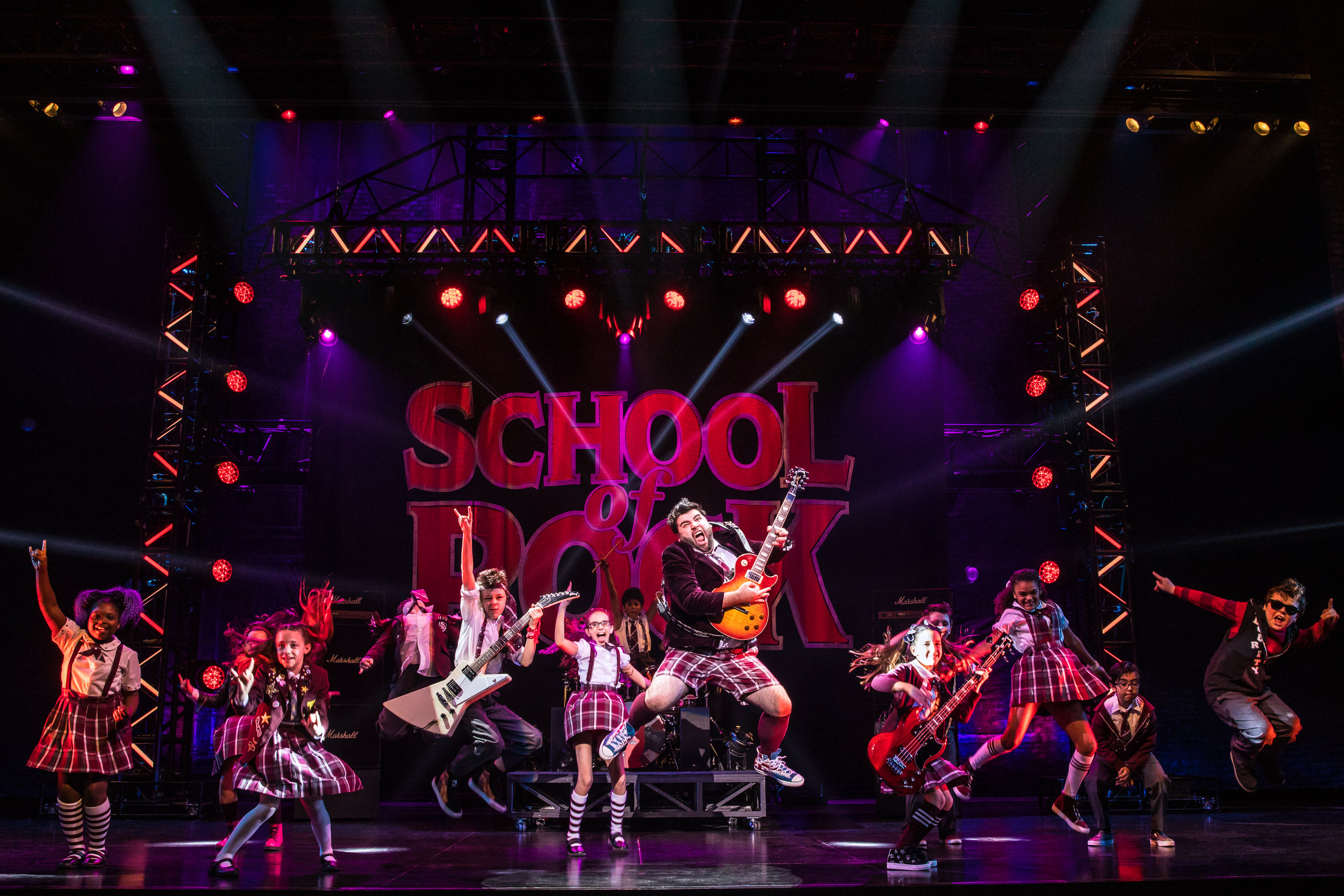
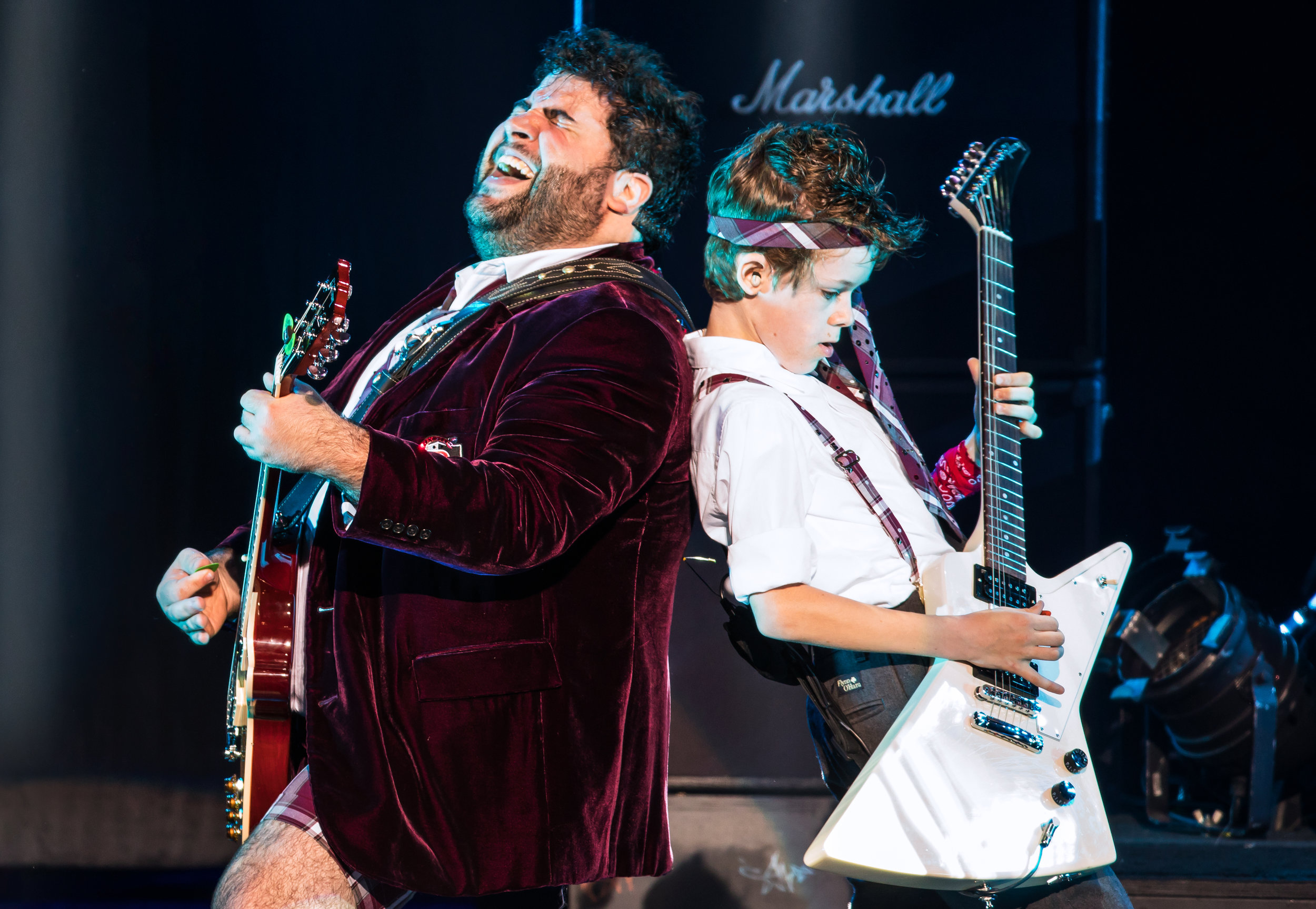
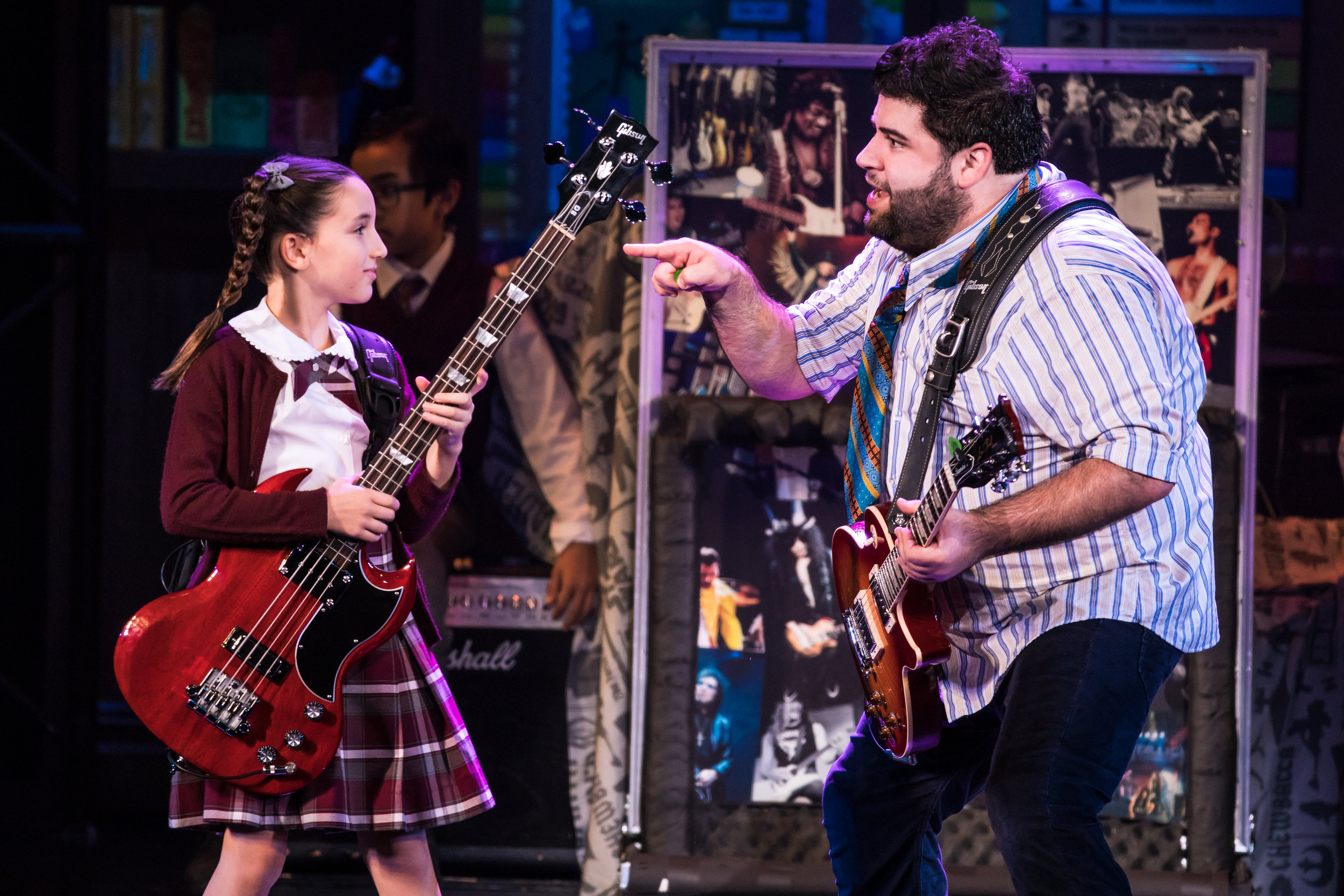
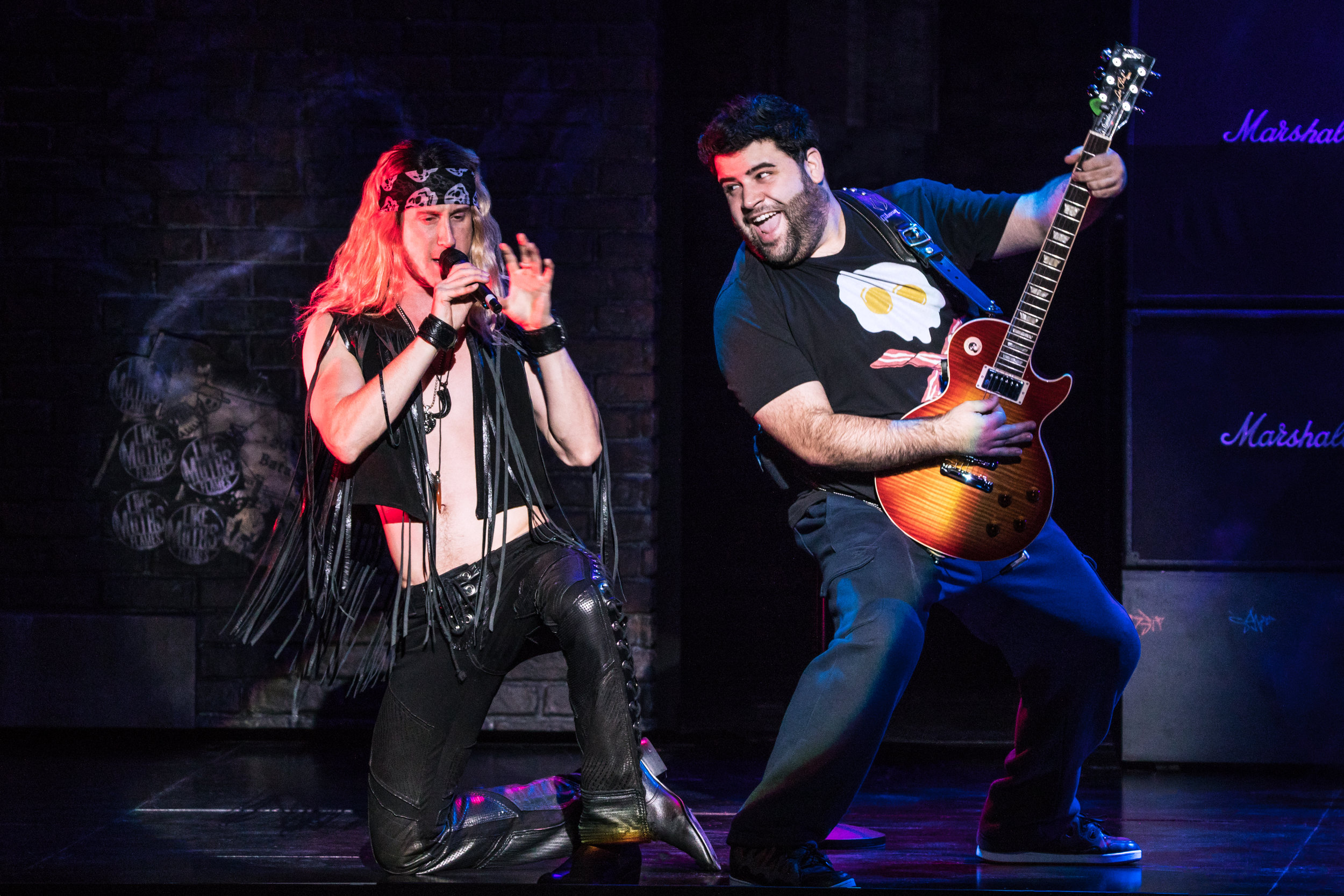
SEEK: Savor, Enrich, Explore and Know
SEEK events offer College students and young professionals a unique theater experience.
SEEK returns on Thursday, Oct. 25, 2018 in conjunction with the Broadway musical School of Rock, based on the film by the same name.
College students and young professionals, get ready for a night out with a couple hundred of your closest friends and the iconic movie-turned-musical, School of Rock.
Our favorite characters, Dewey Finn, Ned Schneebly and band-manager Summer rock out with the only kids-rock band in Broadway history. These kids are a quadruple threat- they all sing, act and dance, in addition to playing rock and roll. What’s even more mind blowing? They are all between the ages of 9 and 12! You’ll be inspired by these tween rockers and be reminded of the power of music.
School of Rock – The Musical opened on Broadway to rave reviews in 2015. This Ben Brantley New York Times ‘Critics’ Pick’ “is an inspiring jolt of energy and mad skillz,” raves Jesse Oxfeld of Entertainment Weekly. And in his four-star Critics’ Pick review, Time Out’s David Cote proclaimed, “School’s IN – forever!”
SEEK’s after party includes musical tech activations, drinks provided by Lagunitas Brewing Co. and local entertainment. Show tickets, drinks and activations are included in your SEEK ticket price.
You won’t want to miss this night out with friends, incredible music and free drinks, FOR THOSE ABOUT TO ROCK, WE salute YOU!
Three Generations of New Orleans Music on One Stage
Celebrating the music and culture of New Orleans, iconic artists let the good times roll With Take Me to the River!
New Orleans reflects a stunning musical melting pot of influences from around the world. Featuring brass band pioneers The Dirty Dozen Brass Band and packed with a multigenerational lineup of some of the city’s greatest talent, Take Me to the River: New Orleans celebrates the musical history, heritage and legacy of one of our most unique cultural jewels.
Take Me to the River Line-up: The Dirty Dozen Brass Band, Ivan Neville, Ian Neville, George Porter Jr, Big Chief Monk Boudreaux, Lost Bayou Ramblers Duo, 79rs Gang and Terence Higgins
The Dirty Dozen Brass Band
Celebrating over 40 years since their founding in 1977, New Orleans-based Dirty Dozen Brass Band has taken the traditional foundation of brass band music and incorporated it into a blend of genres including Bebop Jazz, Funk and R&B/Soul. This unique sound, described by the band as a ‘musical gumbo,’ has allowed the Dirty Dozen to tour across five continents and more than 30 countries, record 12 studio albums and collaborate with a range of artists from Modest Mouse to Widespread Panic to Norah Jones. Forty-plus years later, the Dirty Dozen Brass Band is a world-famous music machine whose name is synonymous with genre- bending romps and high-octane performances.
In 1977, The Dirty Dozen Social and Pleasure Club in New Orleans began showcasing a traditional Crescent City brass band. It was a joining of two proud, but antiquated, traditions at the time. Social and pleasure clubs dated back over a century to a time when black southerners could rarely afford life insurance, and the clubs would provide proper funeral arrangements. Brass bands, early predecessors of jazz as we know it, would often follow the funeral procession playing somber dirges, then once the family of the deceased was out of earshot, burst into jubilant dance tunes as casual onlookers danced in the streets. By the late '70s, few of either existed. The Dirty Dozen Social and Pleasure Club decided to assemble this group as a house band, and over the course of these early gigs, the seven-member ensemble adopted the venue's name: The Dirty Dozen Brass Band.
Ivan and Ian Neville
Ivan Neville and Ian Neville, members of Dumpstaphunk, stand out among New Orleans’ best as part of one of the funkiest bands to ever arise from the Crescent City. Born on the Jazz & Heritage Festival stage, and descended from Neville family bloodlines, these soldiers of funk ignite a deep, gritty groove that dares listeners not to move. Their performances combine ingenious musicianship and complex funk and jazz arrangements.
Ivan has played and appeared on several Neville Brothers records, two Rolling Stones albums, as well as his father Aaron Neville’s solo records. He has performed in Bonnie Raitt’s band and was a member of Keith Richard’s solo band, the X-Pensive Winos. With Dumpstaphunk, Ivan and Ian have performed on the Late Show with David Letterman and become mainstays at music festivals across the country.
George Porter Jr.
George Porter Jr. is best known as the bassist of The Meters, along with Art Neville, Leo Nocentelli and Joseph Zigaboo Modeliste. The group was formed in the mid 60's and came to be recognized as one of the progenitors of funk then called R&B. The Meters disbanded in 1977, but reformed in 1989. Today the original group still plays the occasional reunions but the Funky Meters, of which Porter and Neville are still members, most prominently keeps the spirit alive.
Few bass players in the history of modern New Orleans music are as storied as George Porter Jr. During the course of a career spanning more then four decades, Porter has not only made a deep impression with his work in the Meters, but he's notched session work with artists as diverse as Paul McCartney,
Jimmy Buffett, David Byrne, Patti LaBelle, Robbie Robertson, Tori Amos, Taj Mahal, Ryan Montbleau and live performances with Mickey Hart, Bill Kreutzmann, Warren Haynes, John Scofield, Steve Kimock, Eric Krasno (and including recent studio releases with Warren Haynes and Bill Kreutzmann) just to name a few.
Big Chief Monk Boudreaux
The New Orleans Mardi Gras Indian phenomenon is part music, part heritage, part ancestry, part revelry, part fashion, and oft’ misunderstood. Big Chief Monk Boudreaux is one of the most famous and enduring leaders of that culture and head of the Golden Eagle Mardi Gras Indian tribe. Joseph Pierre “Big Chief Monk” Boudreaux is the leader of the Golden Eagles, a Mardi Gras Indian tribe of New Orleans, Louisiana. Born in New Orleans on Pearl Harbor Day, December 7, 1941, Boudreaux is a vital figure in the tradition, and has steadfastly distinguished himself as a gifted folk artist and dynamic performing musician through his unwavering dedication to this singular African American culture.
Boudreaux is known for his long-time collaboration with Big Chief Bo Dollis and the Wild Magnolia group, though he left the group nearly a decade ago to form the Golden Eagle Mardi Gras Indians. His latest album Rising Sun is a collaboration with Reverend Goat Carson, a professed “Renegade Cherokee.” In 2016, Boudreaux was given the lifetime honor of the National Heritage Fellowship by the National Endowment for the Arts.
Lost Bayou Ramblers Duo
Lost Bayou Ramblers was formed in 1999 by brothers Andre and Louis Michot, performing the roots Cajun music they learned as members of Les Frères Michot, the family band their father and uncles formed in the ‘80's. The brothers quickly began playing clubs and festivals around Louisiana, and taking the traditional music they were raised with to new levels of rhythmic energy and spontaneity, producing the punk and psychedelic labels given to the band by reviews over the years.
Their Jack White-produced performance in the 2017 documentary series and on the accompanying record release American Epic helped solidify Lost Bayou Ramblers’ reputation as one of the world’s finest traditional Cajun outfits, if one of the least orthodox. With eight albums, a Grammy win for Best Regional Roots
album, contributions to the score of the Oscar-nominated Beasts Of The Southern Wild, and touring with both Arcade Fire and the Violent Femmes, Lost Bayou continues to swing wide from their Louisiana home base.
79rs Gang
Featuring Jermaine Bossier, chief of the 7th Ward Creole Hunter gang & Romeo Bougere, chief of the 9th Ward Hunter gang. Once rivals, they now come together to make beautiful music. Regulars at the legendary Tipitina’s and New Orleans Jazz & Heritage Festival, they have also performed with the Stooges and Papa Mali.
Terence Higgins
Terence was born in New Orleans in 1970 and was raised in the suburb of old Algiers. He was introduced to the drums at a very young age by his great grandfather and he has been playing ever since. In high school he was one of two students chosen from the state of Louisiana to perform in the McDonald's All-American band, after high school he enrolled in music studies at Southern University, after a few years he decided to pursue a career in the music business. Terence credits George Porter Jr. for taking him under his wing and introducing him to the vast repertoire of New Orleans music.
His professional career has taken him all over the world and his unsurpassed skills on the drums have allowed him to play with an eclectic group of musicians. Terence has performed with artists like Dr. John, Earl King, Fats Domino, Allen Toussaint, The Dirty Dozen Brass Band, Kermit Ruffins, Johnny Adams, The Wild Magnolias, Ivan Neville & Dumpstaphunk, Norah Jones, Ani DiFranco, John Scofield, DJ Logic, Robert Randolph, Widespread Panic, The Black Crows, North Mississippi All-Stars, Treme Brass band and many other New Orleans artists.
Take Me to the River
Sunday, Oct. 21 at 7 pm
Laissez les bons temps rouler! This authentic celebration of the music of the Big Easy features The Dirty Dozen Brass Band, Ivan and Ian Neville, George Porter Jr., Big Chief Monk Boudreaux, Lost Bayou Ramblers Duo, 79rs Gang, and Terrence Higgins.
A Musical Riot: School of Rock’s Creative Team Shares Inspiration & The “Secret Sauce” of the Show
Pairing old-school classics sung by some rockin’ kids proved to be the perfect ingredients for a hit movie.
The film, School of Rock, featured breakout star Jack Black as the good-intentioned, die-hard rock ‘n’ roller Dewey Finn. The film’s music included iconic rock songs from The Doors, The Clash and several other classic bands. Even Led Zeppelin, known for not distributing rights for their music, granted them permission to include “Immigrant Song” after the production team filmed Jack Black on set begging the band to use the song. The production team sent the video to the band, and the plan worked. The movie was released in 2003, opened at number one and was nominated and won several awards. Audiences and critics agreed that the show was a riot!
A decade later, in 2013, the legendary Andrew Lloyd Webber secured the stage rights to the show, and producers put plans into motion for a Broadway takeover. Casting directors held open auditions at the beginning of 2015 to find the most talented rock and roll kids in town. Laurence Connor would direct the show, with lyrics by Glenn Slater, a book by Julian Fellowes and new music by Andrew Lloyd Webber. Today the show has companies on Broadway and in the West End along with a North American National Tour.
School of Rock Q&A with the Creative Team
Orchestration, Music & Lyrics- Andrew Lloyd Webber
Book- Julian Fellowes
Director- Laurence Connor
I'd love to start with the inspiration of this project.
ANDREW LLOYD WEBBER I suppose the thing that I picked up on immediately was that it's about the incredible empowering force that music can be. And, therefore, it's really about how music changes the life of the kids in the show, and also changes the life of the leading man, because he finds himself, in a way, through the children and the music that they're making. So it's, in a way, a story about music. And that's what I think excited me.
Also, it's particularly exciting for me because I started with Joseph and the Amazing Technicolor Dreamcoat, which was a piece written for a school, performed first in a school. And it's taking me back to something that I really care very deeply about, which is the importance of music in schools and education. I'm very much involved in Britain, and I'm going to become a little bit more involved here [the US], with proving how important music is in education, which I do through my foundation in Britain. It really is something that empowers kids, in all areas of life. So, in a way, that's really why I was drawn to this story.
Look, School of Rock is fun. Hopefully, I've fleshed it out with a few catchy songs and kept the spirit of the original movie. Hopefully, it's something that you will go to in and say "I had a really good time." But, hopefully you will also take out of it the central message of the story – which is a very warm and very simple one – which is about the empowering force of music.
Originally, the idea was first mooted to me, by my wife Madeleine, who got the rights to the whole thing. I thought maybe it was something that we would flesh out with existing rock songs, because there were a few in the original movie. But when I got into it, they were only tiny little fragments and there was only really the song we all called "Teacher's Pet" and then "The Legend of the Rent." It was also in the movie, but there wasn't very much other than those two original songs. So, I thought that it really did need a score.
When I first looked at the story, the first thought I had was: “can I, in any way, bring anything to the table here?” And I saw a couple of moments in the movie where I thought I could. And so, my next port of call really was to talk to a major dramatist, because when you're dealing with something which is a very successful film like this, which has got a whole life of its own, I really wanted to talk to somebody who also has had a major career in film, television. And Julian Fellowes, who I know has also written for the theater, was a very obvious choice, at least to me, because he's a real craftsman.
Of course, Julian, you’re best known for creating “Downton Abbey,” which is pretty different from the world of “School of Rock.”
JULIAN FELLOWES I know. It’s not a very obvious transition, is it? But still, it was very flattering and, of course, it's always good to do something that's completely outside your kind of tame territory. And I don't think I could be much further from Downton Abbey than School of Rock. So, I was thrilled when Andrew asked me if I'd do it. Anyway, I love the film. I thought Jack Black was fantastic and I thought all of it; script, everything, was terrific. Sometimes you have to talk yourself into things, or at least research them, to see if you want to do it. But I knew I wanted to do it straight away.
I went to see the show and then I went back and looked at the movie again, just to get kind of A and B comparison. You gave the kids more of a back story.
JULIAN FELLOWES I think with the exception of Summer, who is a prominent character in the film and in the show. But I think we've defined the other children rather more than in the film and given them a situation and given them problems. We know, I think, slightly more clearly the effect that Dewey is having on them and having on their lives, which seemed right to sort of open it up a bit. So, it wasn't just the story of Dewey, although obviously Dewey is the temple of the whole thing. But nevertheless, we know a little bit more about Rosalie [the head mistress] and about the other teachers. And that's what we've done really. I think it makes the children's parts a little more interesting to play, apart from anything else; that they just they are all more defined as characters.
I think my job was to give a kind of emotional imperative, a kind of emotional path, for all the different characters, which is either suggested or pretty clearly delineated. And to add that to the central comedy of the situation. But I hope we've been very faithful to the film too. I want people who adored the film to have a really good evening in the theater. I don't want them to be disappointed. Actually it wasn't all that dissimilar from Mary Poppins. You had the strange thing of two parents; you had the books and the film. And so that was quite a juggling act, too. But that's what it is really; I think you're trying to be faithful to the people who loved the film, so they'll enjoy themselves in this, but also to give them a slightly different experience that is just slightly more emotional.
Laurence, how did the collaboration work, over the two-year process of writing and creating the show?
LAURENCE CONNOR We first all sat around a table; myself, Julian, Glenn [Slater, lyricist] and Andrew, and just talked about how we could actually make it into a show and what kind of things we wanted to bring to it. And we all had very different ideas, but it was interesting how we clicked into each other's way of thinking and how the collaboration of the building of the show was immediate.
I think "If Only You Would Listen" was one of the first song titles. I think we actually came up with that song title the first time we sat around the table, because we just knew that there was something in that. And the importance of that message and that what Dewey does for the children is that, even though he seemingly is disinterested in them at the beginning, by the end of it, he is the only one that they feel listen. And so that was that's how we knew what that world was going to be.
You know, the not-so-secret sauce of “School of Rock” is that the children in the cast can not only sing, act and dance, but the ones in the band play their instruments really well!
ANDREW LLOYD WEBBER You know, they really can play. It's extraordinary for their age, just how great they are and how together they play. I mean, you would you close your eyes and you say “Oh gosh, this is a band that's played together for three or four years.” You wouldn't really think that it’s 10 and 11 year olds! The togetherness of them is actually the thing that is almost more extraordinary, because you knew that you could get lots of kids who can do individual solos or whatever, but actually play together as a rock rhythm section? That is something.
JULIAN FELLOWES I mean they are absolutely extraordinary. And they can all act. And there is something very moving about that. I mean you are sort of half moved to tears simply by the fact that they're playing this music.
Were you a little nervous that you were creating a show that depends so much on children?
ANDREW LLOYD WEBBER The answer is yes. And we saw 22,000 children. I hasten to say I personally didn't see 22,000 children, but the [casting] people did and we got it down to 100.
LAURENCE CONNOR We did a huge open audition here at the Winter Garden and we watched some incredible kids playing instruments, like really amazing. But what we didn't know was whether they would be cohesive as a band. So, in the end, we brought about 24 children into a room, and we set up some amps and plugged in some guitars and set up a drum kit and they just played. And the first band we put together just rocked! And it was emotional. I mean, I think we all had little tears in our eyes. I think it really goes down as my favorite audition of all time.
One of the highlights of the show is “You’re in the Band,” where we first get to hear the kids play together. I wonder if you could just talk a little bit about how you crafted that moment.
ANDREW LLOYD WEBBER It's a bit of a gift really, because it's Dewey putting together the band, so we start with him showing the kids famous rock phrases; we do "Smoke on the Water," we do "Satisfaction" and then the boy who plays classical music comes in with a bit of the Moonlight Sonata on the organ and then the drummer does the drum.
And then, bit by bit, he's pieced together the band. And it's one of those musical theater moments; when they finally come together, it's almost like when Eliza in My Fair Lady speaks "proper." You suddenly say, "oh my god they actually can do it!" It's one of the moments I find great in the show. It still gives me – and I've seen it quite a few times – a bit of a buzz.
When I spoke to people about “School of Rock,” some said “Andrew Lloyd Webber and Julian Fellowes are doing this?” And I said, “don't forget, Andrew Lloyd Webber wrote “Jesus Christ Superstar,” which was one of the first rock musicals.
ANDREW LLOYD WEBBER At the time I was writing Jesus Christ Superstar, all the kind of bands who Dewey, in the movie, loved were all working and coming up to their peak. When we recorded Superstar, Led Zeppelin were in the studio next door making an album. And so, at that time, we kind of crossed over. They were a bit older than me, but I did at least get to say hello to them in the corridor, as it were. And, I mean, the Stones recorded in the studio we were in! Also, in those days, when we were doing Superstar, kind of anything went. I mean, the Stones had the Bach Choir on one of their songs; "You Can't Always Get What You Want." Deep Purple were playing around with the idea of an orchestra. So, when I was doing Superstar, it was all natural for me to absorb, because I was I was a child of that time, you know? The lead singer of Deep Purple was our Jesus on the original Jesus Christ Superstar album. So, coming back to doing this wasn't a huge leap for me.
Conveying Beauty Through Mastery of Technique- Written in Water
Multicultural, multidisciplinary influences merge in the 2,000-year-old South Indian dance practice, brought to life by Ragamala Dance Company.
Ragamala Dance Company’s Written in Water is based on the Indian board game Paramapadam (the forerunner of Chutes and Ladders) and the 12th-century Sufi poem “The Conference of the Birds,” which details a journey through the seven stages to Enlightenment. Paintings by Keshav (from Chennai, India) are projected on the floor, and live music led by Iraqi-American jazz artist Amir ElSaffar pair with masterful dance.
Q&A with Ranee and Aparna Ramaswamy
1. We love that your dance company is led by a mother and daughter partnership. Does that sense of family translate to your industry and art form?
For us, dance and family are inextricably linked. As first-generation diaspora artists, our creative work is deeply influenced by our cultural hybridity. For three decades, we have worked in an intergenerational and collaborative partnership. As mother and daughter, this partnership is a rare entity, in which family is an incubator to absorb lessons learned through past generations and evolve them into new artistic paradigms. Each of us contributes an equal voice, bringing a unique knowledge, point of view, strong aesthetic position and courage to relentlessly challenge one another’s perceptions.
2. What inspired you to create your own dance company; and how has it evolved since its inception?
Our creative partnership started in 1984, when we began training under legendary dancer/choreographer Alarmél Valli.
Although from different generations, we underwent this intensive training side-by-side. We spent four months every year in Chennai, India—practicing together, challenging and supporting one another, living and breathing this timeless, poetic art form. Our ongoing training under Ms. Valli, and the immersive experience of learning together as peers, is the bedrock of our aesthetic and foundation of our partnership.
Ranee established Ragamala in 1992, with the mission of translating this deeply rooted Indian form for a global audience without compromising its intricacy or integrity. Aparna, who had been creating her own work since 1999, joined as a collaborator in 2004. Together, we have developed 30+ evenings of work.
Over the past 26 years, our works have evolved in ambition, depth and scale. Developing increasingly substantial visuals, coupled with the precision and intimacy of our form. This gives the work an unusual duality, simultaneously intimate and infinite—that inspires our vision.
3. What moves you to create a new piece (e.g.: music, human nature, visual arts, etc.)?
Each project takes several years to create. Through constant dialogue, careful thought, research and personal reflection we want to make absolutely sure that our voices are coming out through our work. We are inspired by a variety of sources that include specific musicians, visual artists, philosophies, texts or geographic locations might become the subject of a new work. The piece that we are bringing to the Walton Arts Center, Written in Water, takes inspiration from the ancient Indian board game Paramapadam and the 12th-century Sufi poem The Conference of the Birds. Using dance, live music and original paintings projected onto the stage, we aim to connect the human with the transcendent.
4. As first generation Indian-Americans, do you find there are certain cultural factors that influence your work?
Thematically, we explore the myth and spirituality of our Indian heritage in order to engage with what we see as the dynamic tension between the historical, ancestral and personal. Through our work, we underscore that Bharatanatyam—the dance language with which we create—is a living, breathing language that speaks about the contemporary human experience.
5. Pick 5 words—that start with the letter ‘R’—that describe Ragamala Dance Company.
Rigorous
Rapturous
Rhythmic
Reinvent
Relationships
6. As an artist, what is your role in storytelling and carrying on cultural traditions?
As first-generation immigrant artists, we feel a dual responsibility to honor the traditions of our birthplace while absorbing the cultural codes of our new home. In addition to performing, we believe that dance artists/cultural carriers are uniquely suited for activating communal engagement. Throughout our careers, we have developed meaningful outreach programming surrounding each new work to demystify our form and artistic influences.
7. What is the best advice you have been given?
Pursuing a career as an artist comes with many joys and many failures. It is paramount to take the failures and turn them into opportunities for growth. That is the only way to improve yourself and be humbled by all the practitioners who have come before and will come after you.
8. Whom do you define as visionary?
Our guru, the brilliant dancer/choreographer Smt. Alarmél Valli, provides an artistic litmus test against which we compare all of our work. When we first saw her perform, we were forever changed. We had never seen anything like her performance in our lives. She taught us that art is bigger than us and we need to respect the dance lineage we come from. Practice doesn't just mean doing the same thing day in and day out. Practice means exploring the depth of poetry, philosophy, musicality and theatricality that is the bedrock Bharatanatyam. There is an ocean of knowledge and we are humbled to only stand at its shores.
9. What do you hope audience members take away from tonight's performance?
Live artistic experiences such as dance and music allow us to communicate across boundaries of culture and geography. Ragamala’s work brings together artists from different backgrounds to create a meaningful experience, allowing the audience to come away with awe and empowerment.
Bharatanatyam is the externalization of internal emotions, philosophies and thoughts. The dancer must become completely absorbed in his or her dancing in order to make a meaningful connection with the audience. It is always our intention and hope that the performance will make an emotional impact on the viewer. When a newcomer comes to see us, we hope that they can see beyond the costuming and makeup, and that they focus on the visceral emotions and universality of the art form. What we do is ancient in origin but not in content. We present completely original work that combines a contemporary aesthetic with an ancient ethos.
Ragamala Dance Company’s Written in Water
Sunday, Oct. 14 at 7:30 pm
The Making of Musical Theater's First-Ever Kid Rock Band
School is in session and todays lesson is all about the first-ever kids rock band featured in a musical. The stars of School of Rock are not only wicked musicians, actors, singers and dancers, they are also 9 to 12 years old!
The casting master-mind responsible for bringing these remarkable pre-teens to the stage shares her insights in our blog. Watch videos of performances and behind-the-scenes interviews with School of Rock kids from around the world!
W.C. Fields famously remarked “never work with animals or children,” because they’re invariably scene stealers. School of Rock, the Andrew Lloyd Webber/Julian Fellowes musical, based on the Richard Linklater movie, doesn’t have any animals. But it has children…a lot of them. And many of them play musical instruments. Very well. Rob Colletti, who plays Dewey Finn on the national tour - the role made famous by Jack Black – doesn’t mind sharing the stage with a bunch of pre-teens. “Honestly, it is so surprisingly wonderful,” he says. “They are so much more adept at music than so many of the musicians I've played with professionally.”
Finding these quadruple threat kids – they all need to sing, act and dance, in addition to playing rock and roll – is casting director Merri Sugarman’s task. With a couple of associates, she’s constantly scouring videos, going to open calls and looking at agent submissions in New York and around the country, to find the children who perform in each company of School of Rock. Sugarman puts in long hours, but says “it's incredibly joyful because it's kids, you know? When you see kids who love to make music, or you meet a kid who's so special that you decide to tailor something for that kid.”
Sugarman and her team looked at 22,000 children for the initial production of School of Rock, which opened on Broadway in December of 2015. All the kids they cast are between the ages of 9 and 12 – if they’re any older, their voices and bodies are changing; if they’re any younger, they may not be up to the physical demands of the show. Sugarman says the first thing they look at is the level of musicianship.
“Normally, what we do is we put the acting and the singing on the back burner, just at the top of the process,” she explains. “And we look for instrumentalists. As long as a kid can carry a tune, we can get them there. And we can certainly get them there, as far as the acting goes. It's a lot of material to learn, and it’s much more about the personality of the kid, than their skill set as an actor.”
And the musical skill set of these children can be very impressive. Take 10 year-old Theodora Silverman, who plays Katie, the bass player, on the national tour. A native New Yorker, she already played piano, ukulele and flute, when she came in to audition. How long had she played bass?
“I played for maybe a week – that’s it,” she says at a press preview for the School of Rock tour. But she picked it up, fast…along with a little cello.
In addition to regular rehearsals and tutoring – these are elementary school age kids, after all – there are also separate band rehearsals.
“It’s really fun,” says Silverman. “All the kids that play instruments, we all jam out. We'll plays some songs from the show, but if we're, like, really spot on with those, then we’ll play something like “Sweet Child O’ Mine,” the Guns N’ Roses song, she adds, laughing.
“You know, they really can play,” says composer Andrew Lloyd Webber. “It's extraordinary for their age, just how great they are and how together they play. I mean, you would you close your eyes and you say “Oh gosh, this is a band that's played together for years.” You wouldn't really think that it’s 10 and 11 year olds!”
Casting director Merri Sugarman doesn’t mind the logistical challenges, since the rewards are so satisfying.
“It's more a labor of love than any show I've ever worked on,” she says. “Because it's so exhausting and it's so stressful, that when you kind of see your life's work up there onstage, you’re like ‘Oh,” she sighs. “You almost can't take it! It's beautiful.”
School of Rock
Tuesday, Oct. 23 at 7 pm
Wednesday, Oct. 24 at 7 pm
Thursday, Oct. 25 at 1:30 and 7 pm
Friday, Oct. 26 at 8 pm
Saturday, Oct. 27 at 2 and 8 pm
Sunday, Oct. 28 at 2 pm
"Fists of all ages shall be pumping!" -Vanity Fair
Where the World of Jazz and Indian Classical Music Combine
George Brooks is a prolific and diverse saxophonist and composer, acclaimed for successfully bridging the worlds of jazz and Indian classical music.
Brooks began his study of jazz with Count Basie saxophonist, Frank Foster, and continued at the New England Conservatory of Music with George Russell, Joe Allard and Jaki Byard. While attending the Conservatory, Brooks was introduced to Indian classical music and became entranced by its melodic beauty, rhythmic complexity and deep spiritual core. After graduating, Brooks traveled to India where he met master vocalist Pandit Pran Nath, the giant of north Indian music who deeply influenced pioneering composers LaMonte Young and Terry Riley. Brooks immersed himself in study with Pran Nath, cooking and caring for his “Guruji”, in exchange for knowledge. This is the traditional Indian style of learning known as “guru-shishya parampara”.
Returning from India, Brooks settled in California and began his long association with pianist Terry Riley. For the past thirty years they have performed throughout Europe, the US and Asia as a duo, in trio settings with sitarist Krishna Bhatt and with a variety of larger ensembles. While touring with Riley and developing his unique voice as an artist, Brooks also became a mainstay of the Bay Area blues scene, arranging and leading horn sections for Sonny Rhodes, Frankie Lee, Albert Collins and Johnny Taylor and touring internationally with R+B icon Etta James.
In 1996, Brooks recorded Lasting Impression and two years later Night Spinner for Zakir Hussain’s Moment Records. These recordings received wide acclaim as landmarks at the intersection of jazz and Indian classical music. Brooks was hailed as the “leading voice in Indian Jazz fusion.” He was soon performing and recording with India’s most prominent artists including Hussain, Hariprasad Chaurasia, Sultan Khan, Aashish Khan, Shankar Mahadevan and L. Subramaniam.
Brooks was first invited to perform in India in 2001 for the Jazz Yatra and has performed in India every year since at such prominent venues as Nehru Center and NCPA in Mumbai, the Music Academy in Chennai, Chowdiah Hall in Bangalore, Kamani Auditorium in Delhi, Saptak Festival, Elephanta Festival, Kala Ghoda Festival, Kolkata Jazz Festival and many others. Additionally Brooks has performed at the Queen Elisabeth Hall and Barbican in London, the Muziekgebouw and Concertgebouw in Netherlands, Lille Opera House in France, Esplanadein Singapore, Istanbul International Jazz Festival and jazz clubs throughout the world.
“Bristling with East meets West polytonality and rhythmic intrigue and tinged with a Trane-like spirituality . . . (Brooks) succeeds to a startling and almost rapturous degree.”
- San Francisco Bay Guardian
Brooks has received numerous awards and grants including the 2002 Arts International touring grant and the 2004 Arts International study grant. In 2007 he received the American Composers Forum, Global Harmony Prize to create the score for Mirrors of Mumbai, a contemporary Indian Jazz Opera (book by Sonal Acharya). In 2008, the American Composers Forum and the California Jazz Conservatory commissioned Brooks to compose and perform Double Moire, featuring the text and performance of beat poet Michael McClure. In 2009 the SFMOMA commissioned Brooks to create and “artist’s response” to the museum’s new Rooftop Sculpture Garden. Brooks received a 2012 Met Life Creative Connections grant and a 2012 New Music USA, Composer Assistance Program award to attend the premiere his solo harp composition “The Alchemy of Happiness”, at the Gaudeamus Muziekweek in Utrecht, Netherlands. In 2013 Brooks received a Mid – Atlantic, USArtists International grant to present his group Summit at jazz festivals in Kolkata and Mumbai. In 2014 “Ghalib” – for saxophone, sarode and tabla was commissioned by the San Francisco Friends of Chamber Music, and premiered in Oakland, CA. With Zakir Hussain, Brooks wrote and arranged the score for the Yo-Yo Ma, Mark Morris collaboration Kolam and the Merchant/Ivory film The Mystic Masseur. He has also arranged and performed with Hussain for the films Parzania, One-Dollar Curry and For Real starring Sarita Chaudhuri (Mississippi Masala).
In addition to performing and composing, Brooks has taught on the faculties of UC Santa Cruz, Mills College and the California Jazz Conservatory in Berkeley, CA and leads master classes at colleges and schools around the world.
George Brooks'
ASPADA
Friday, Oct. 12 at 7:30 pm
“Exotically lyrical…gracefully bridges seemingly antithetical disciplines.” -Billboard Magazine Critics Choice






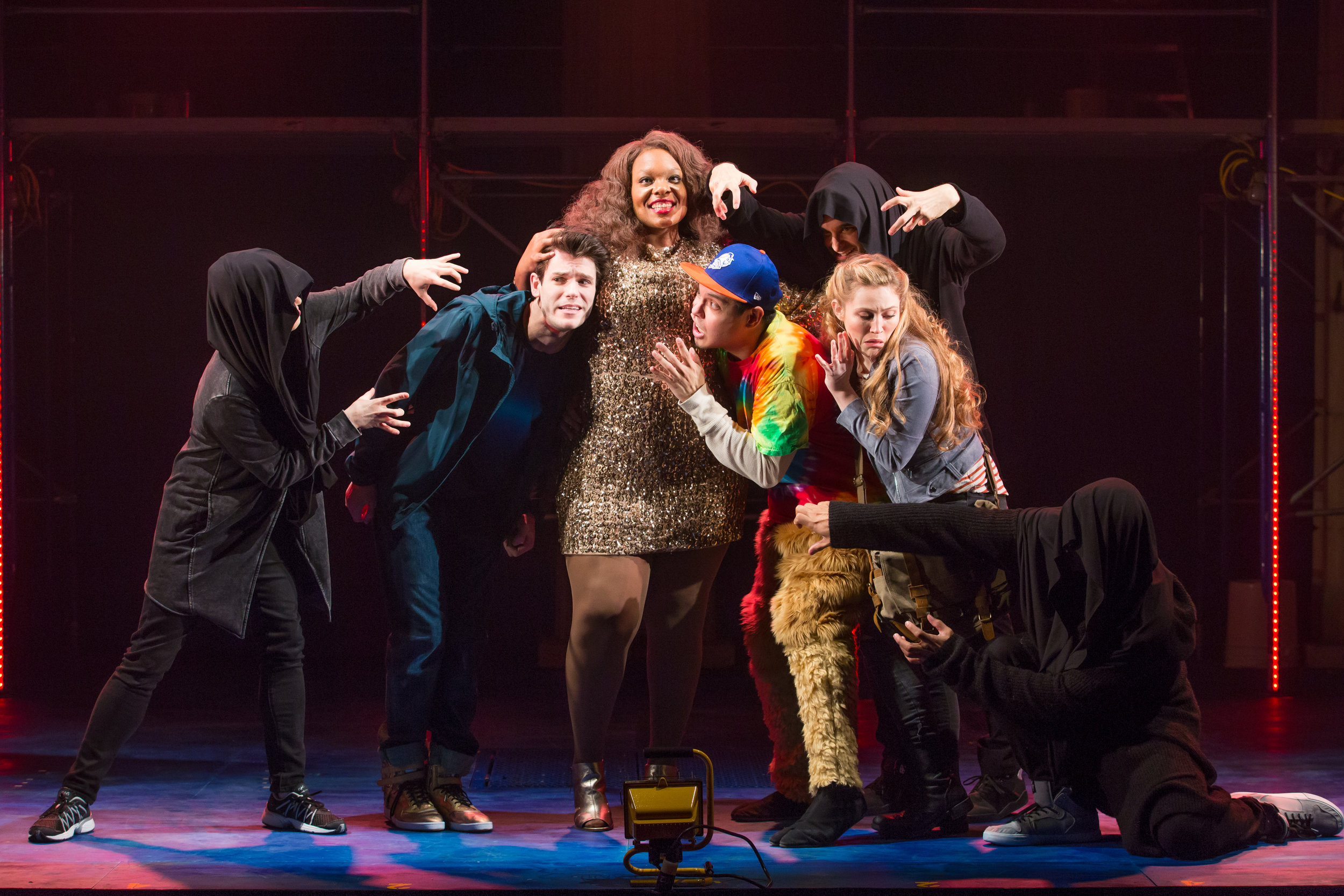

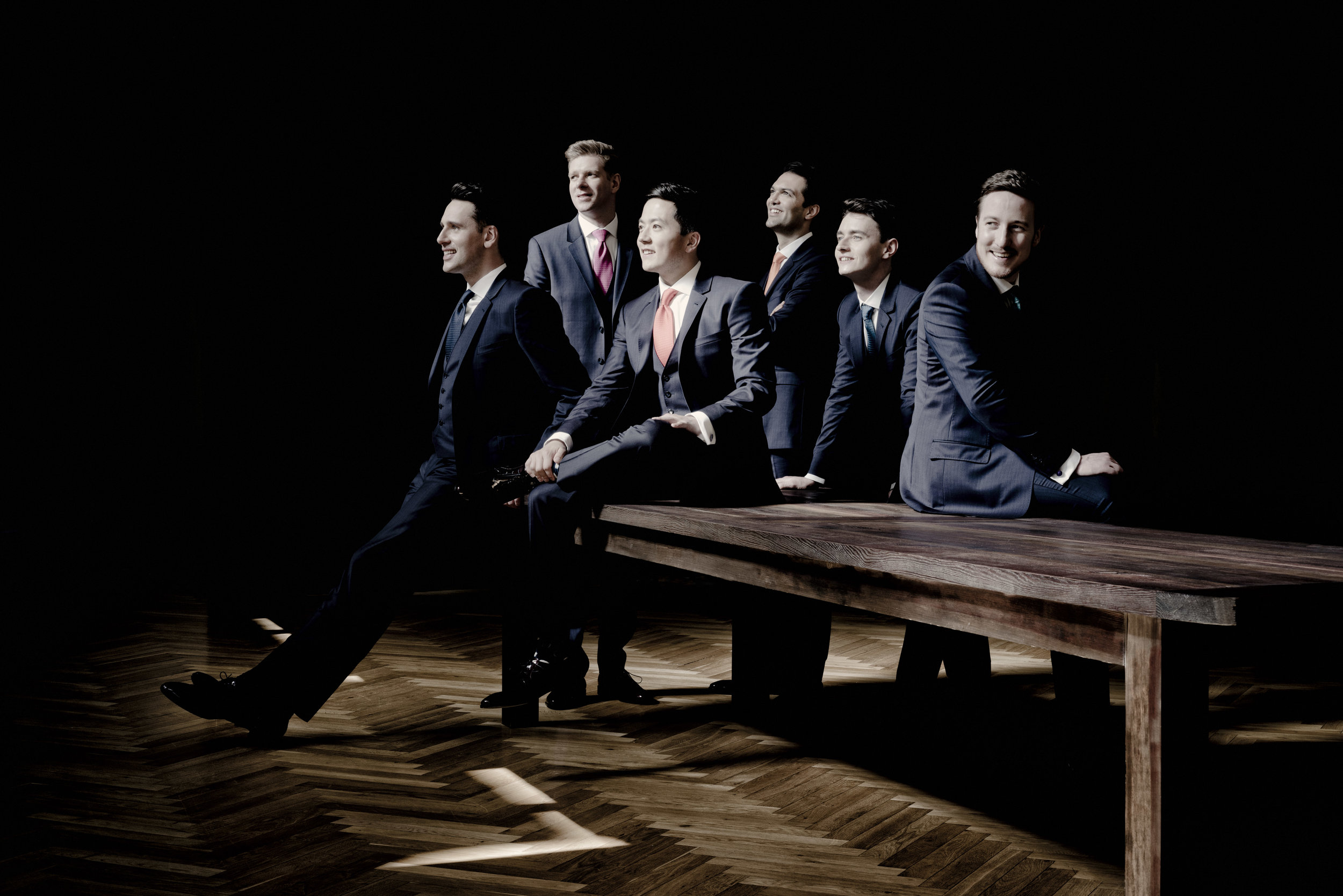


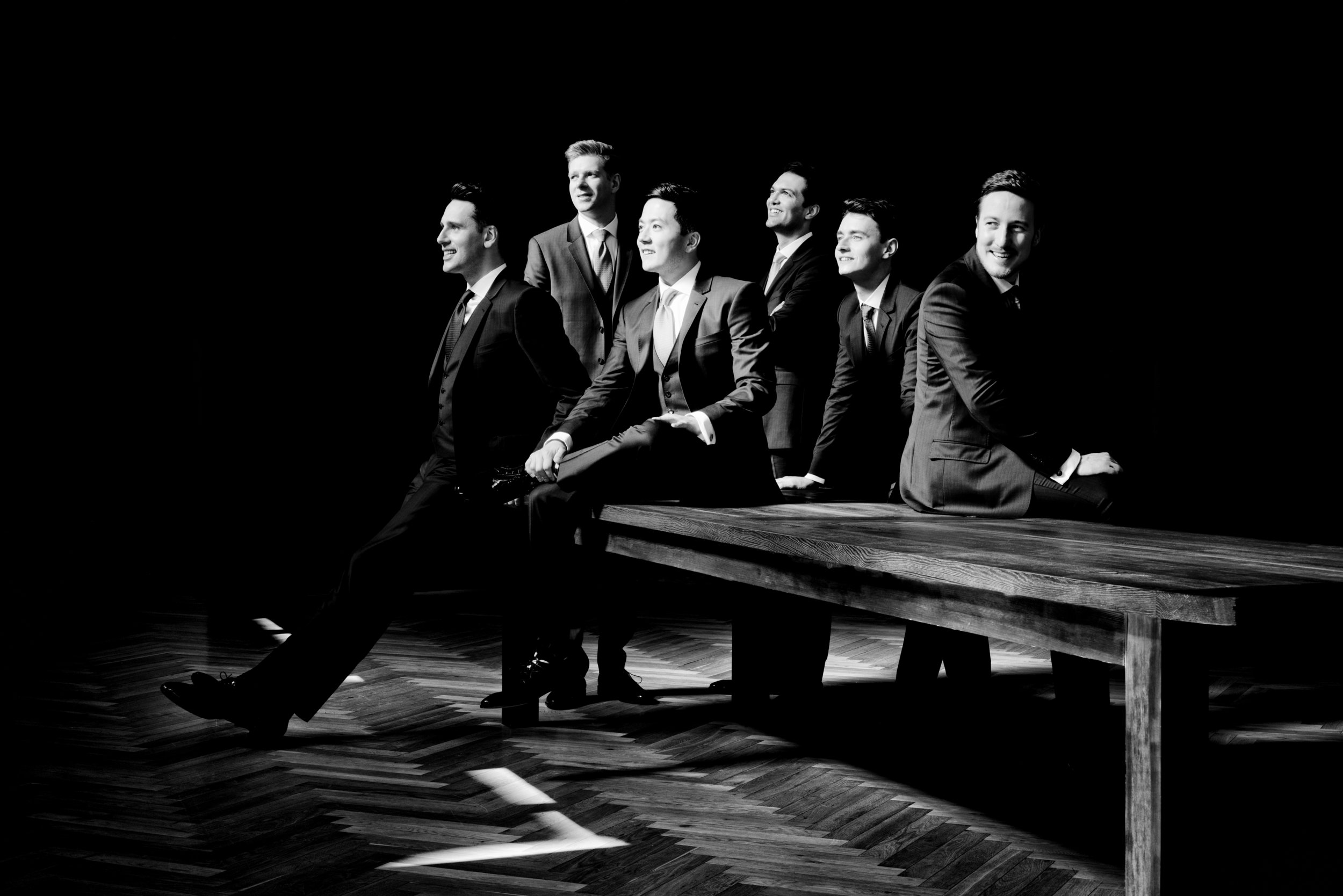



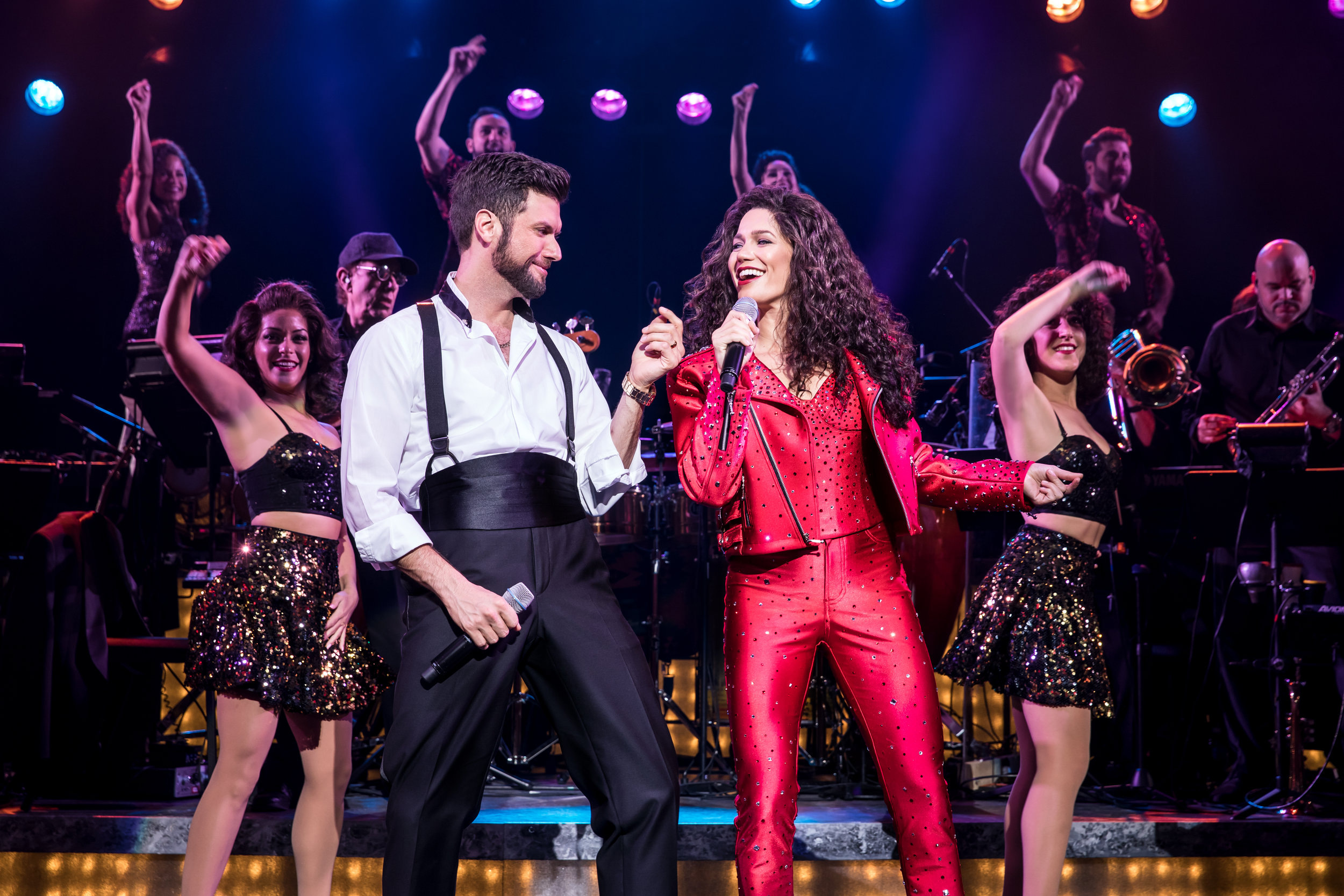

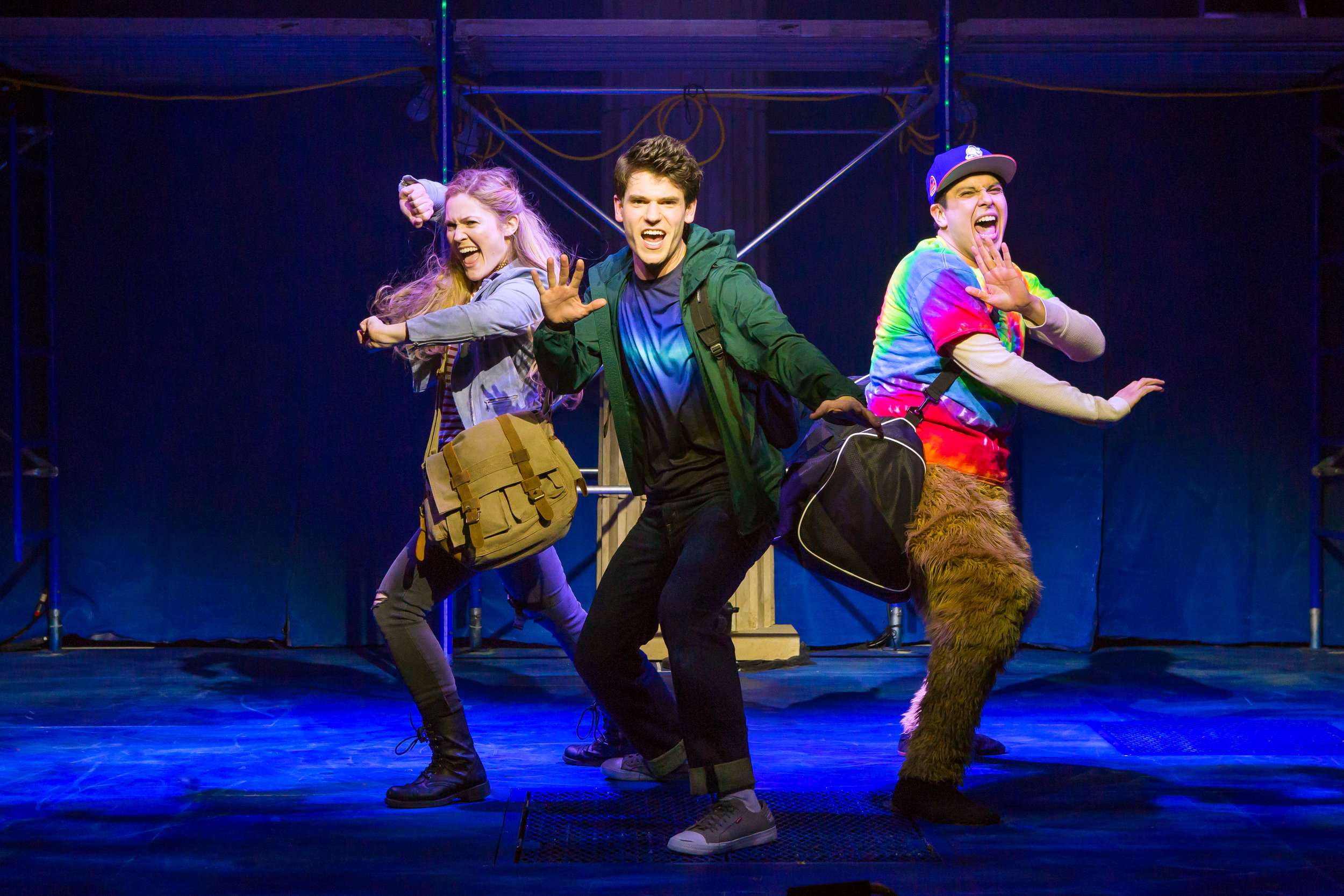

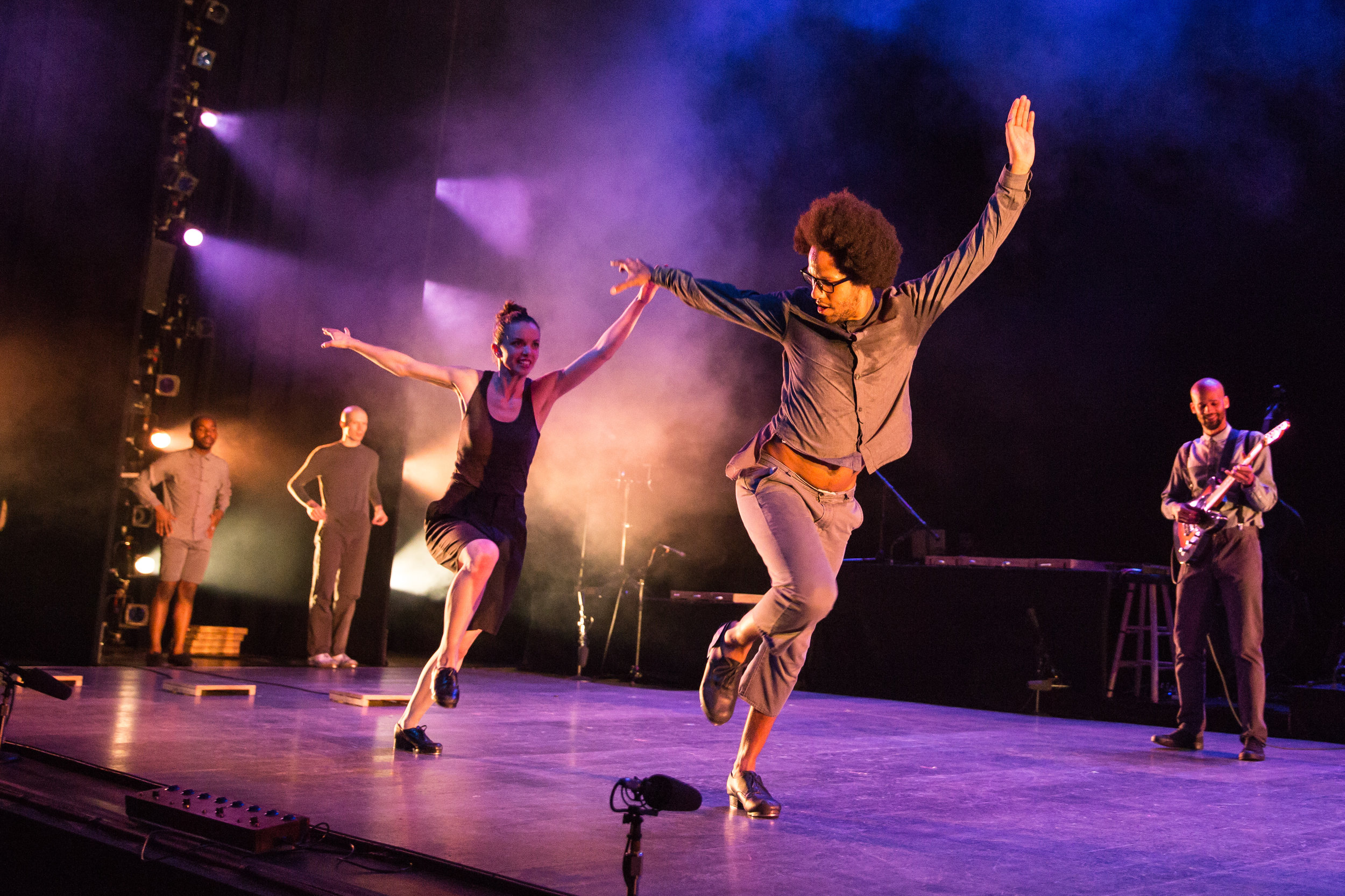
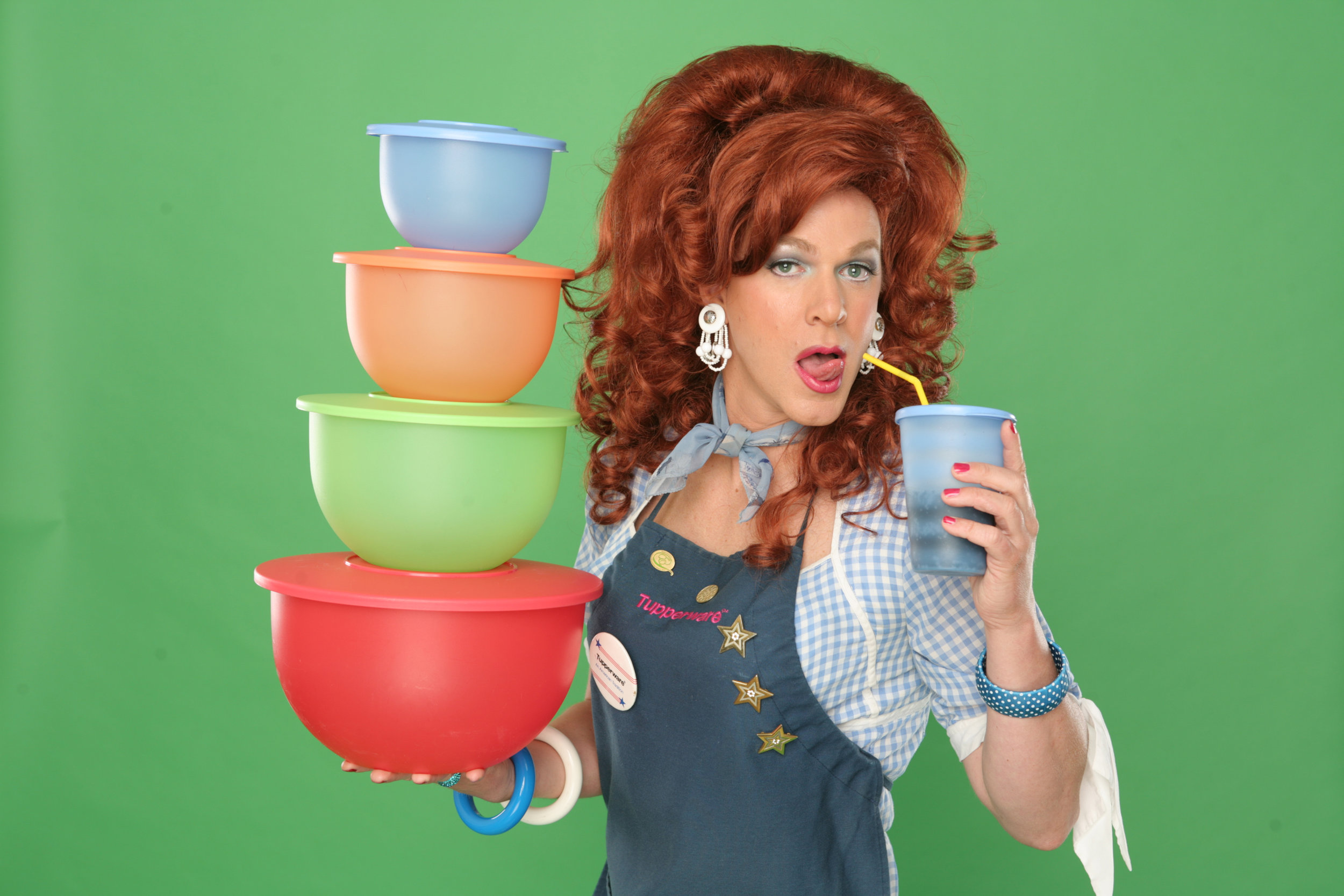


















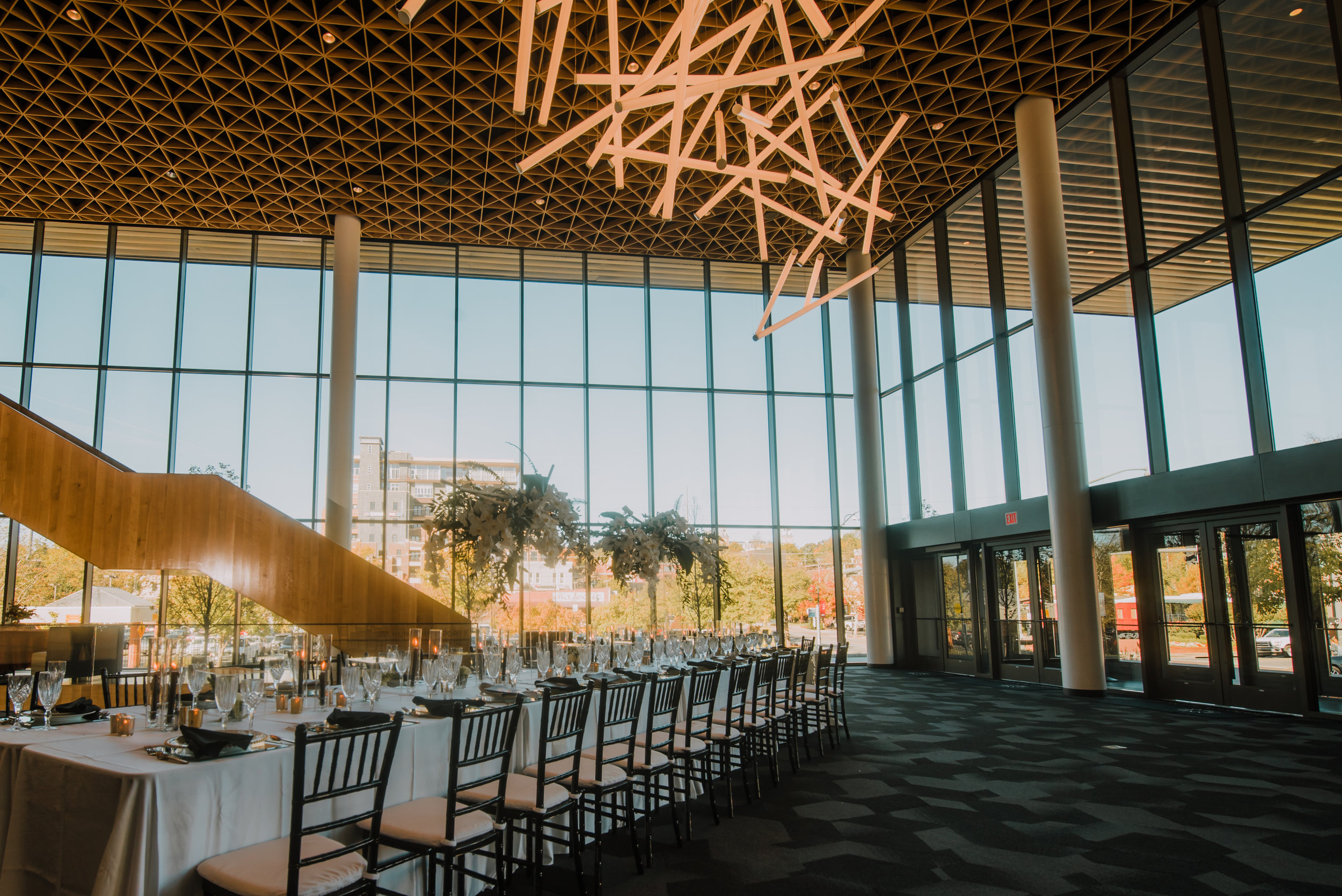

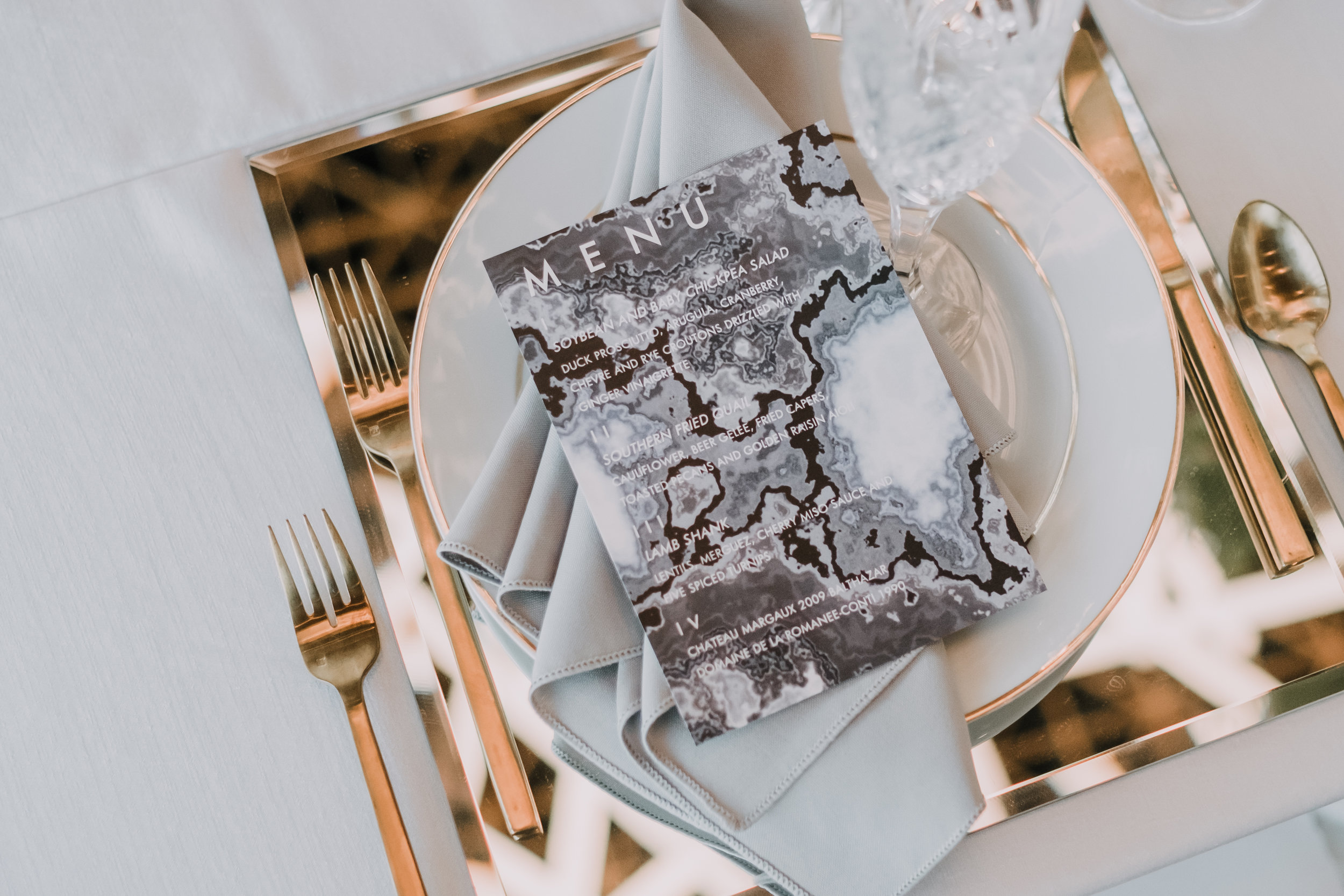




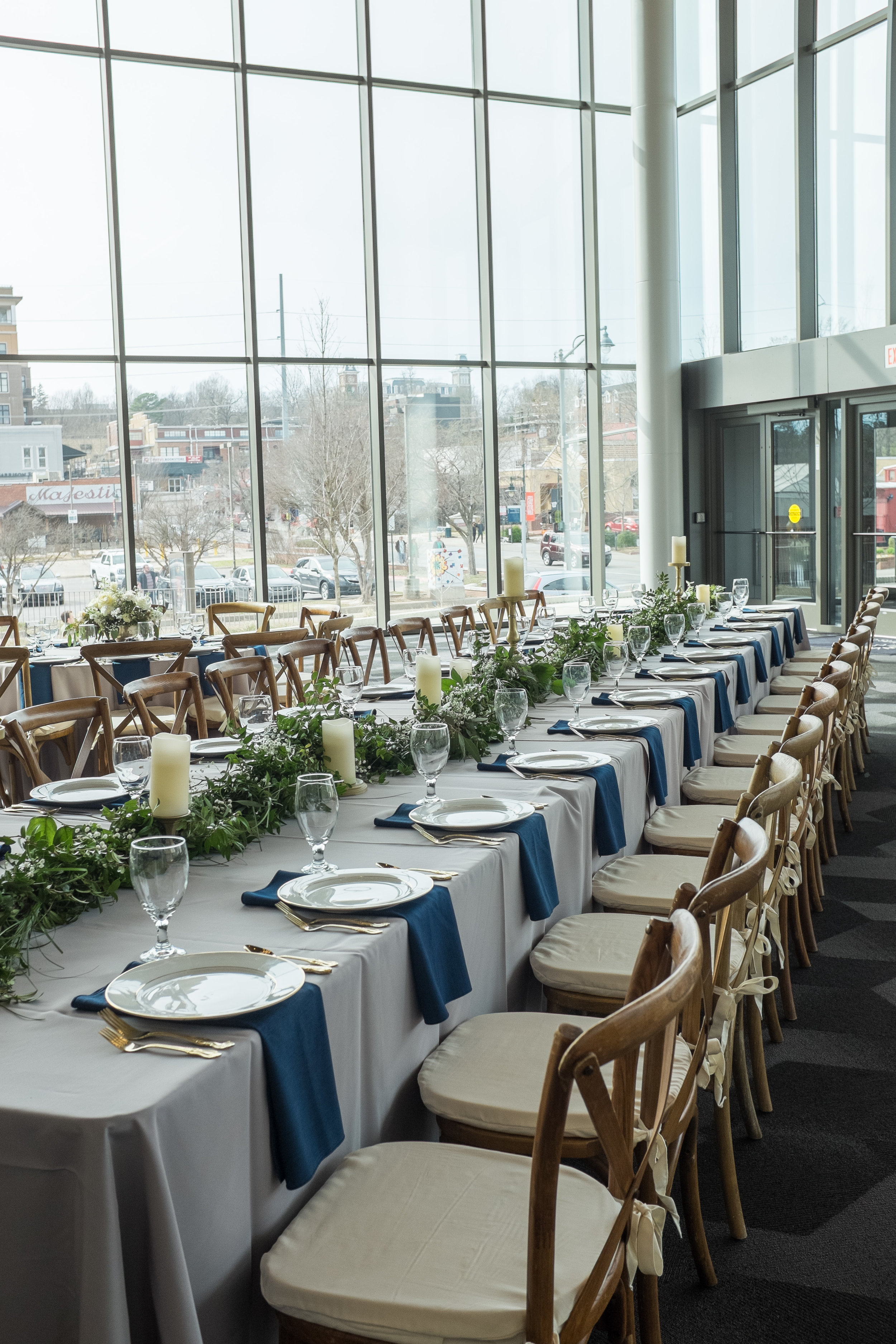
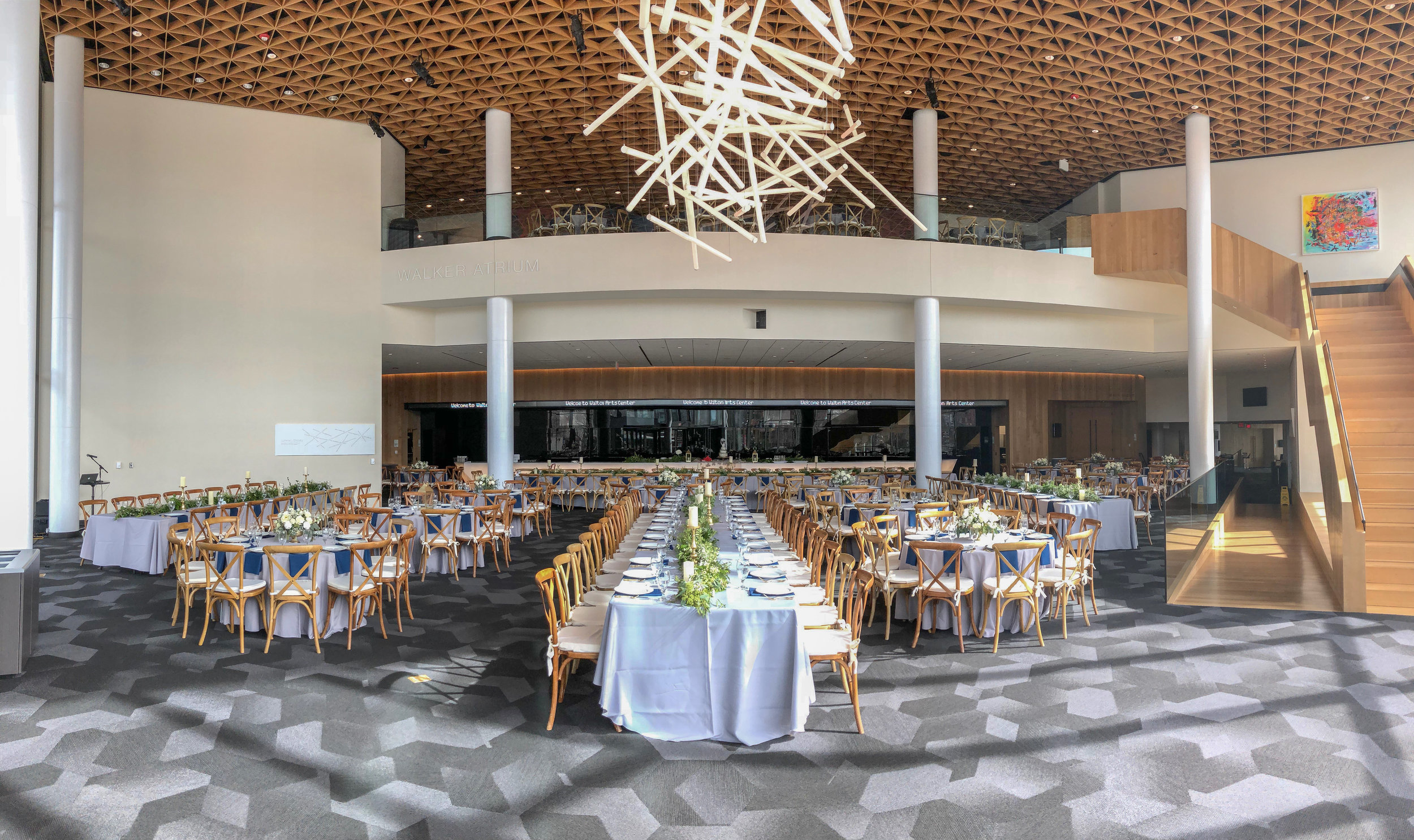


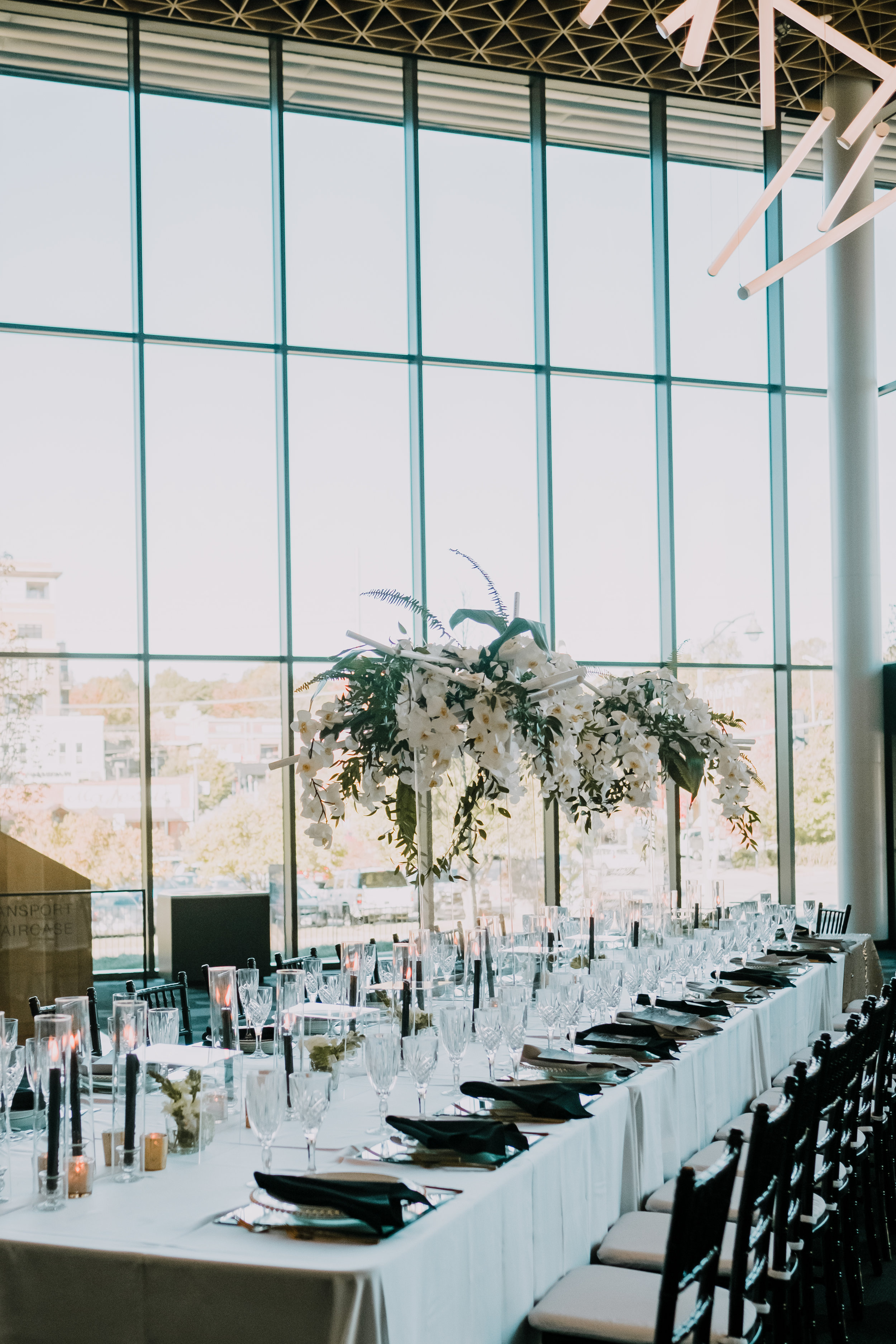

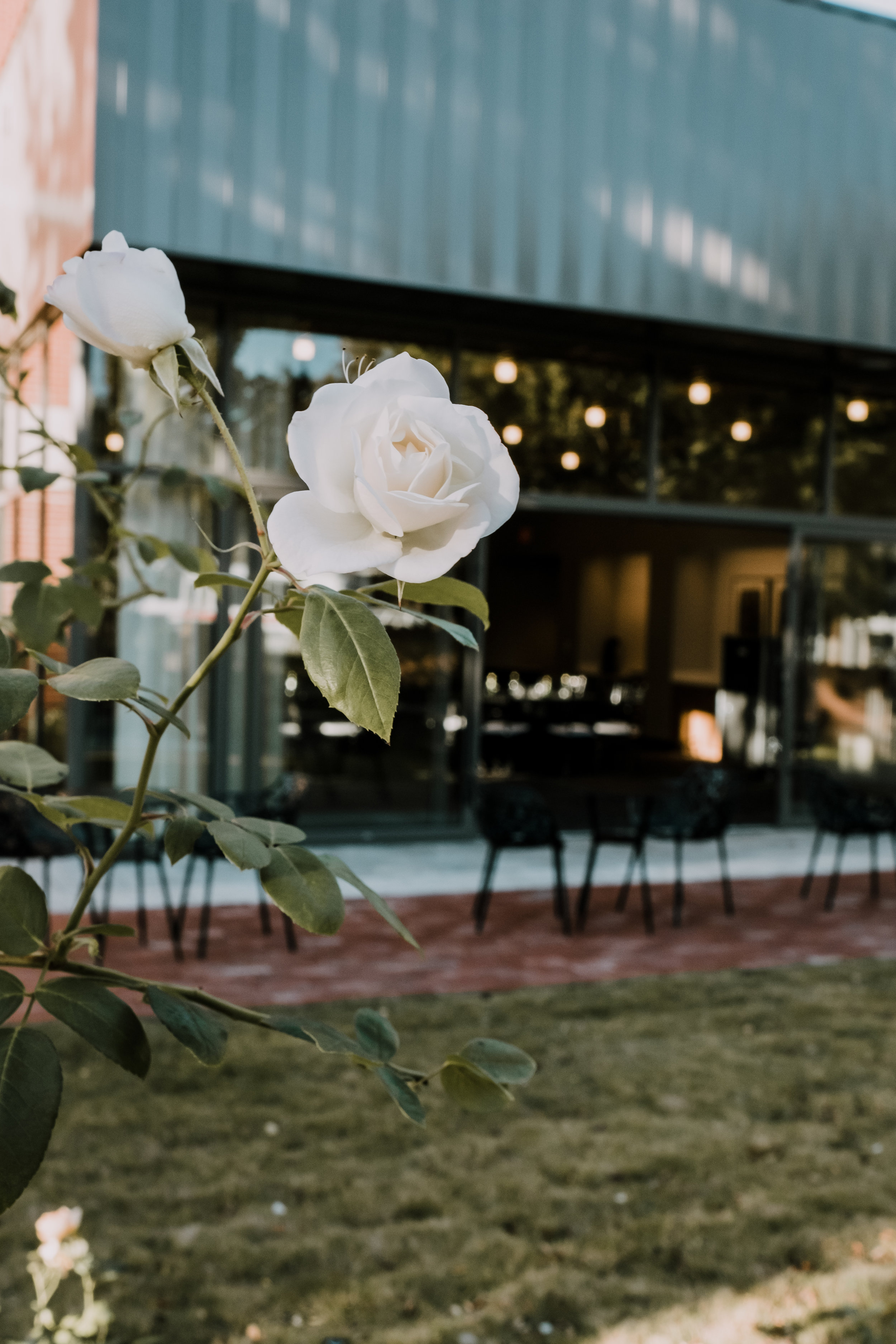



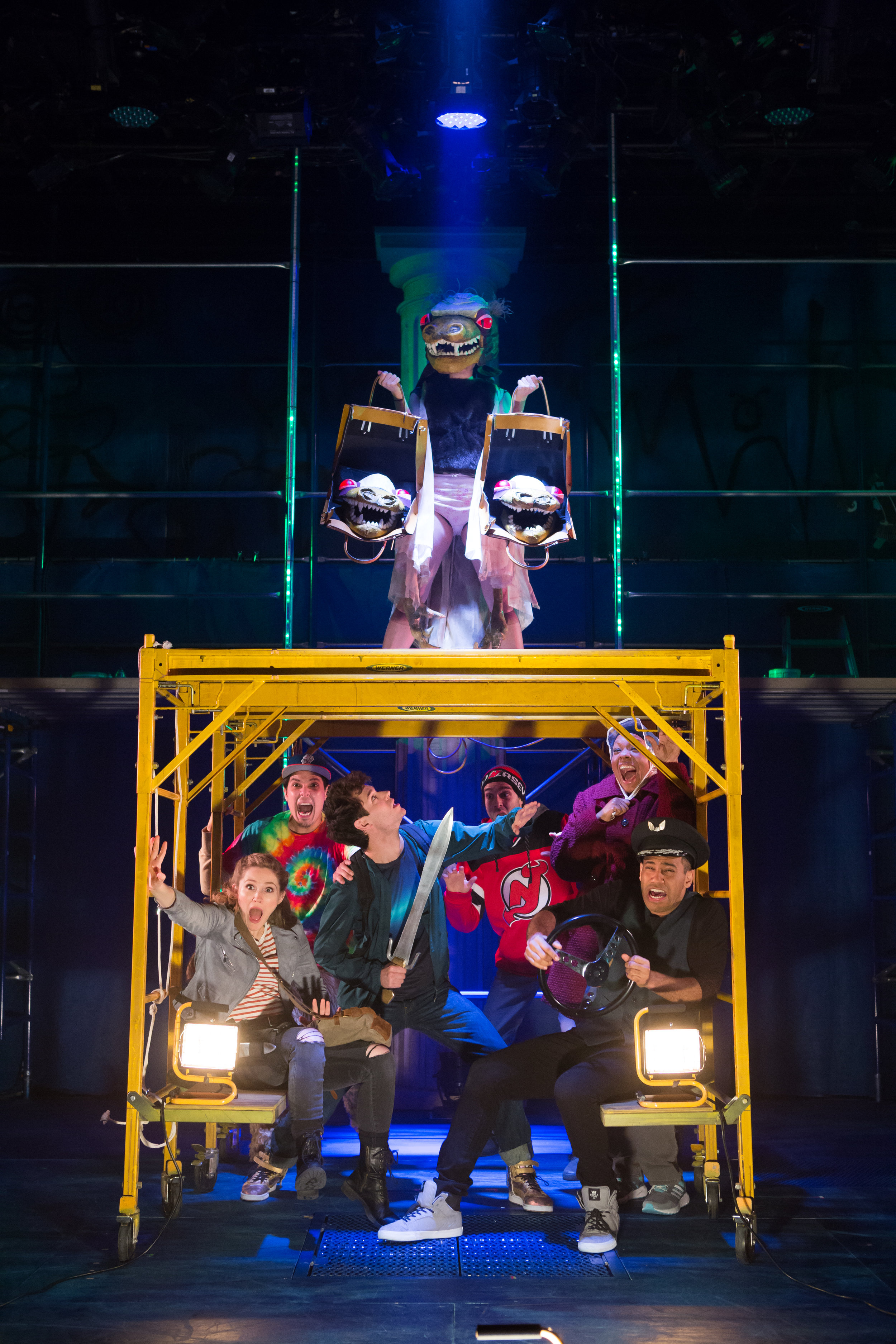





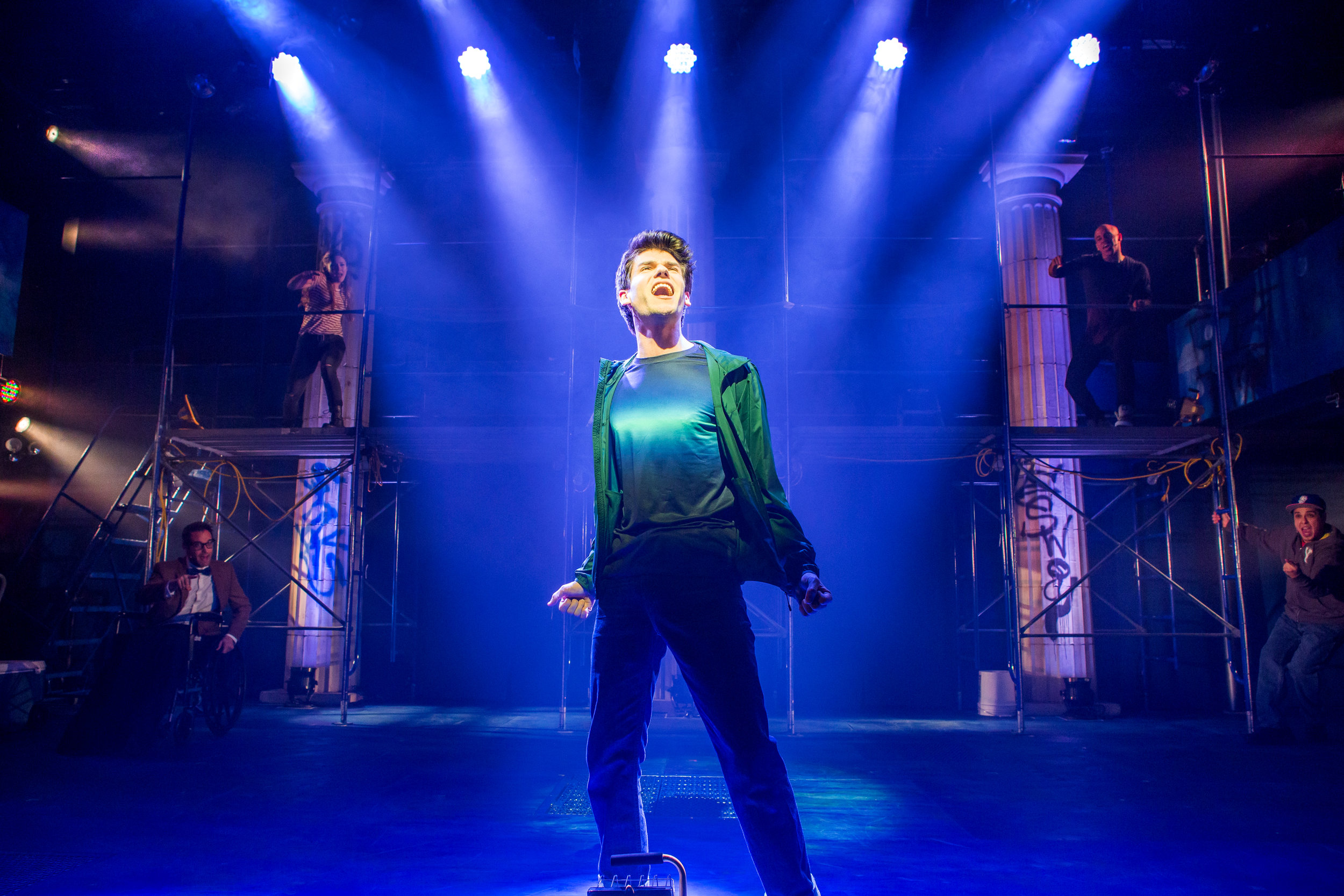
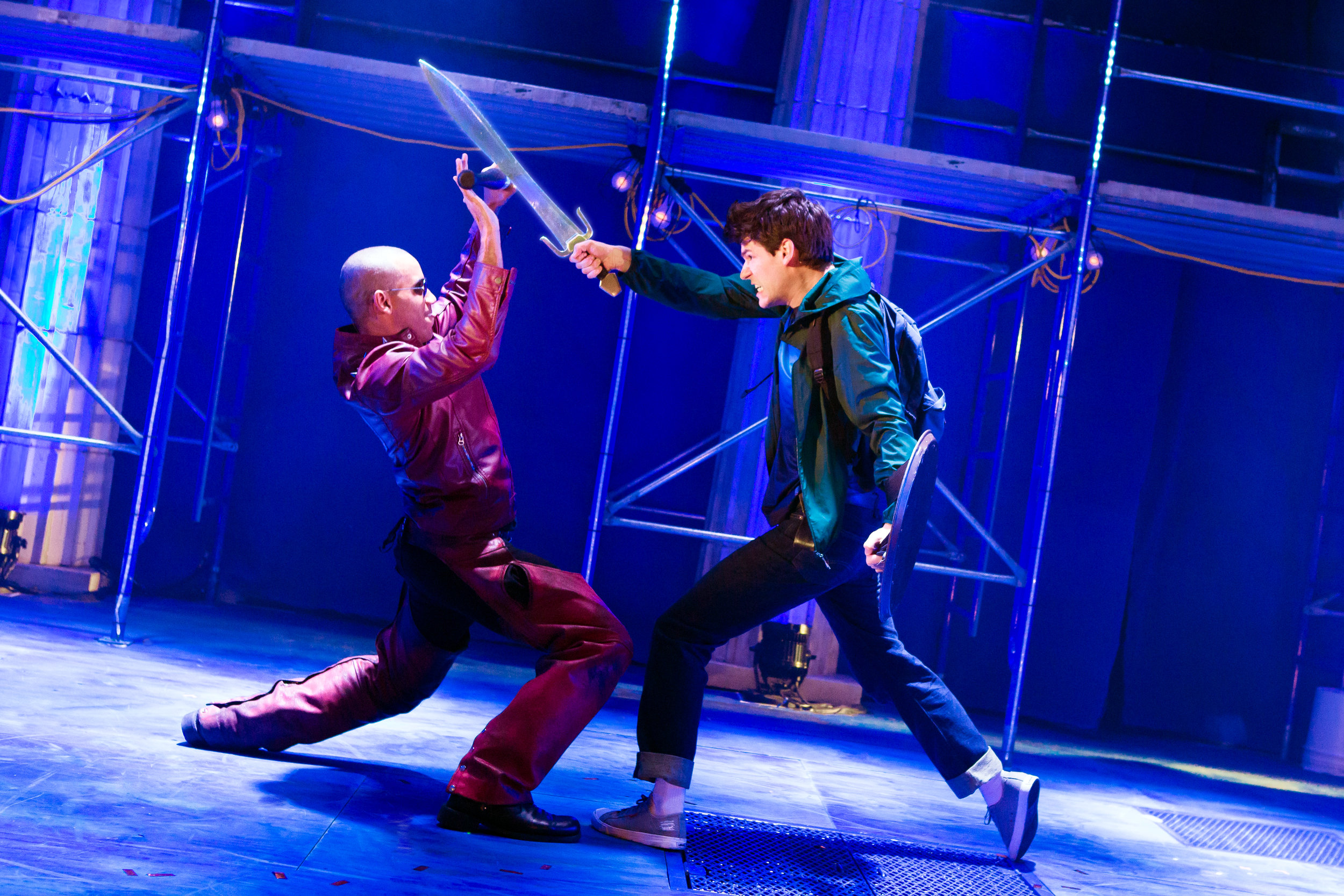


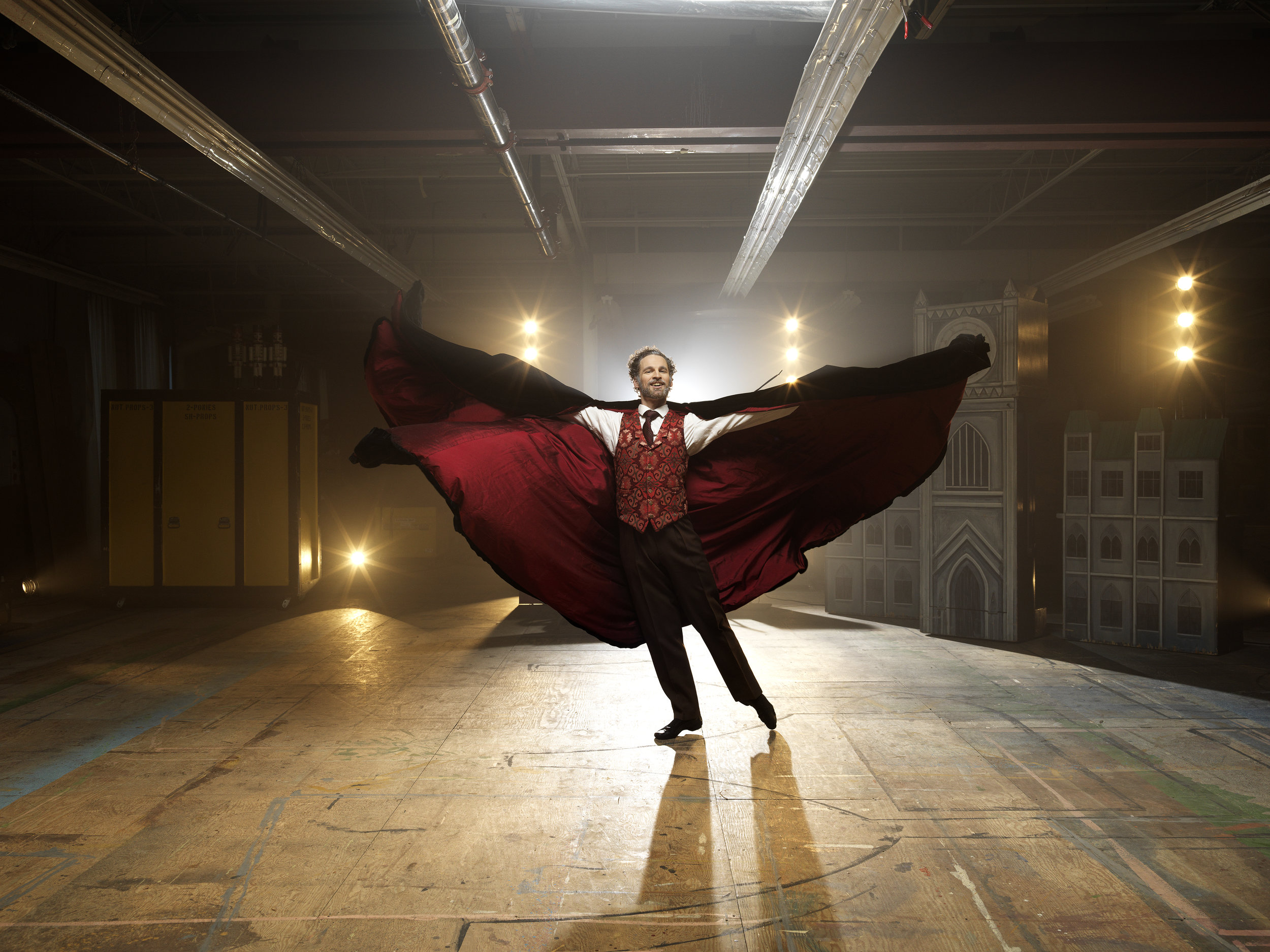
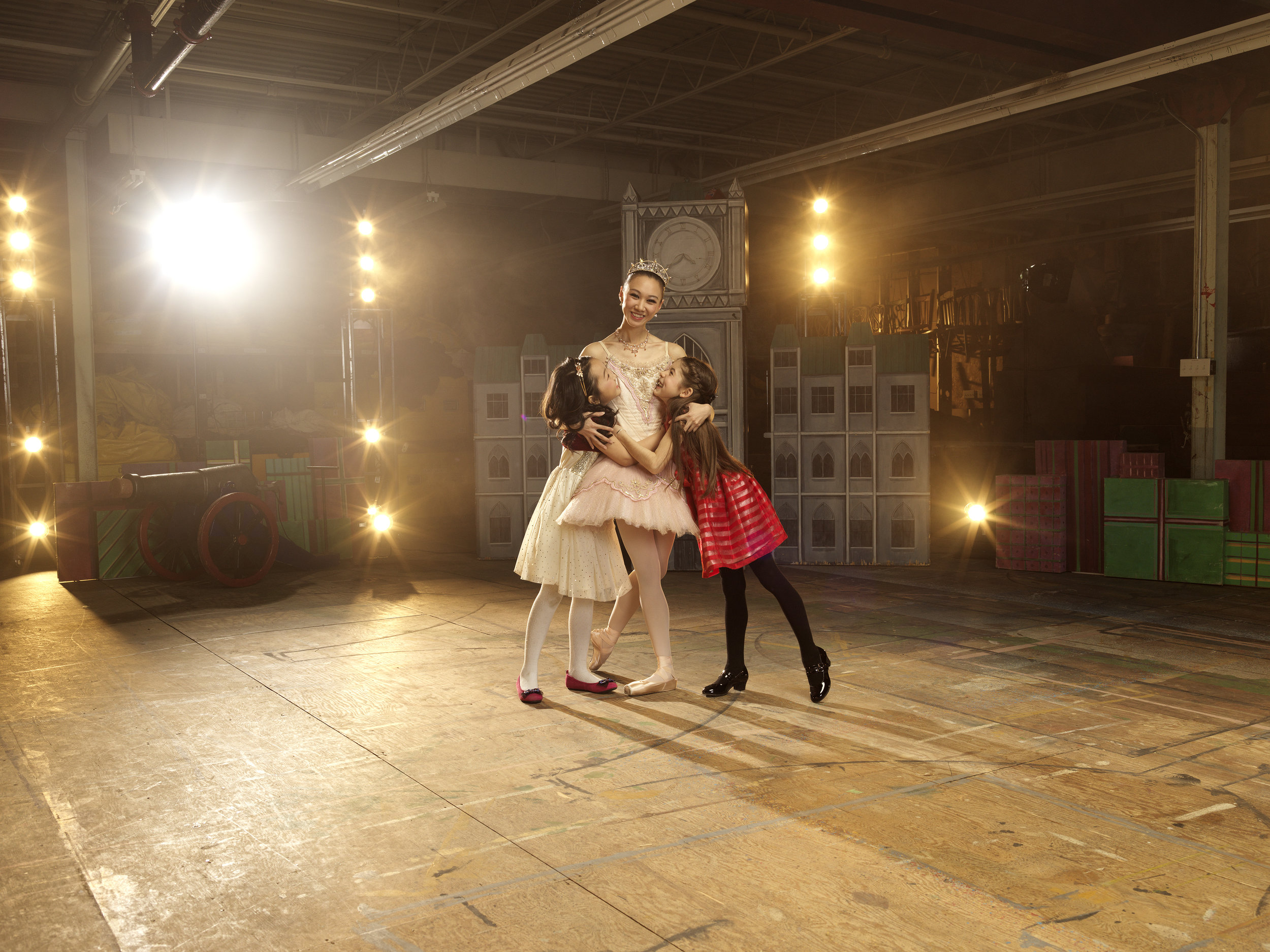

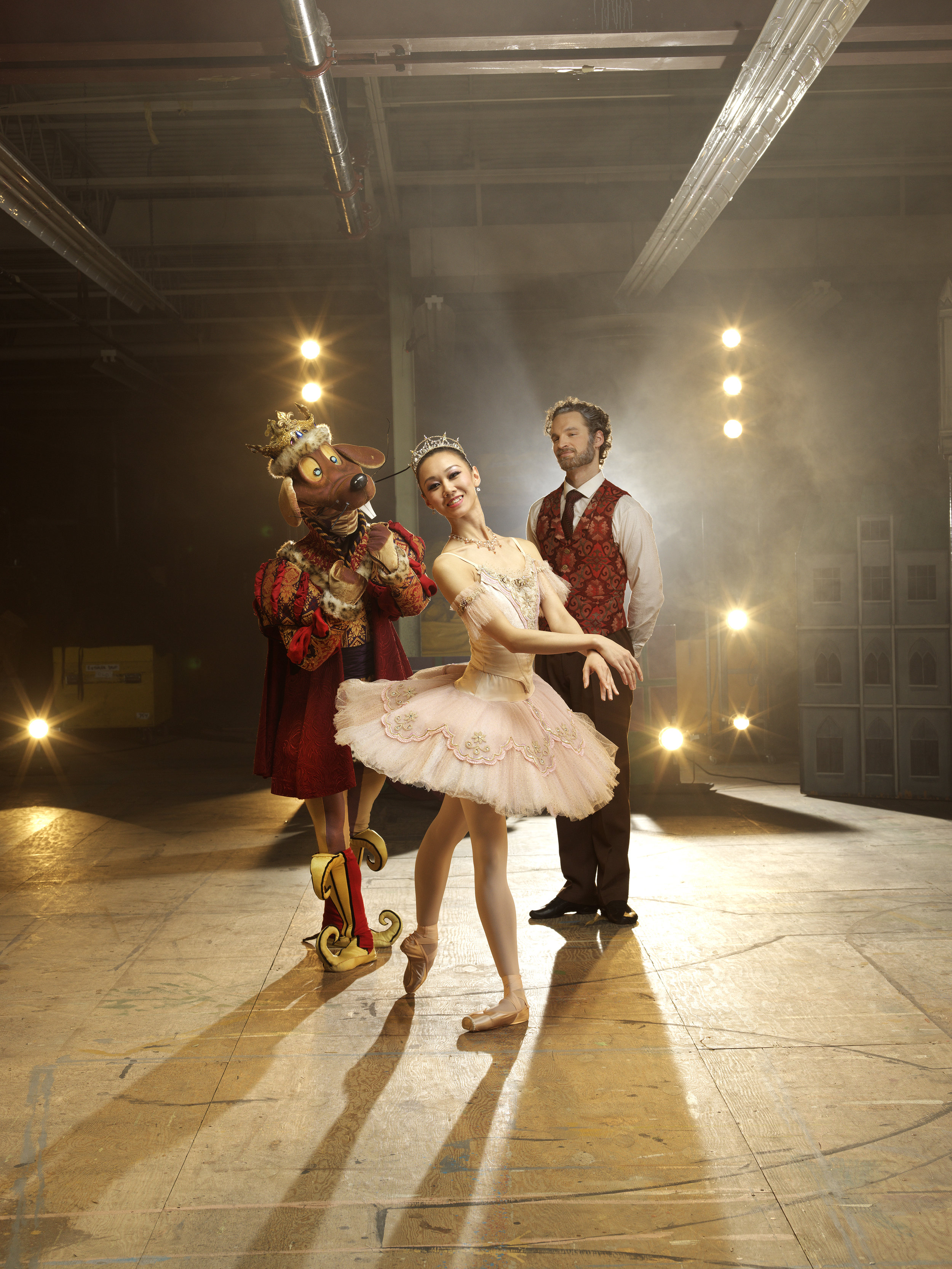

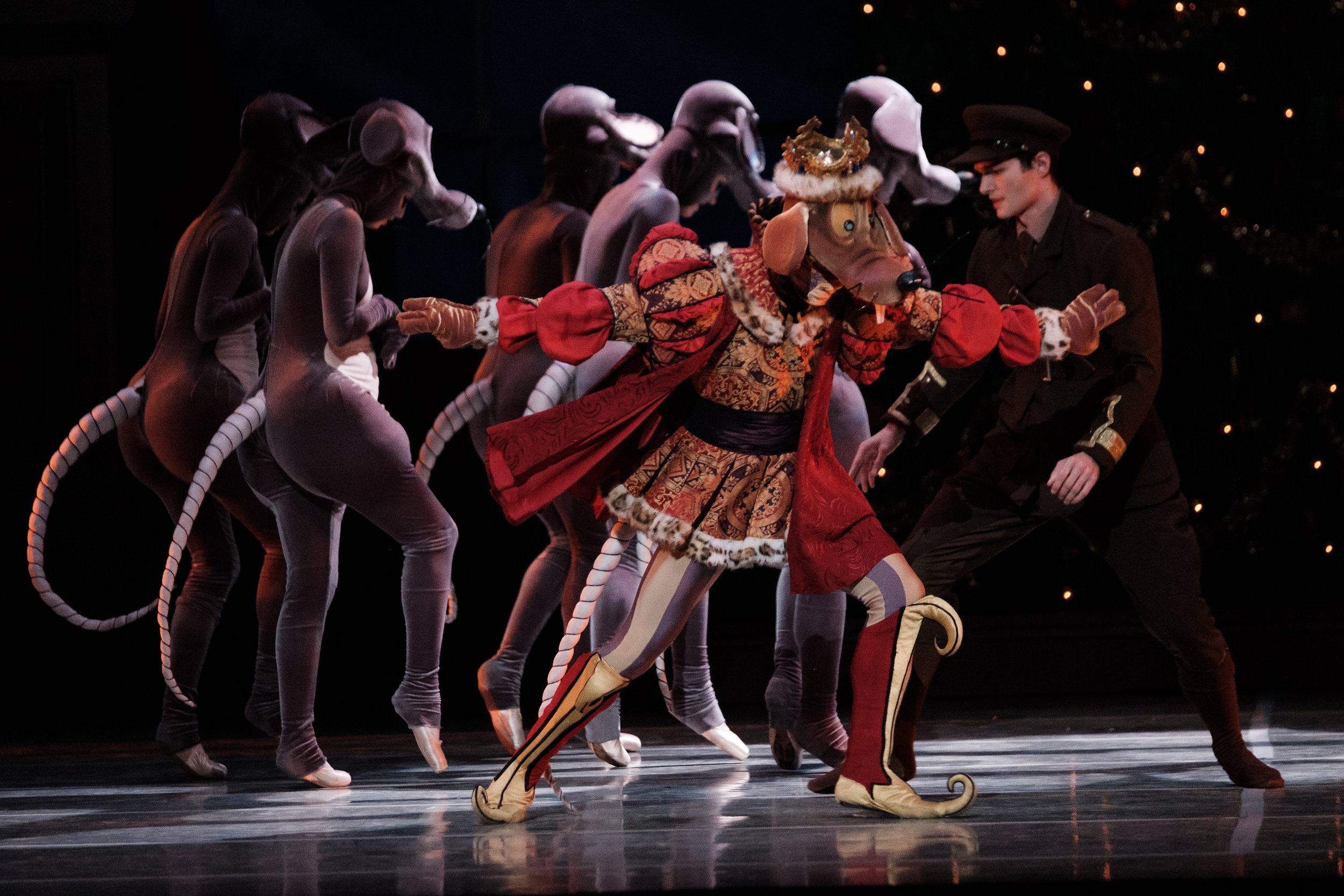
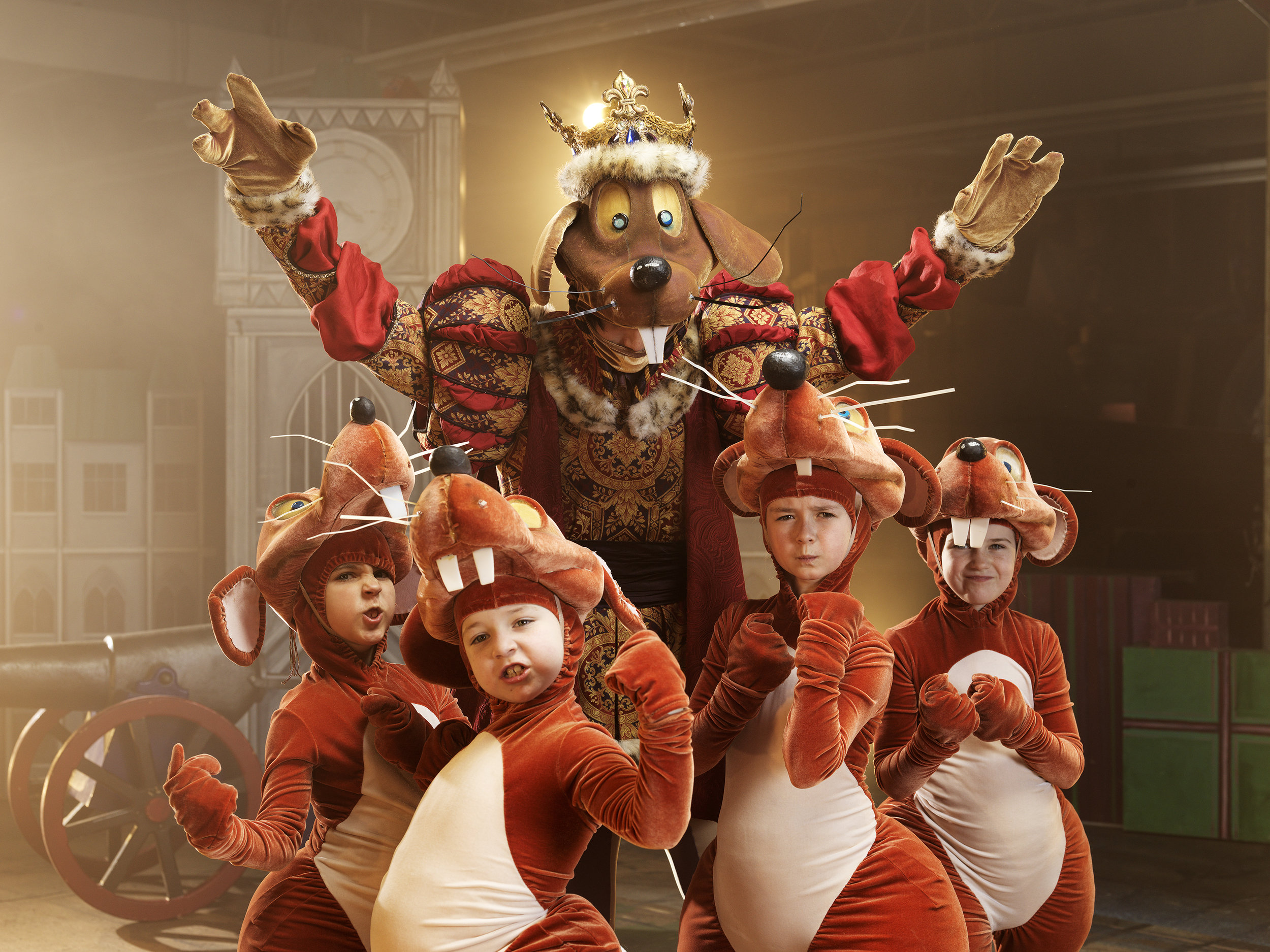



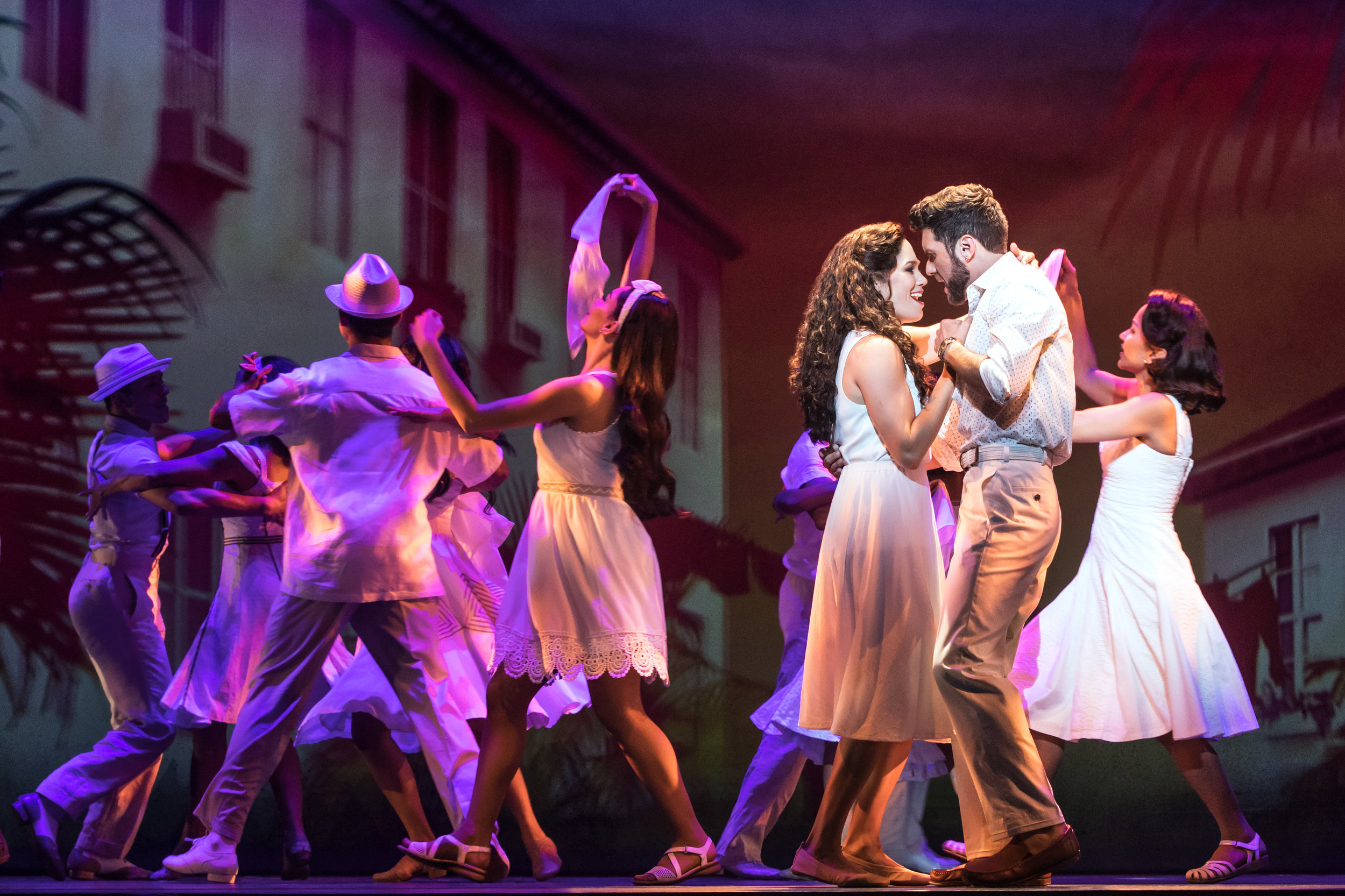
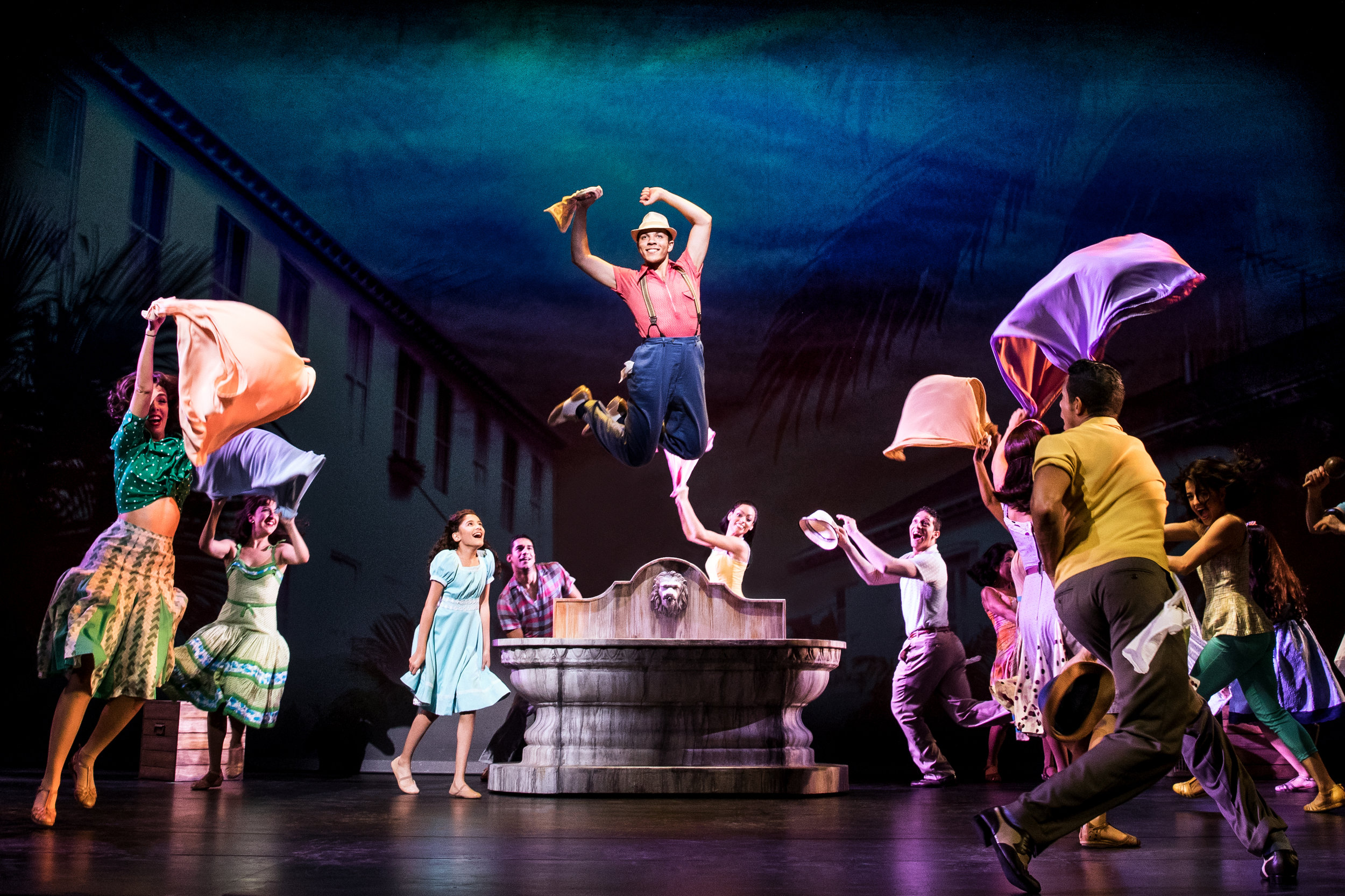
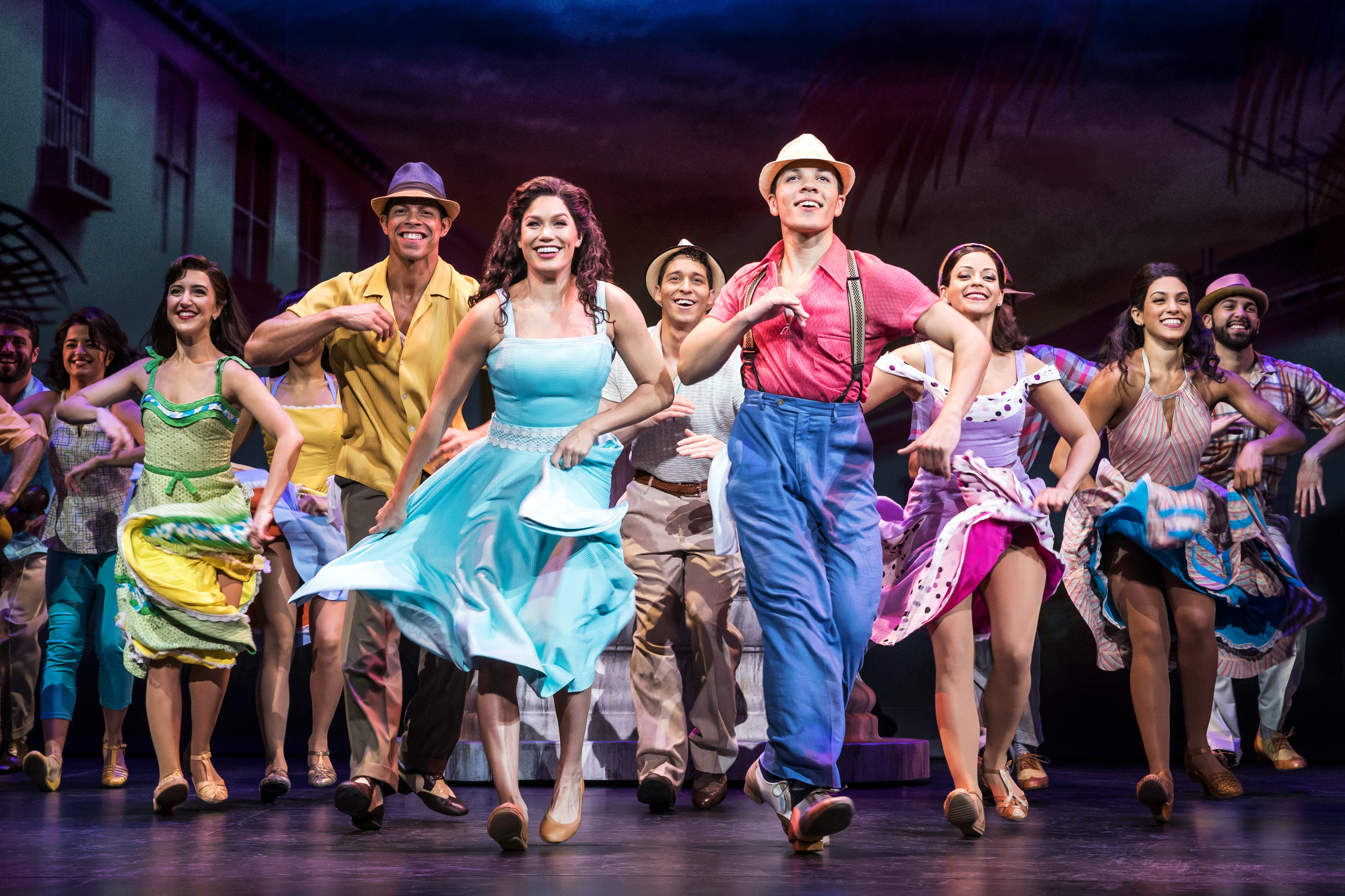








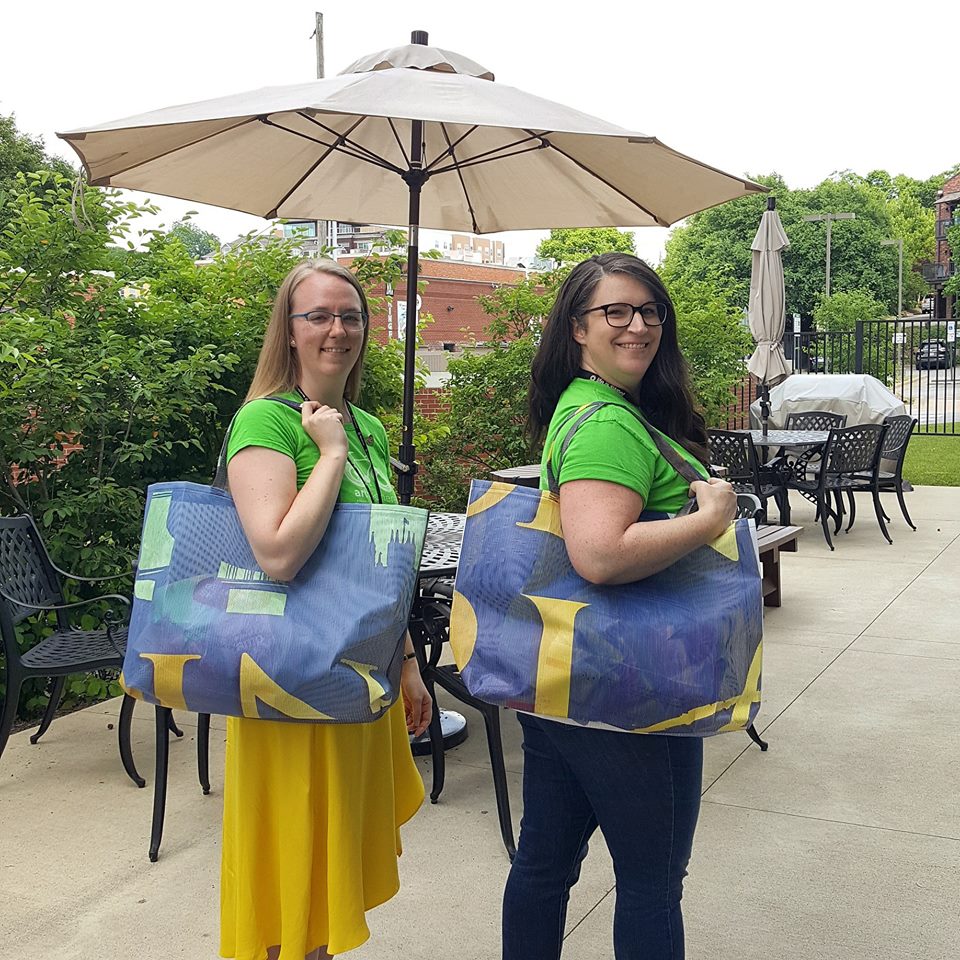

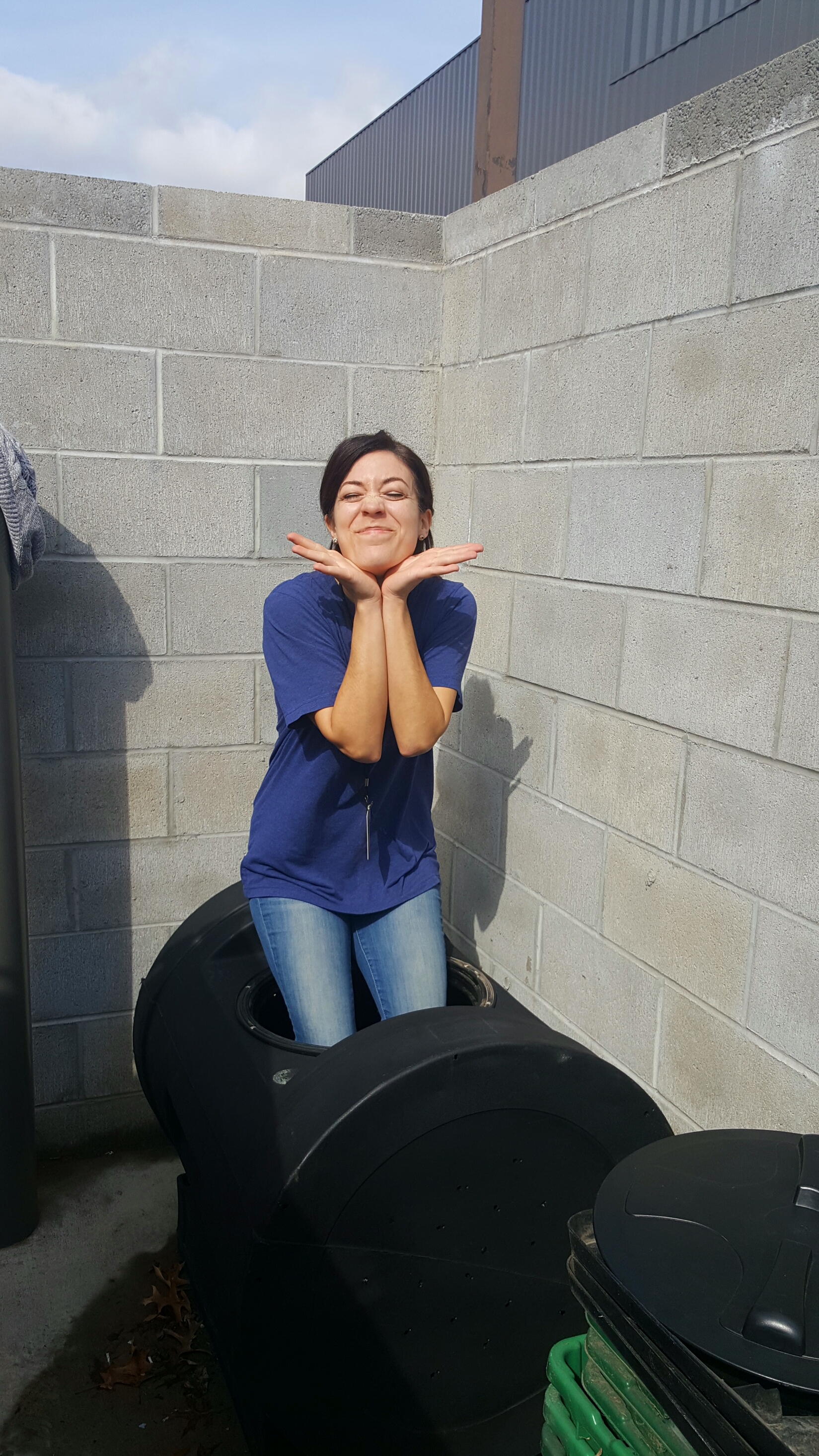





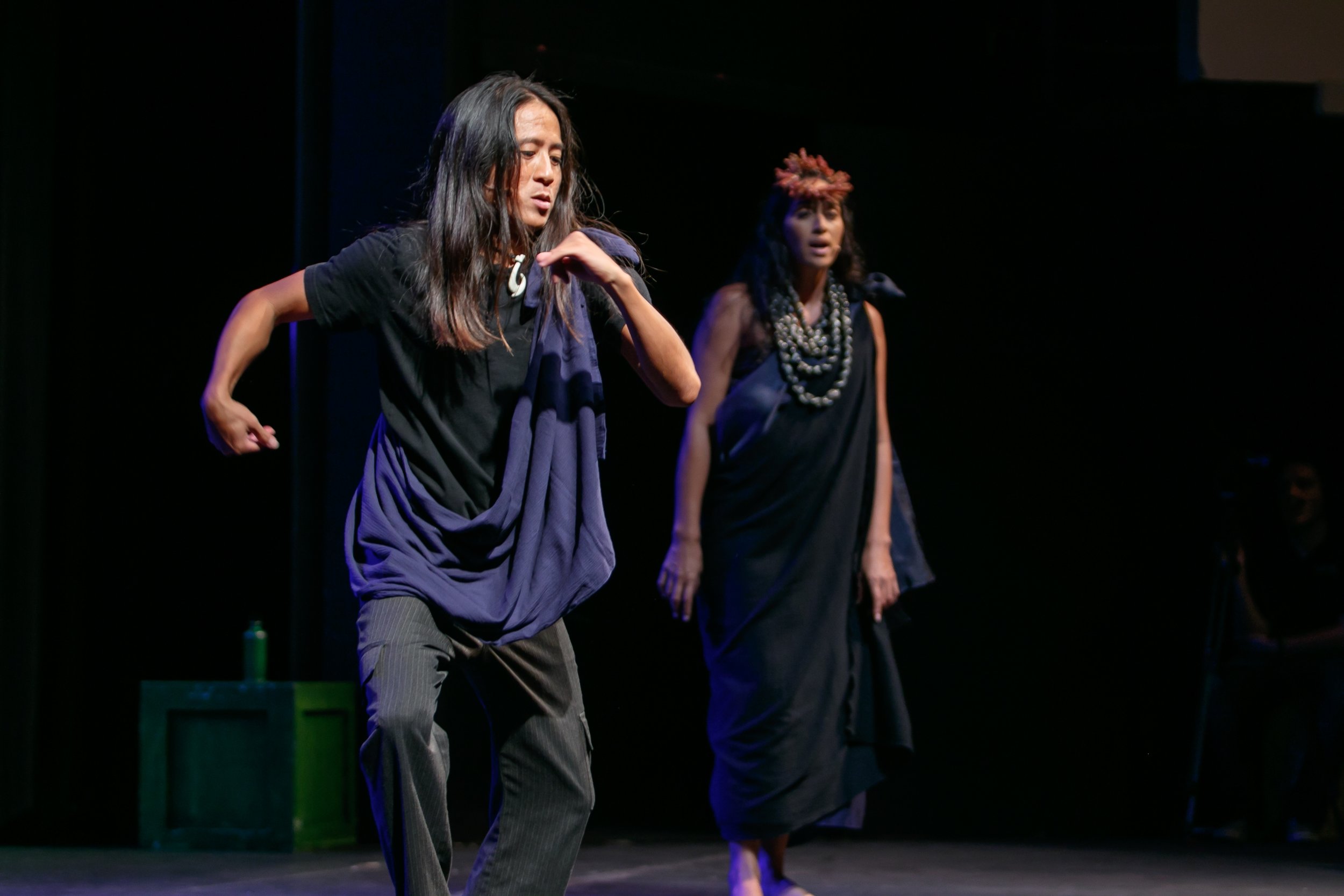
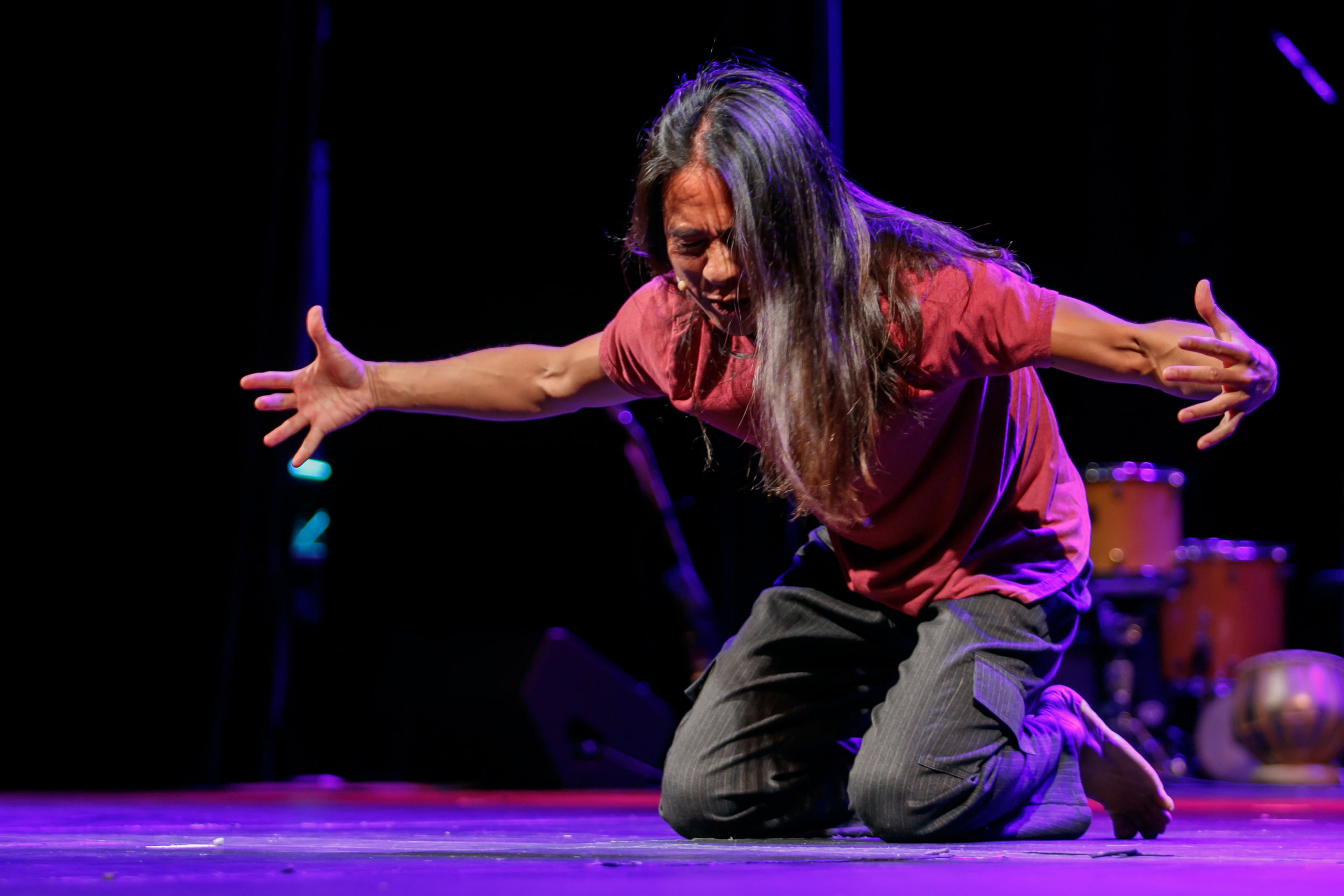

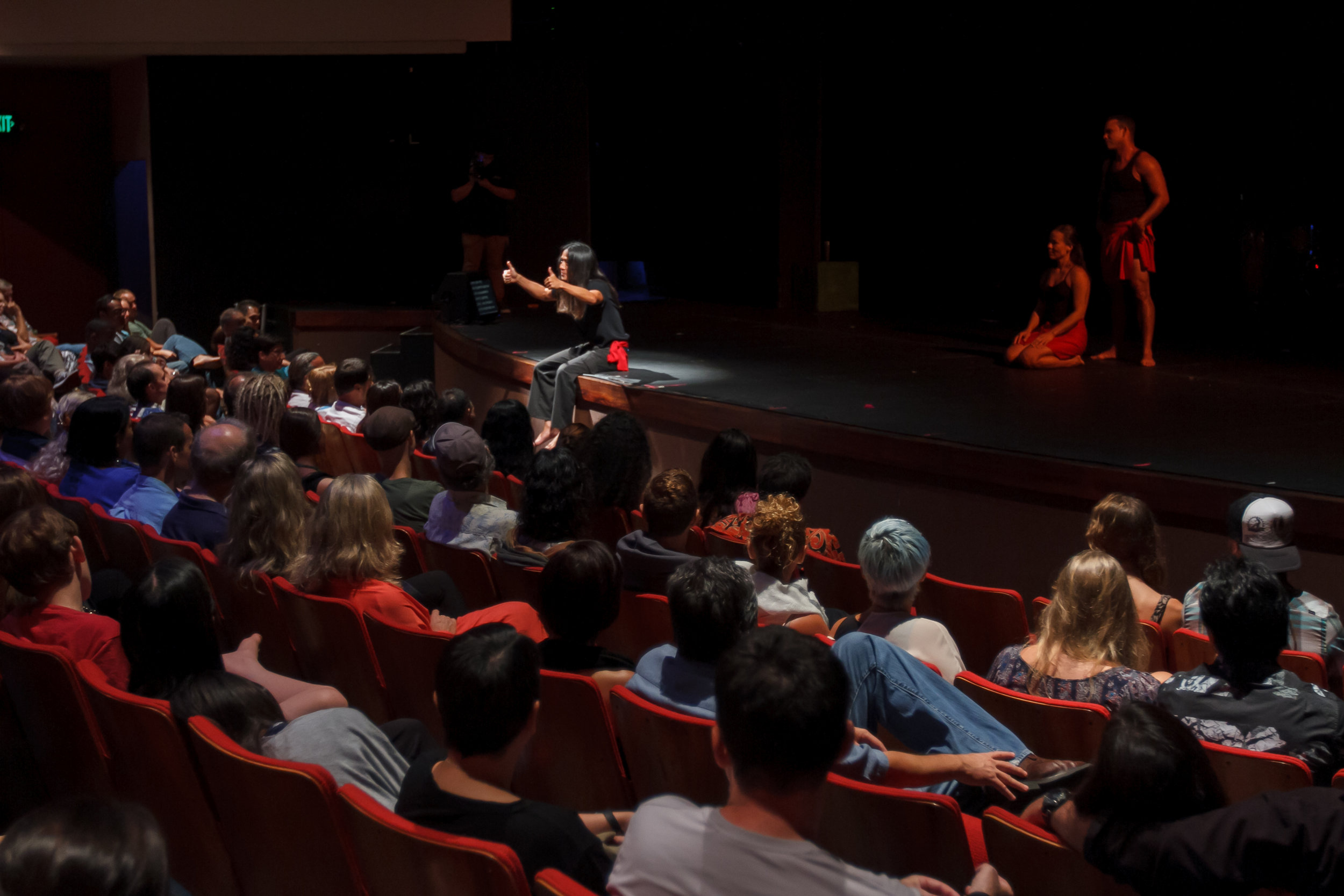
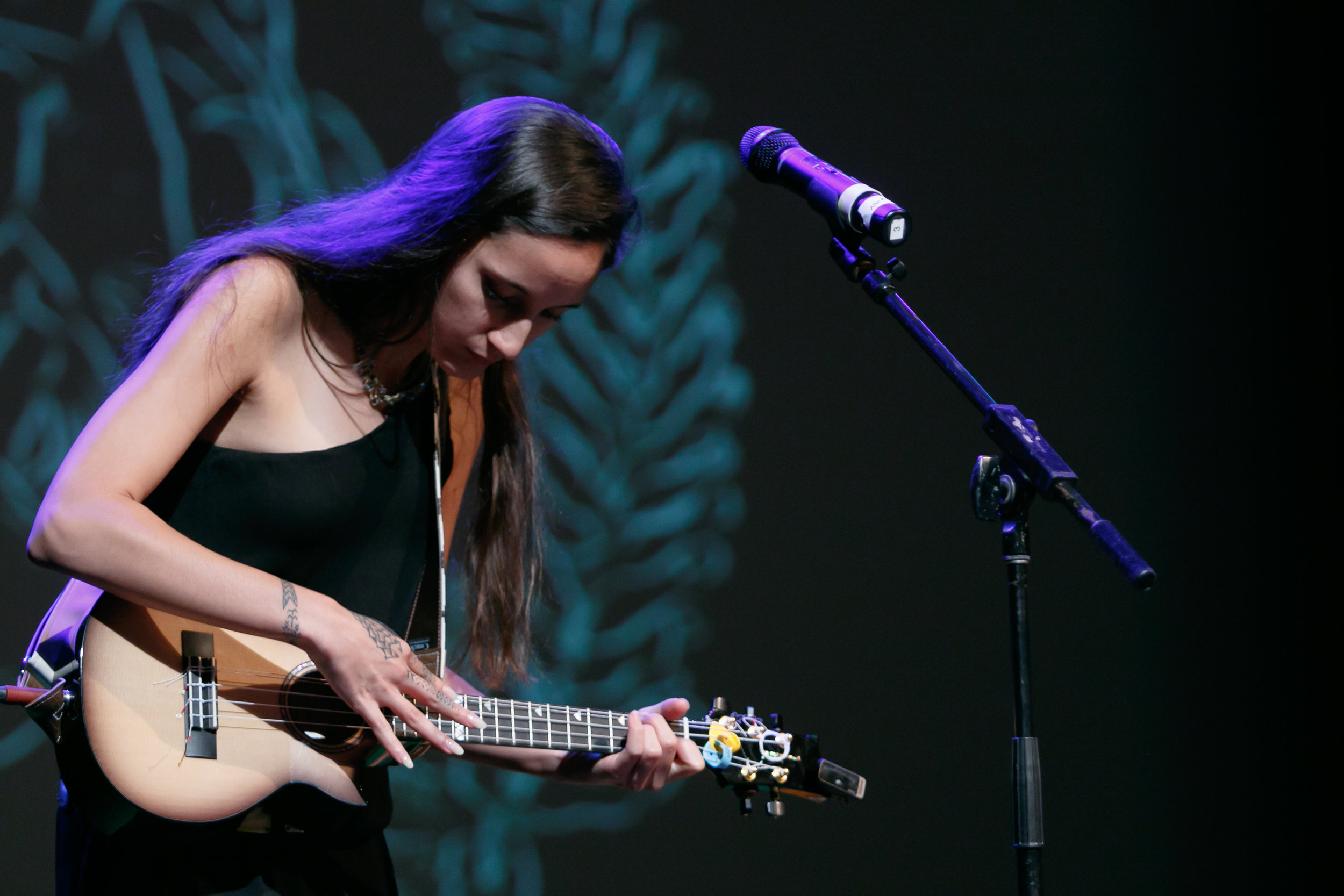
![2018 fest 2[6].jpg](https://images.squarespace-cdn.com/content/v1/56bb7ef359827e0a38fb8dbf/1539872270363-6WZ8XSKF76MLMKGYJW1F/2018+fest+2%5B6%5D.jpg)











